Techniques Therapists Use for Releasing Muscle Tension
August 17, 2025
12 min

Understanding Muscle Tension and Therapeutic Relief
Muscle tension is a common condition that can cause pain, restrict movement, and diminish quality of life. Whether stemming from injury, stress, or chronic conditions, it often requires targeted therapeutic intervention. Therapists employ a variety of specialized manual and relaxation techniques to release muscle tension effectively. This article provides a comprehensive overview of the diverse methods used by therapists to alleviate muscle tightness, explaining how these therapies work, what conditions they treat, and what patients can expect during treatment.
Common Techniques Used to Release Muscle Tension
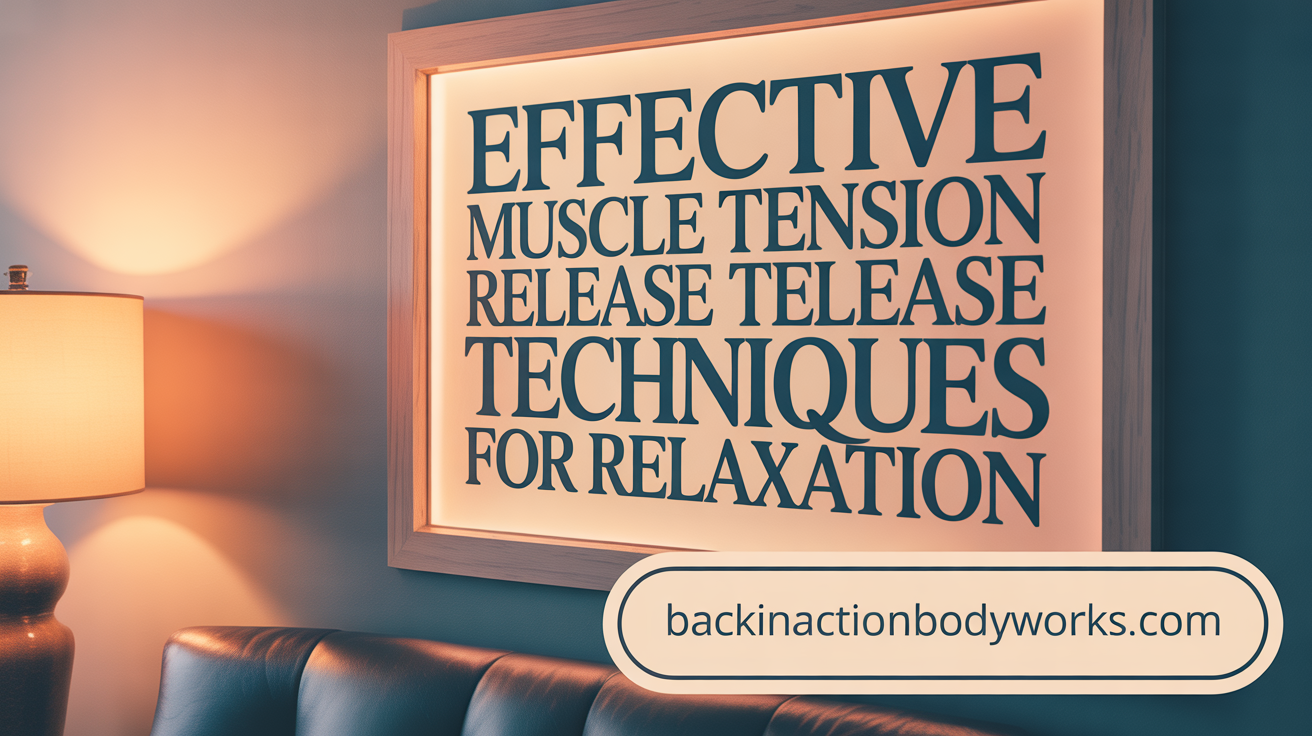
Overview of muscle tension release techniques
Releasing muscle tension is essential for reducing pain, improving flexibility, and enhancing overall well-being. Several methods are widely used, each targeting different aspects of muscle tightness and stress. These techniques are often combined for better results and tailored to individual needs.
Massage therapy benefits
Massage therapy is one of the most popular approaches to easing muscle tension. Techniques like effleurage, petrissage, and tapotement help relax muscles, improve circulation, and decrease pain. Even a brief 20-minute massage can significantly reduce the perception of muscle stiffness and enhance mobility.
Heat application benefits
Applying gentle heat—through warm compresses, heated baths, or heating pads—can quickly soothe sore muscles. Heat therapy increases blood flow, relaxes tissues, and reduces acute or short-term musculoskeletal pain, making it a valuable adjunct to other physical therapies.
Stretching and yoga
Stretching exercises, especially static stretches where a position is held in place, are effective in decreasing muscle stiffness over several weeks. Yoga combines bending, stretching, and strengthening movements, which can lessen back and neck pain, reduce stress, and boost muscle flexibility. Regular practice may also help manage conditions like fibromyalgia and alleviate anxiety.
Progressive Muscle Relaxation (PMR)
Developed in the 1920s, PMR involves tensing and then relaxing targeted muscle groups, starting from the toes and working up to the head. This method increases awareness of tension, promotes relaxation, and can be particularly helpful for managing stress, anxiety, tension headaches, and sleep issues.
Relaxation methods supporting muscle relief
Other supportive techniques include deep breathing, guided imagery, warm baths, aromatherapy, and mindfulness exercises. These methods help lower cortisol levels, soothe the nervous system, and create a calming mental state that supports physical muscle relaxation.
| Technique | Main Benefit | Additional Notes |
|---|---|---|
| Massage therapy | Reduces muscle tightness, improves circulation | Short sessions effective; deep tissue possible |
| Heat application | Promotes muscle relaxation, pain relief | Use warm compresses or baths |
| Stretching & Yoga | Enhances flexibility, decreases stiffness | Regular practice over weeks recommended |
| Progressive Muscle Relaxation | Decreases tension, manages anxiety | Can be done seated or lying down |
| Deep breathing & Visualization | Reduces stress, calms nervous system | Supports overall relaxation |
These techniques, either alone or combined, can significantly help in releasing muscle tension, easing pain, and supporting mental health. Consistent practice and tailored approaches maximize their benefits and contribute to long-term musculoskeletal health.
Detailed Insights into Manual Therapy Methods for Muscle Tension
What are some specific manual therapy methods used to relieve muscle tension?
Manual therapy encompasses a variety of hands-on techniques aimed at alleviating muscle tension, improving flexibility, and restoring movement. Some of the most commonly used methods include massage therapy techniques such as effleurage, petrissage, and tapotement. These techniques involve kneading, stroking, and rhythmic tapping to relax muscles and boost circulation.
Myofascial release is another vital method that targets the fascial tissues—connective tissues surrounding muscles, bones, and organs. By applying gentle, sustained pressure, therapists help release restrictions within the fascia, which are often responsible for stiffness and pain. Since fascia is a web-like network, releasing tension here can significantly improve overall mobility.
Trigger point therapy focuses on isolated hyperirritable spots within muscles known as trigger points. Gentle pressure and specific massage techniques are used to deactivate these knots, reducing localized and referred pain.
Muscle Energy Techniques (METs) involve active participation from the patient. The therapist applies force against a muscle, which the patient then resists, to stretch and relax the muscle, helping to restore normal length and function.
Stretching techniques, especially static stretching, involve guiding muscles into a stretched position and holding it to gradually improve flexibility and reduce tightness.
Additional manual methods include joint mobilization—small, controlled movements of joints to enhance joint and soft tissue mobility—and soft tissue mobilization, which systematically manipulates muscles and connective tissues.
Other innovative techniques such as cupping therapy, which uses suction cups to lift the skin and fascia; scraping therapy or gua sha, where a tool is used to stimulate blood flow and break down adhesions; and percussion massage, which employs rapid, rhythmic pulses via devices like massage guns to relax tight muscles and increase circulation, are also effective.
Overall, these manual therapy approaches focus on decreasing muscle tension, encouraging healthy blood flow, and maintaining the optimal movement range to support overall musculoskeletal health.
Active Release Technique (ART): Targeting Deep Muscle Adhesions

What is Active Release Technique in muscle therapy?
Active Release Technique (ART) is a specialized hands-on therapy aimed at treating soft tissue restrictions within muscles, tendons, ligaments, and fascia. Developed by Dr. P. Michael Leahy in 1985, ART uses precise manual pressure combined with guided movement to break down scar tissue and adhesions that develop from repetitive stress or injury.
During an ART session, a trained clinician assesses the affected area to locate areas of tightness or restricted movement. Applying specific manual forces, the therapist then guides the patient through movements of the affected muscle or joint, helping to stretch and release the adhesions.
The goal of ART is to restore the natural function of soft tissues, reduce pain, and improve mobility. It is effective for conditions such as chronic muscle strains, tendinitis, nerve entrapments, and post-injury scar tissue formation. Many patients report quick relief after sessions, although some may require multiple treatments.
How is ART performed?
The procedure involves a thorough assessment, followed by targeted manual therapy. Clinicians use deep, precise pressure, incorporating compressive, tensile, and shear forces, then actively move the tissue to facilitate release.
Patients are often involved during the treatment; they may be asked to perform specific movements or resist certain motions, which helps to identify tissue restrictions and enhance the effectiveness of the release.
Sessions typically last between 15 to 30 minutes. The clinician carefully coordinates pressure and movement to avoid discomfort while ensuring adhesions are effectively broken down.
Conditions treatable with ART
ART has demonstrated benefits for various musculoskeletal issues, including:
- Chronic neck and back pain
- Shoulder impingement and rotator cuff issues
- Tennis elbow and golfer’s elbow
- Plantar fasciitis and Achilles tendinopathy
- Sciatica and nerve entrapment syndromes
- Post-surgical adhesions
- Tendinitis and bursitis
Benefits and evidence of ART effectiveness
Research and clinical reports indicate that ART can provide rapid pain relief and improve range of motion, especially in cases of muscular or connective tissue restrictions. Pilot studies have shown improvements in flexibility, reduction in muscle soreness, and symptomatic relief in conditions like carpal tunnel syndrome.
Furthermore, ART’s combination of manual pressure and movement promotes increased blood flow, reduced inflammation, and tissue healing. Its effectiveness is often enhanced when combined with home stretches, strengthening exercises, and other manual therapies.
Patient involvement during ART sessions
Active participation is essential during ART. Patients might be instructed to move or resist as the therapist applies pressure, which assists in releasing adhesions. This movement not only enhances the effectiveness but also helps the patient to better understand the areas involved.
Many report that relief can occur immediately after a session, though repeated treatments are often necessary for chronic issues. Consistent therapy, coupled with self-care techniques, can lead to sustained improvements.
Myofascial Release and Trigger Point Therapy: Releasing Fascial and Muscle Knots
What is fascial tissue and how does it become dysfunctional?
Fascia is a web-like connective tissue that surrounds and integrates muscles, bones, nerves, and organs throughout the body. It provides structural support and flexibility but can become tight, rigid, or restricted following trauma, repetitive stress, or inflammation. When fascia tightens, it can cause localized pain, stiffness, and limited movement, contributing to chronic discomfort and musculoskeletal dysfunction.
How are different muscle tension release techniques performed and what can patients expect during treatment?
Various manual and active techniques are used to release muscle tension and fascial restrictions. Massage therapy typically involves kneading, stroking, or gentle pressure on muscles to relax and improve circulation. Stretching elongates muscles and enhances flexibility. Myofascial release applies sustained, gentle pressure into tight fascial areas to encourage viscous flow and tissue elongation.
Trigger point therapy targets specific hyperirritable spots—known as trigger points—applying pressure to release knots and reduce referred pain. Dry needling inserts fine needles into tense muscle bands to provoke relaxation and break pain cycles. Cupping lifts tissue via suction to increase blood flow and reduce stagnation. Percussion massage utilizes rapid, mechanical pulses to loosen muscles and reduce tension.
During these treatments, patients may feel sensations ranging from relief and warmth to mild discomfort or soreness. These sensations are normal and typically resolve quickly. Immediate improvements, such as pain reduction and increased range of motion, can often be experienced after a single session, though multiple treatments may be necessary for persistent issues.
What conditions and symptoms can muscle tension release techniques address?
These techniques are versatile and target many conditions where muscle tightness, pain, and restricted movement are prevalent. They effectively address myofascial pain syndrome, fibromyalgia, and chronic headaches or migraines. Conditions like TMJ disorder, carpal tunnel syndrome, and nerve compression also benefit from fascia and muscle tension releases.
Post-surgical adhesions, sports injuries, and overuse strains respond well to these therapies. They can help reduce muscle knots, improve flexibility, restore normal movement, and promote relaxation. Additionally, these techniques support neurological recovery by easing spasm in conditions like stroke or nerve entrapment. Overall, muscle tension release therapies are valuable adjuncts for managing both acute and chronic musculoskeletal and nerve-related ailments.
| Technique | Method | Typical Expected Sensation |
|---|---|---|
| Massage | Kneading, stroking | Comforting warmth, relief, or mild soreness |
| Stretching | Gentle elongation of muscles | Tension release, increased flexibility |
| Myofascial Release | Sustained pressure into fascia | Deep relaxation, mild discomfort, or soreness |
| Trigger Point Therapy | Pressure on knots | Pain relief, muscle relaxation |
| Dry Needling | Needle insertion into taut bands | Aching or local twitch response |
| Cupping | Suction cups elevating tissue | Slight suction sensation or skin discoloration |
| Percussion Massage | Mechanical pulses | Rhythmic tapping, soothing effect |
These therapies often incorporate a blend of approaches tailored to individual needs, emphasizing gentle, controlled movements and pressure. Confidence and communication with your therapist help optimize the benefits of each technique, leading to faster relief and restored mobility.
Dry Needling, Cupping, and Other Innovative Techniques

What is the purpose and method of dry needling?
Dry needling involves inserting sterilized, thin needles into specific trigger points within muscles to release tension and reduce pain. This technique aims to disrupt pain cycles, increase blood flow, and promote muscle relaxation. During the procedure, a local twitch response may be triggered, helping to break down adhesions and improve tissue health. It is commonly used to treat conditions like myofascial pain syndrome, fibromyalgia, and joint issues.
How does cupping therapy work?
Cupping therapy uses suction cups placed on the skin to lift and stretch the underlying fascia and muscles. This stimulates blood flow, helps release scar tissue, and alleviates trigger points. It’s based on traditional Asian medicine practices and can help reduce inflammation, improve circulation, and increase mobility. Cups can be moved or left in place, depending on the treatment goal.
What are scraping (gua sha) and percussion massage?
Scraping, or gua sha, uses a smooth-edged tool to scrape the skin gently, which stimulates blood flow and promotes healing. It helps release adhesions and reduce muscle tension.
Percussion massage employs a massage gun that delivers rapid pulses to stiff or sore muscles. This technique improves circulation, breaks down knots, and relaxes soft tissues quickly.
What are some complementary therapies and how do they help?
Other therapies, such as heat application, stretching, and self-myofascial release with tools like foam rollers, can support muscle relaxation. These methods enhance circulation, flexibility, and overall tissue health. Techniques like massage, yoga, and biofeedback further strengthen the nervous and musculoskeletal systems, reducing stress and chronic pain. Collectively, these approaches create a comprehensive plan to manage and prevent muscle tension and discomfort.
Muscle Energy Techniques and Progressive Muscle Relaxation: Integrating Movement and Mindfulness
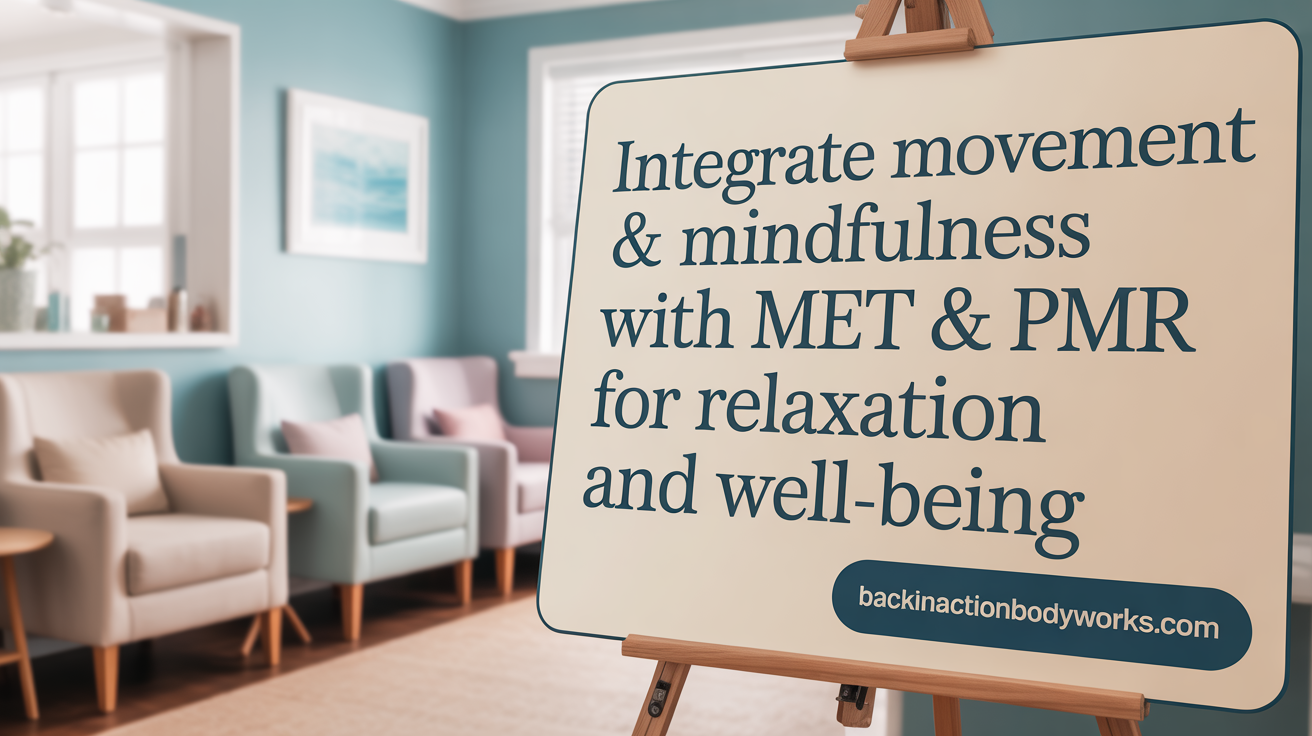
What are Muscle Energy Techniques and how do they help with joint and muscle issues?
Muscle Energy Techniques (METs) are manual therapy methods used by healthcare professionals such as osteopathic physicians and physical therapists. They involve gentle, active muscle contractions against resistance followed by relaxation and stretching. The goal is to restore normal joint movement, improve flexibility, and reduce muscle and joint tension.
METs are particularly effective for treating conditions like muscle spasms, joint stiffness, and facet joint dysfunction. They help re-align joints, enhance circulation, and promote overall musculoskeletal health.
How do Muscle Energy Techniques contribute to improving musculoskeletal health?
By gently encouraging muscles and joints to move through their full range of motion, METs help in releasing tension and correcting imbalances. This not only alleviates pain but also reduces the likelihood of future injury. METs are often used alongside other therapies to optimize recovery and functional movement.
What is Progressive Muscle Relaxation and how does it work to relieve muscle tension?
Progressive Muscle Relaxation (PMR) is a structured relaxation technique created by Dr. Edmund Jacobson in the 1920s. It involves systematically tensing and then relaxing different muscle groups across the body. The technique emphasizes creating a clear difference between tension and relaxation, making individuals more aware of physical tension.
What are the benefits of practicing PMR?
Regular practice of PMR can lead to reduced muscle tension, lower stress levels, and improved mental health. It is effective in decreasing anxiety, tension headaches, and insomnia. PMR also helps individuals recognize early signs of stress and learn to counteract them with relaxation.
How is PMR practiced, and what are its therapeutic effects?
To perform PMR, a person typically lies down or sits comfortably. They start by tensing specific muscle groups—such as the hands, arms, legs, or shoulders—for about 5 seconds, then gradually release the tension while focusing on the sensation of relaxation. This process is repeated for 14 different muscle groups, from head to toe, often synchronized with deep, slow breathing.
Practicing PMR consistently enhances body awareness, reduces overall tension, improves sleep quality, and decreases physiological stress responses. This makes it a valuable tool for managing stress-related physical and emotional issues.
| Techniques | Focus Areas | Benefits |
|---|---|---|
| Muscle Energy Techniques (METs) | Joints, muscles, and connective tissues | Improve mobility and reduce pain |
| Progressive Muscle Relaxation | Entire body, muscle groups | Decrease stress, promote relaxation |
| Additional practices | Deep breathing, visualization | Enhance relaxation and mental clarity |
Integrating these techniques into a comprehensive health routine can lead to better musculoskeletal health and overall well-being.
Enhancing Therapy Outcomes: Home Techniques and Patient Involvement

Use of self-myofascial release tools
Patients can effectively manage muscle tension at home using tools like foam rollers, tennis balls, or Theracanes. These devices help apply gentle pressure to tense muscles and fascia, promoting relaxation and breaking down adhesions. Proper use is crucial to avoid injury, so consulting with a healthcare provider or therapist for guidance ensures safe and effective application.
Role of exercises for strength and flexibility
Incorporating targeted exercises such as resistance training and stretching helps improve muscle strength and flexibility. Resistance exercises like planks stabilize muscles, reducing strain, while static stretching over weeks reduces muscle stiffness. Yoga and mobility drills further enhance muscle elasticity, supporting long-term health.
Importance of consistency and progression
Consistent practice of home techniques and exercises is vital for lasting benefits. Gradually increasing the intensity and duration of self-treatment routines helps prevent muscle re-tightening. Regularly progressing the difficulty ensures continuous improvement and reduces the risk of recurrence.
Patient education for long-term muscle health
Educating patients on proper techniques and posture encourages proactive self-care. Knowledge about correct stretching, self-massage, and ergonomic adjustments empowers individuals to maintain healthy muscle function and prevent future issues. Ongoing communication with healthcare providers ensures adaptations as needed for sustained wellness.
Embracing Comprehensive Therapies for Lasting Muscle Tension Relief
Releasing muscle tension effectively involves a multifaceted approach that combines hands-on manual therapies, targeted movement techniques, and relaxation methods. Therapists employ diverse techniques such as myofascial release, trigger point therapy, Active Release Technique, and Muscle Energy Techniques to address specific types of muscle dysfunction and pain. Complementary approaches like dry needling, cupping, and Progressive Muscle Relaxation further enhance treatment outcomes by promoting circulation, healing, and stress reduction. Patient participation and consistent practice of prescribed exercises and relaxation routines are critical to achieving sustained relief and improved muscle function. Together, these therapeutic strategies empower individuals to overcome muscle tension, restore mobility, and improve overall well-being.
References
- Myofascial Release Therapy - Cleveland Clinic
- How to release chronically tight muscles: 5 ways
- Manual Therapy Techniques - Mishock Physical Therapy & Associates
- Muscle Release Technique | iSpine Clinics Blog
- Active Release Techniques - Physiopedia
- Active Release Technique (ART): Relieving Muscle Tension and ...
- Relaxation techniques: Try these steps to lower stress - Mayo Clinic
- Relaxation Techniques - StatPearls - NCBI Bookshelf
- Complete Guide to Trigger Point Therapy - EG Healthcare
- Relieving Muscle Tension: The Benefits of Soft Tissue Manipulation ...
Recent articles
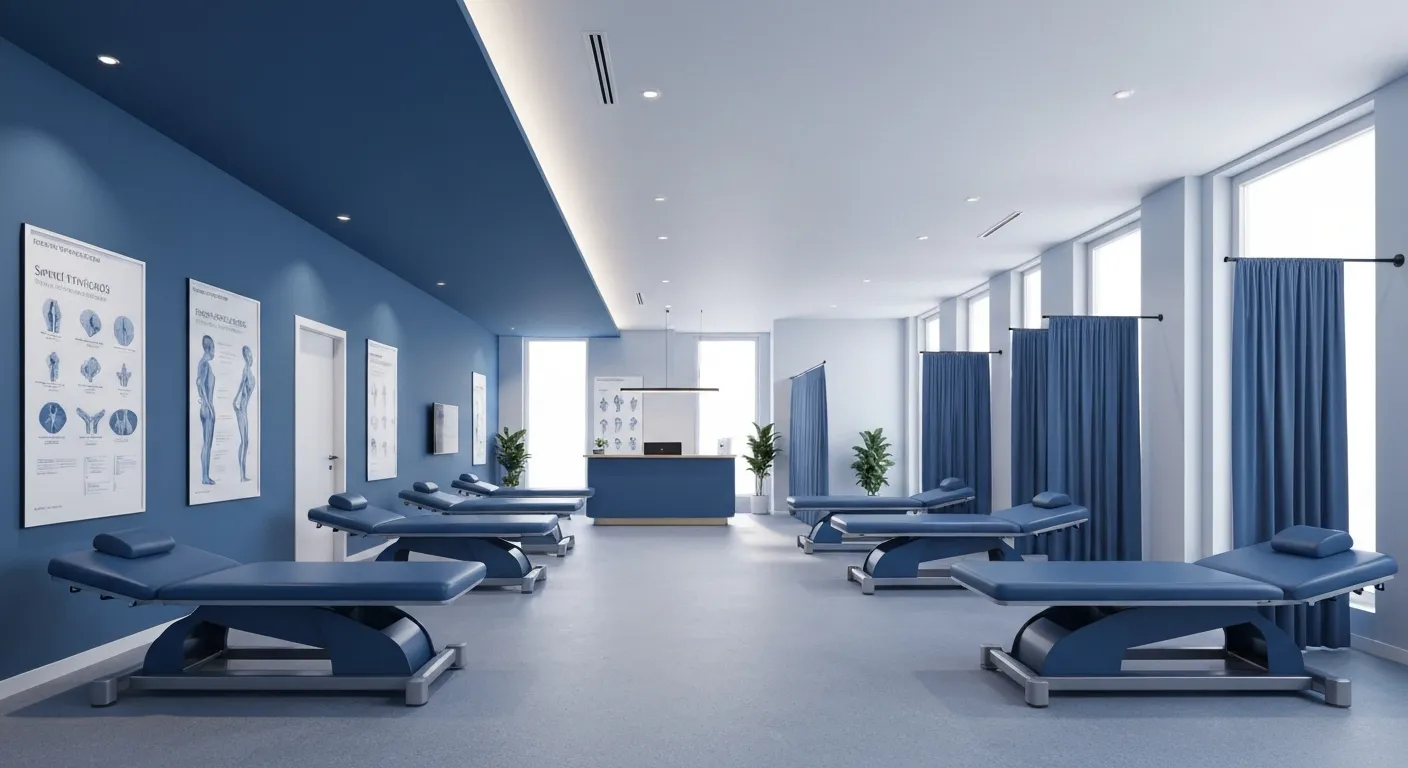
Simple Lifestyle Adjustments to Maintain a Healthy Spine

Personalized Nutritional Counseling for Improved Health Outcomes
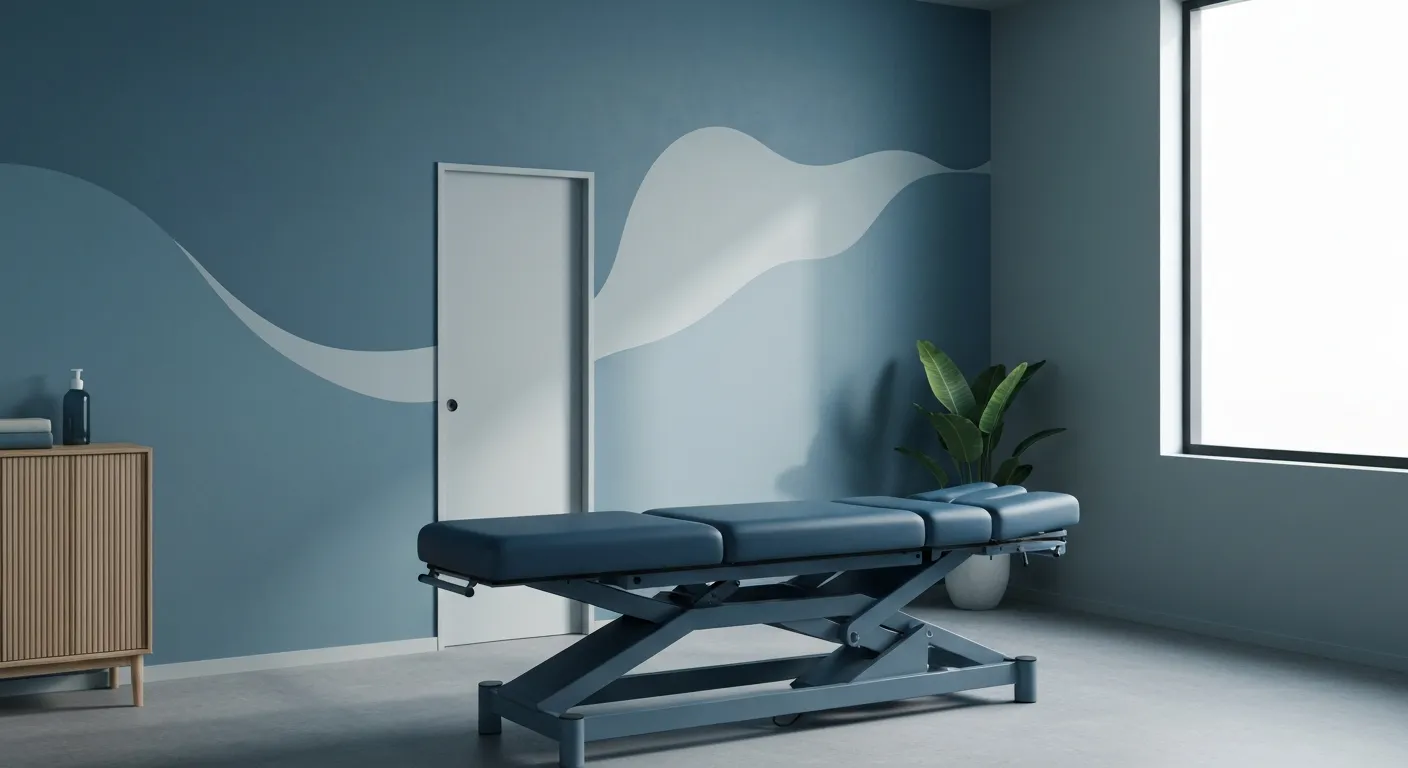
Exploring Non-Surgical Treatments for Spine-Related Conditions
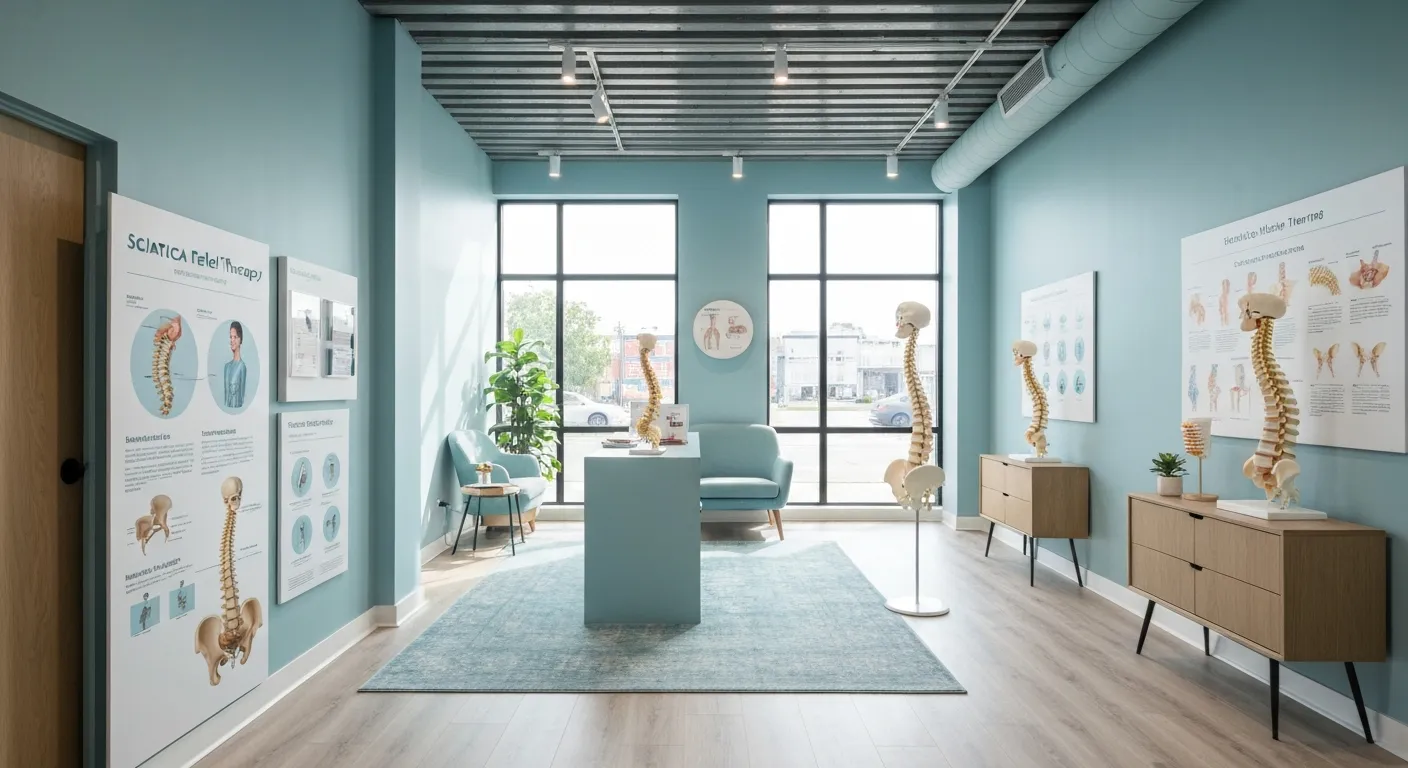
An Introduction to Spinal Decompression for Sciatica Patients
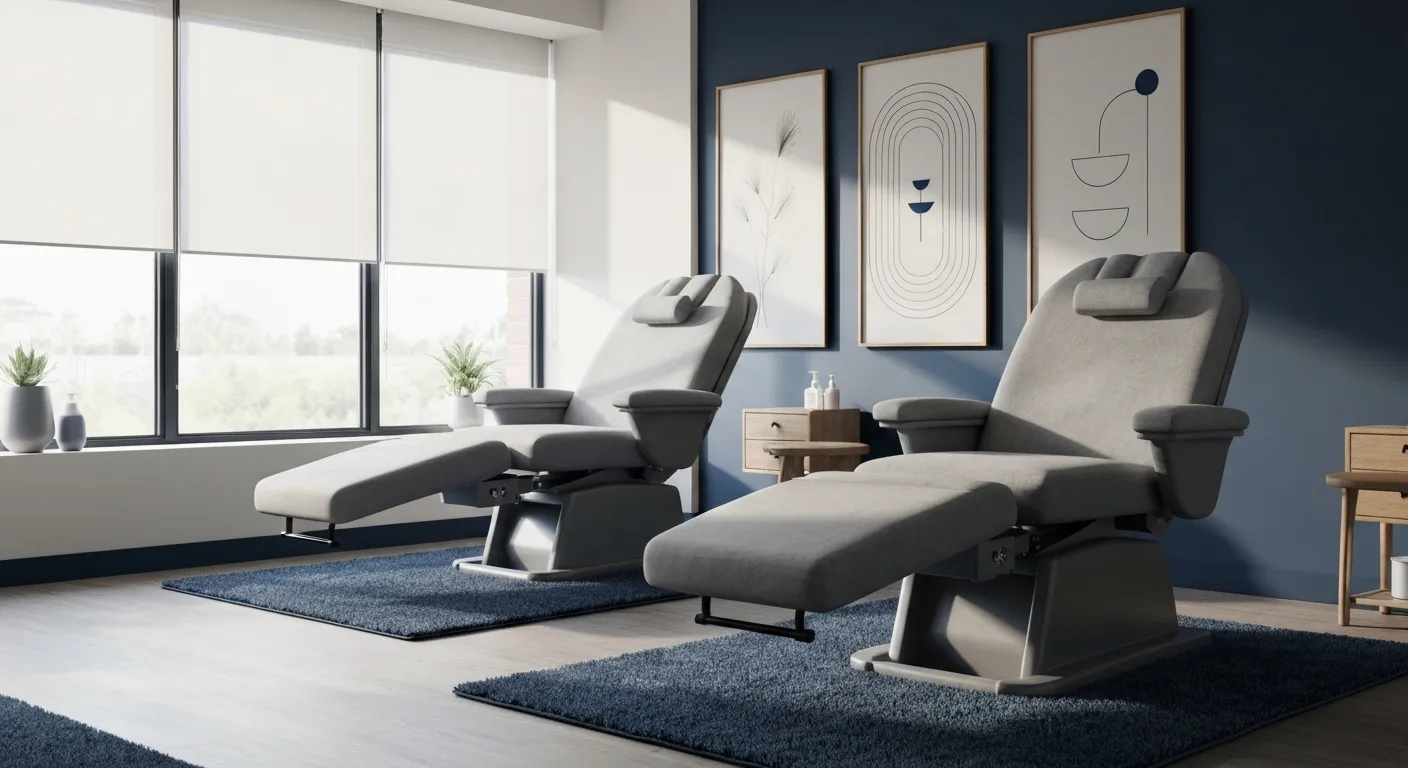
Transformative Success Stories: Patient Experiences with Chiropractic Treatments
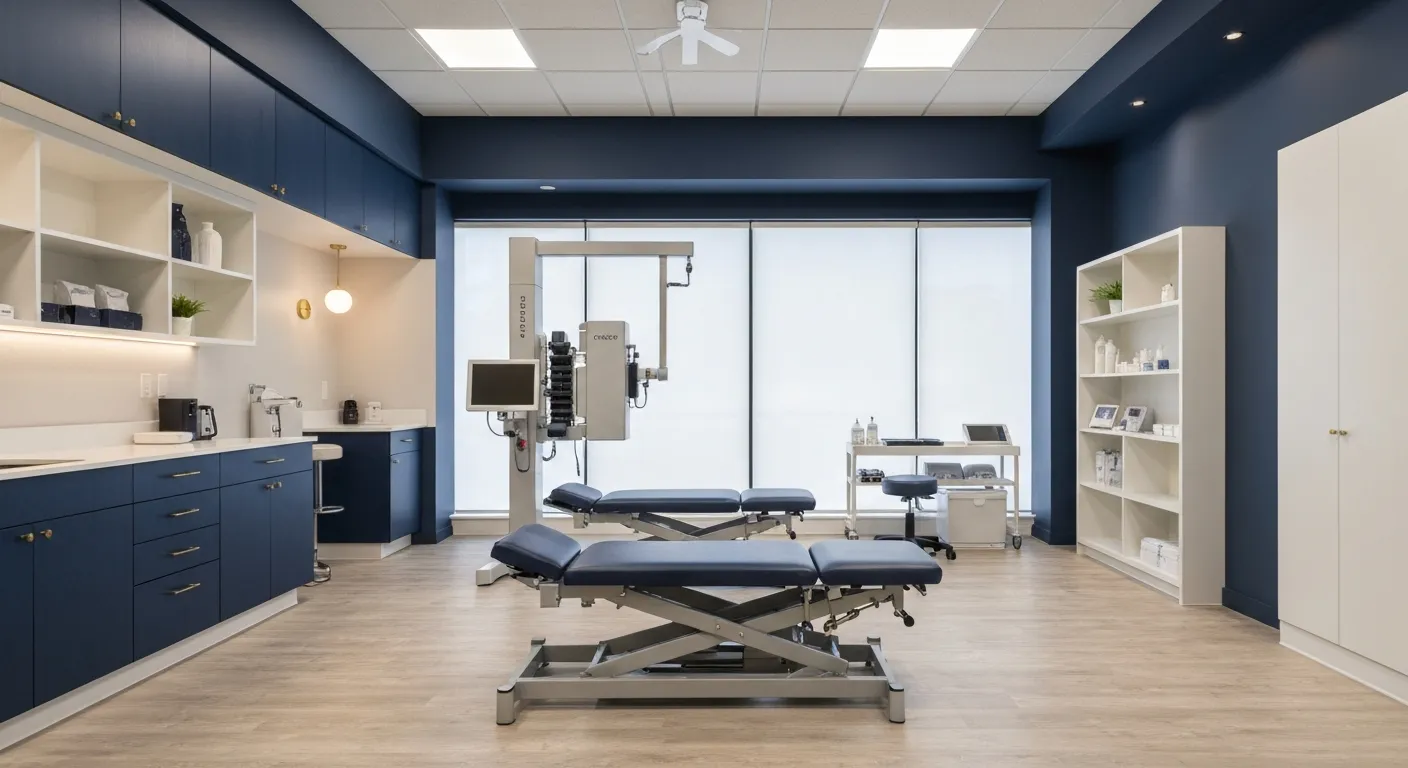
Why Chiropractic Care Is Essential for Back Pain Relief
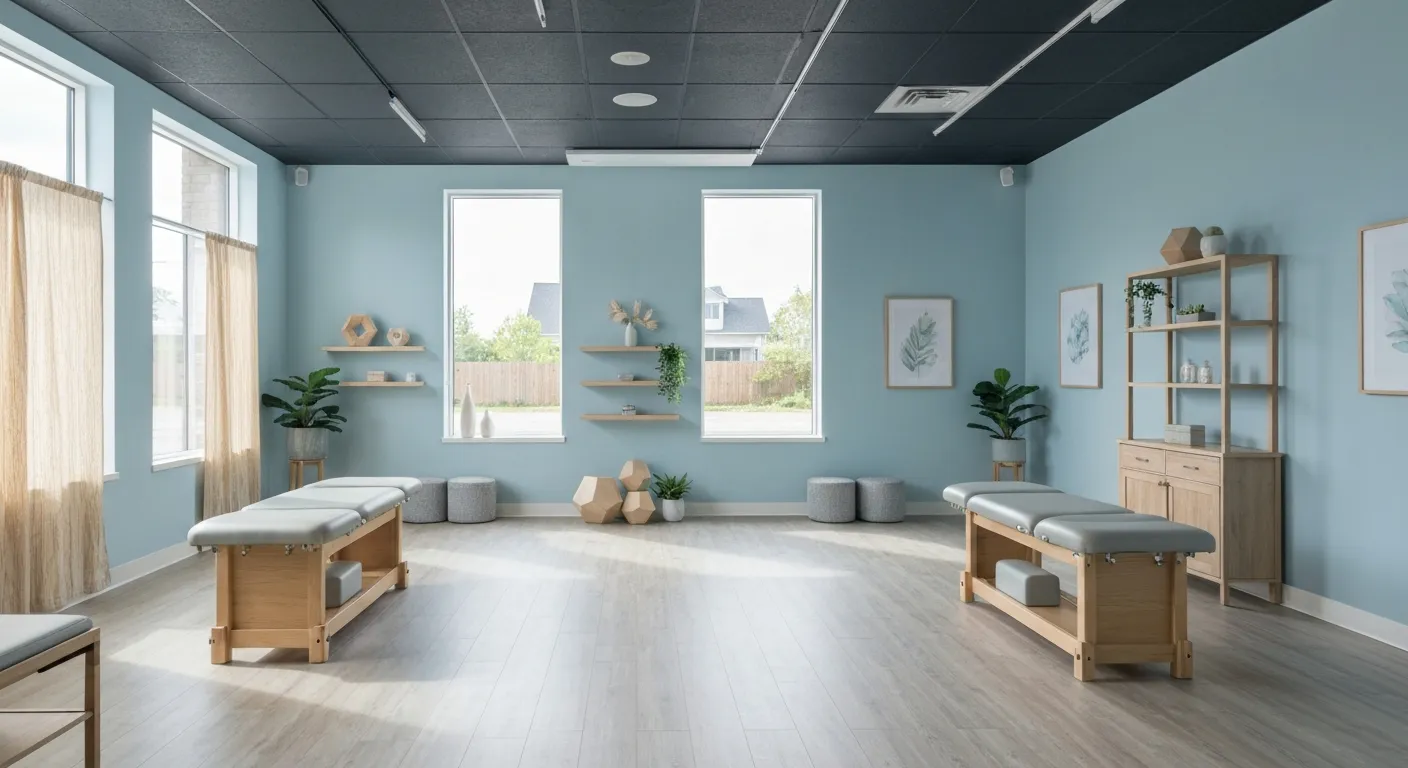
Addressing Underlying Causes Versus Symptom Management in Pain Care

The Role of Nutrition in Enhancing Chiropractic Treatment Effectiveness

Sciatica Treatment Options: Is Spinal Decompression Right for You?
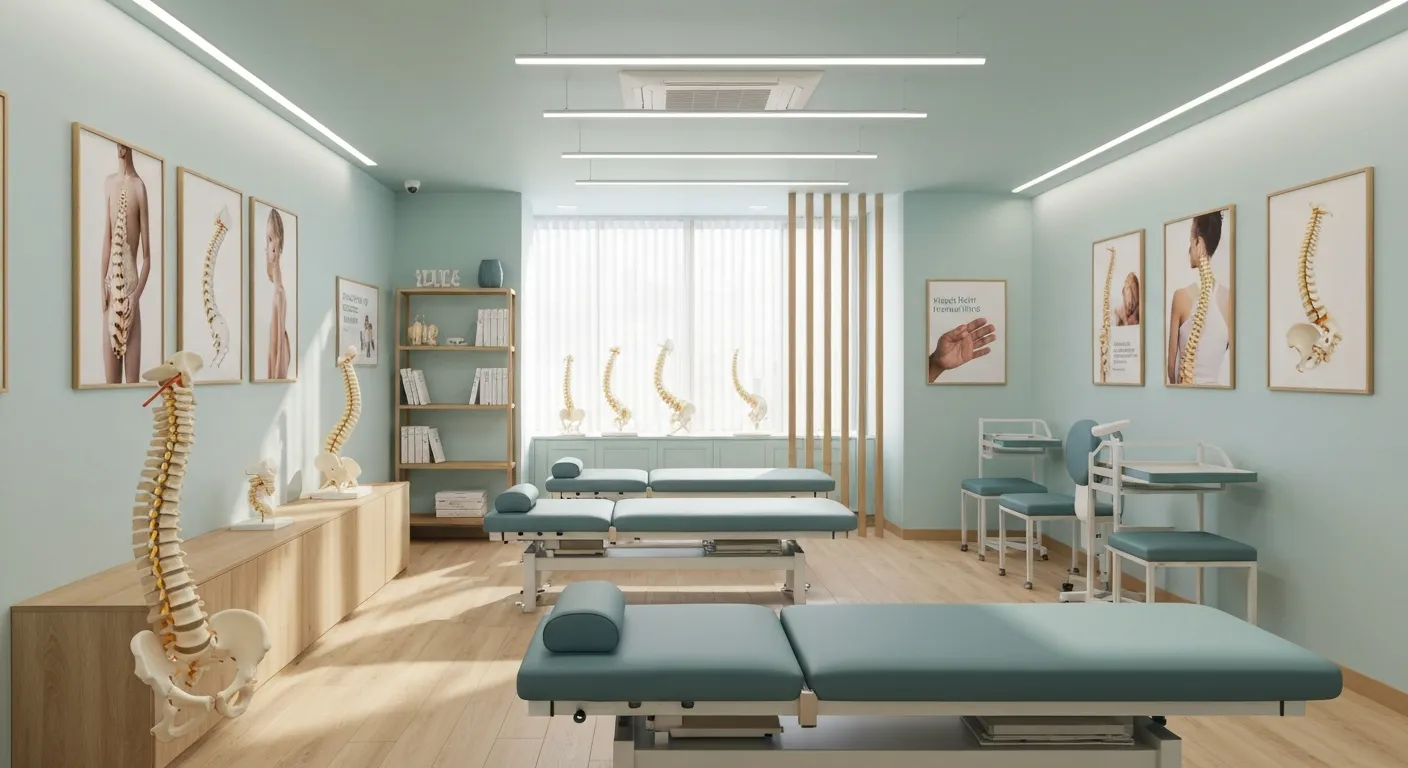
Lifestyle Tips to Maintain a Healthy Spine and Prevent Back Issues

The Synergy Between Physiotherapy and Chiropractic Treatments
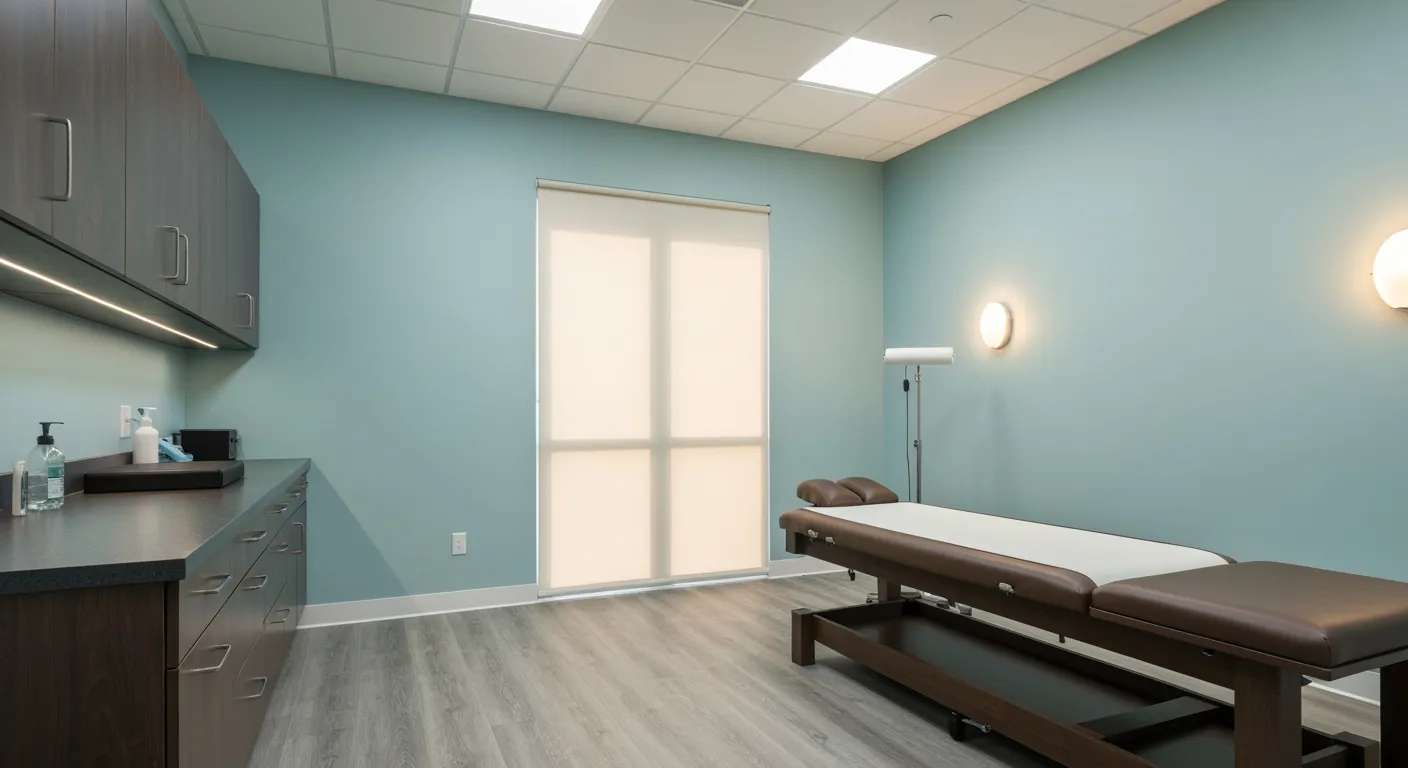
What Happens During Your Initial Chiropractic Consultation
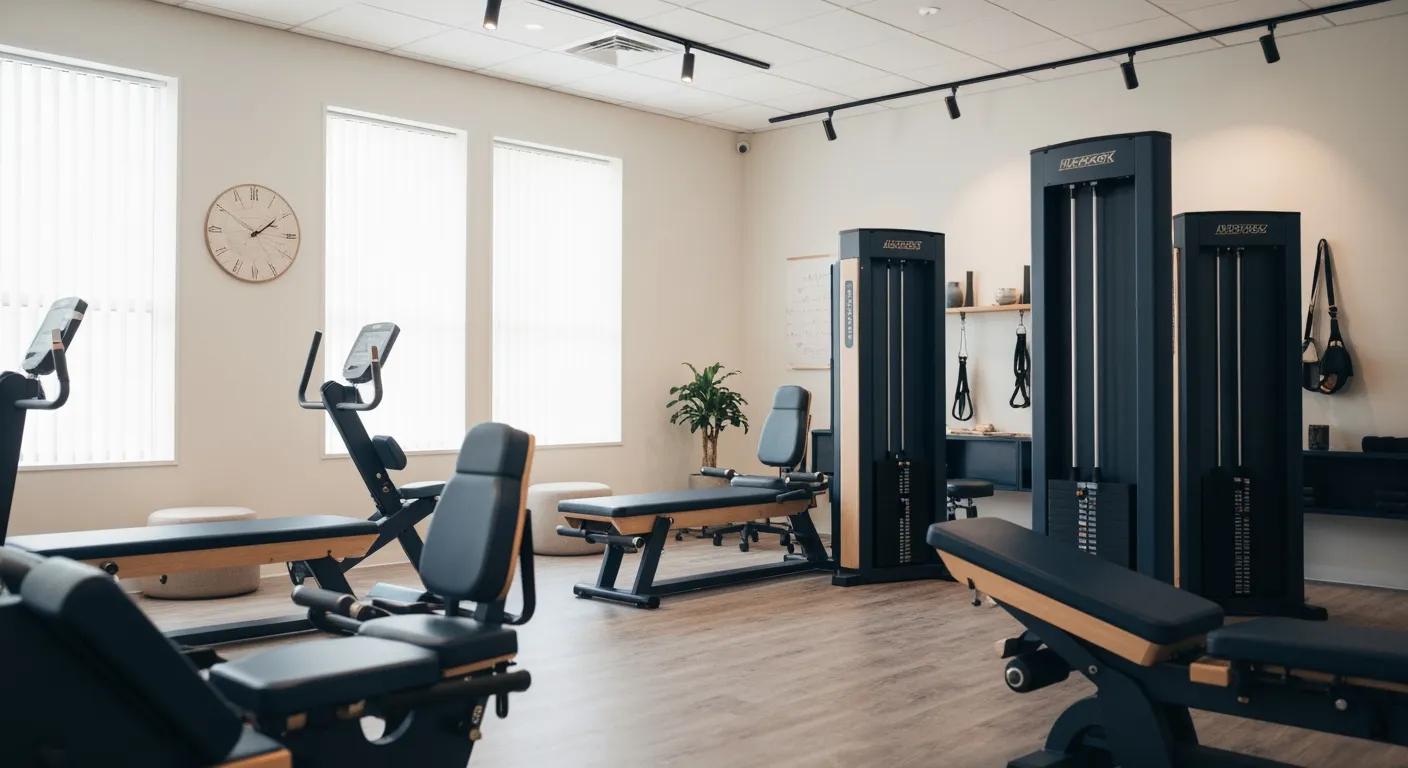
Effective Corrective Exercises for Sustainable Pain Management
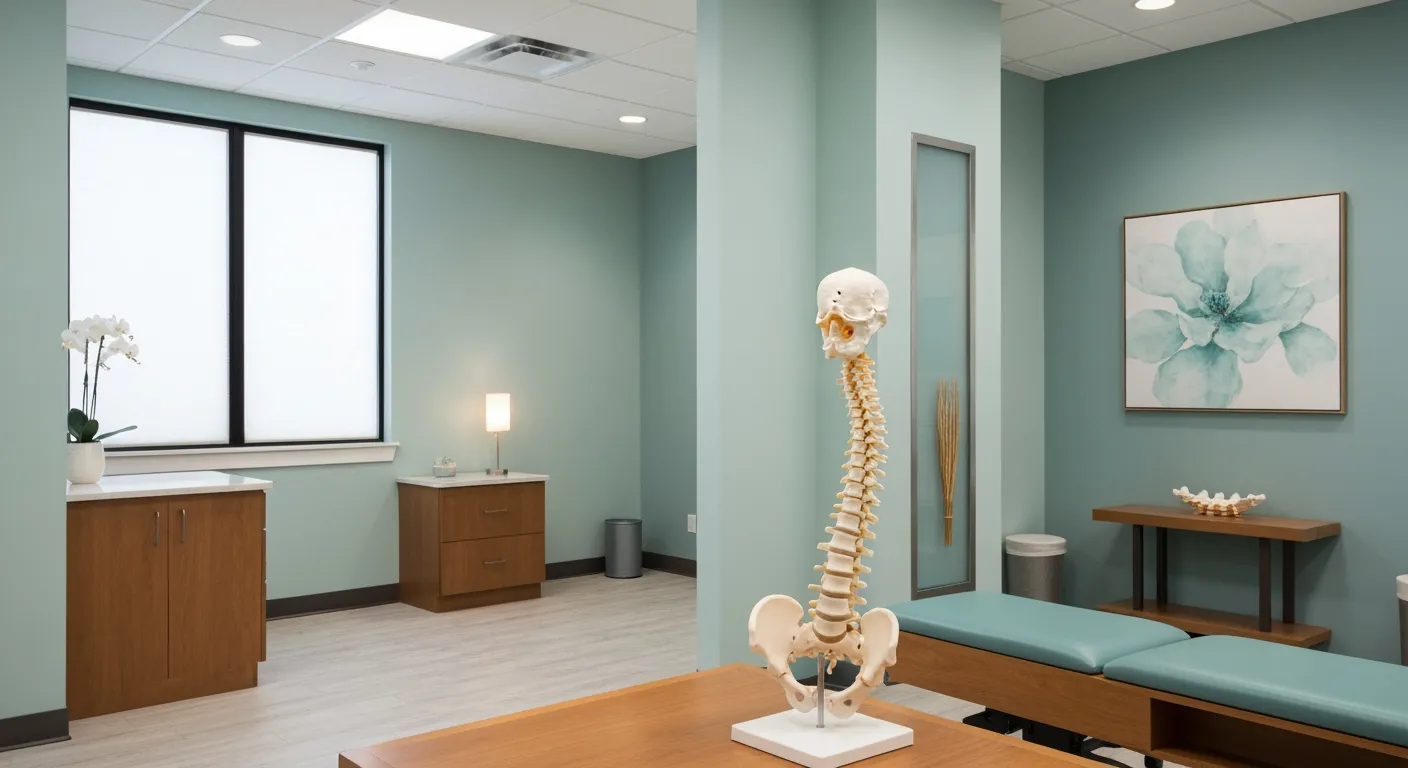
Taking a Root Cause Approach to Chronic Pain Management
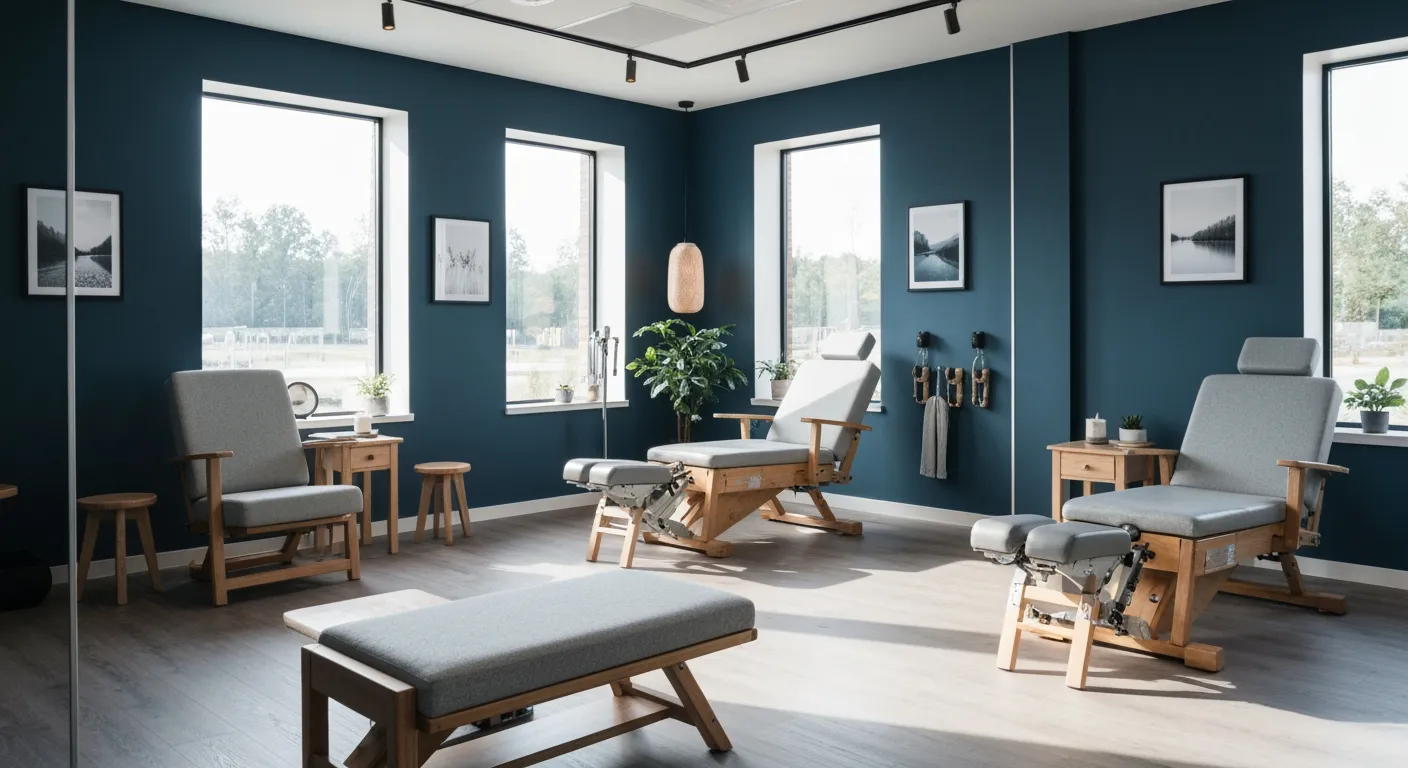
Holistic Pain Management Techniques Without Surgery

How Patient Success Stories Validate Chiropractic Care Benefits

Spinal Decompression: Innovative Treatment for Sciatic Nerve Pain
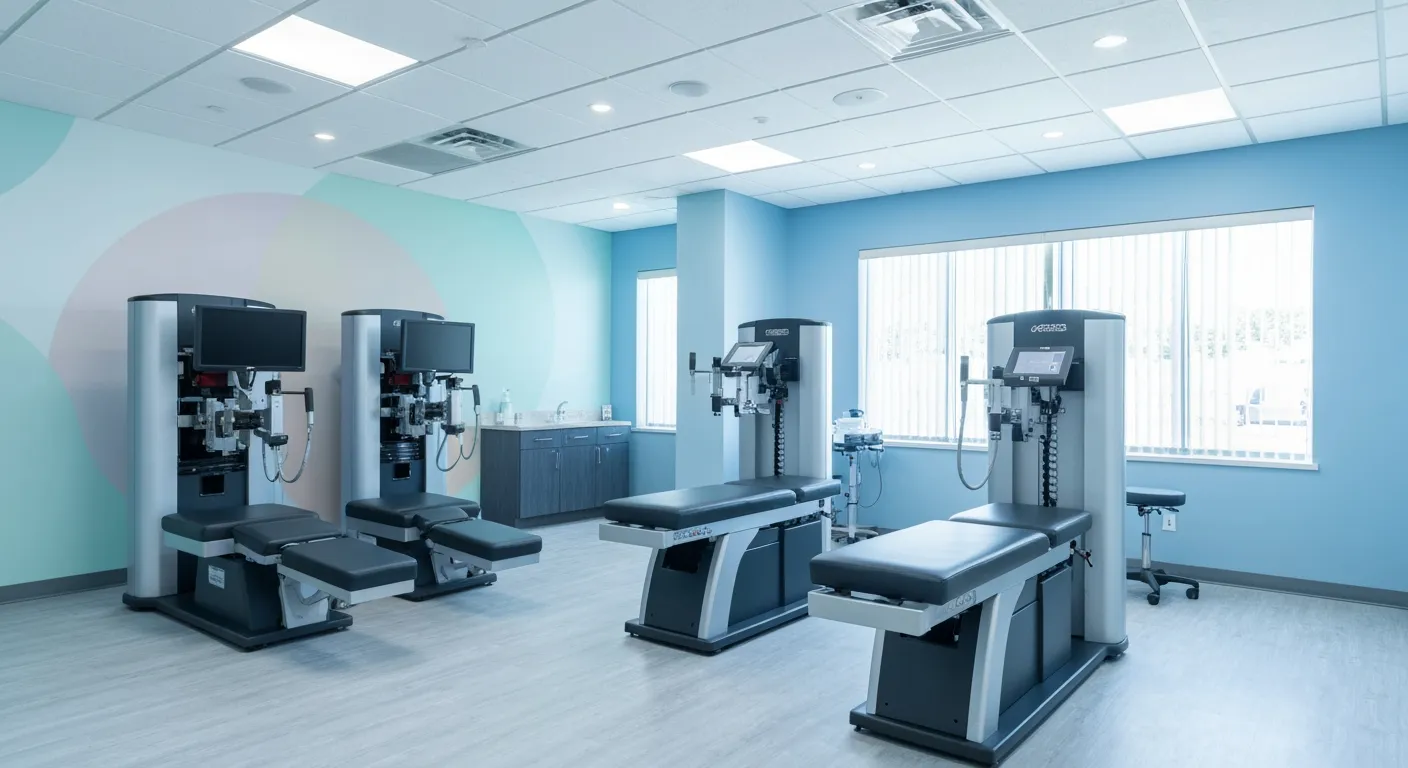
Spinal Decompression Therapy: A Non-Invasive Approach to Sciatica Relief
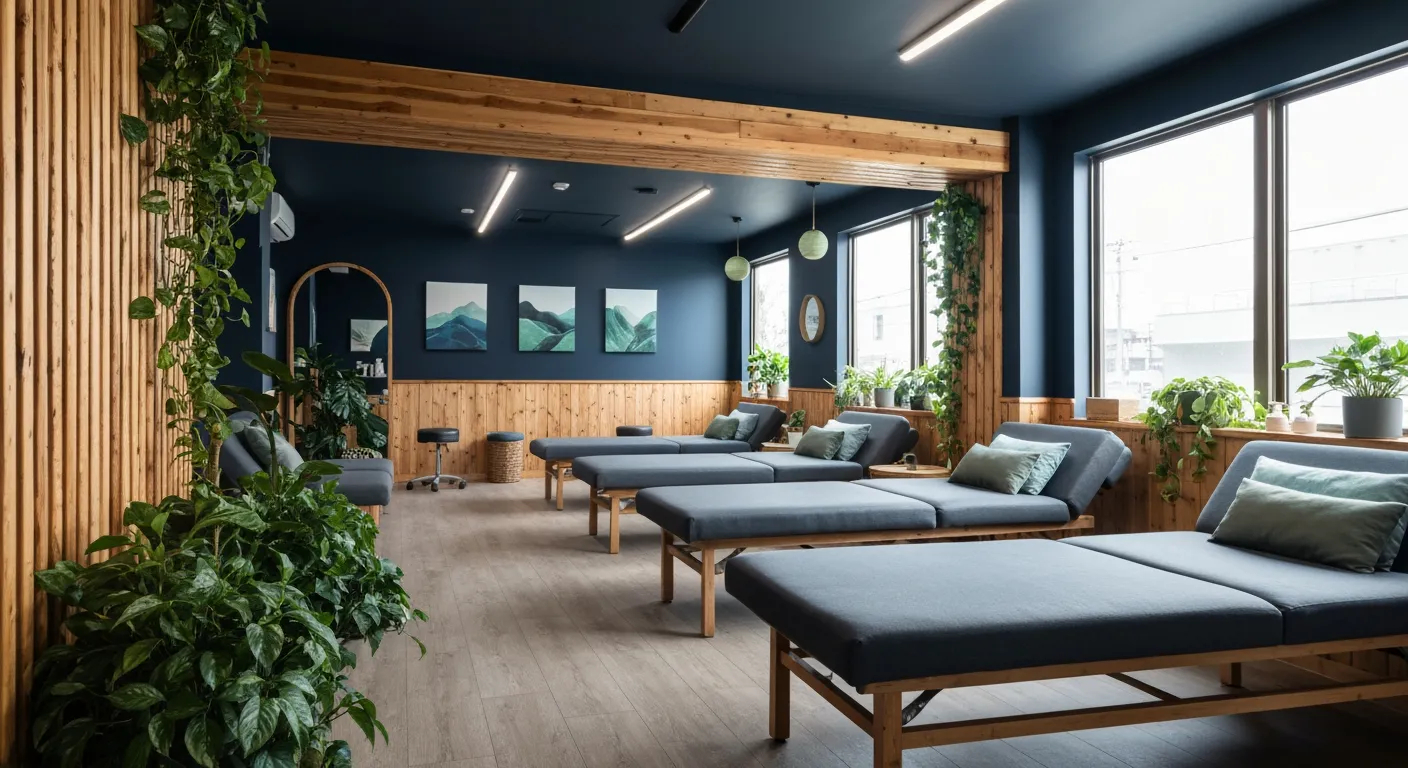
Exploring Holistic Approaches Beyond Surgery for Pain Relief

Practical Lifestyle Advice to Support a Healthy Spine Every Day
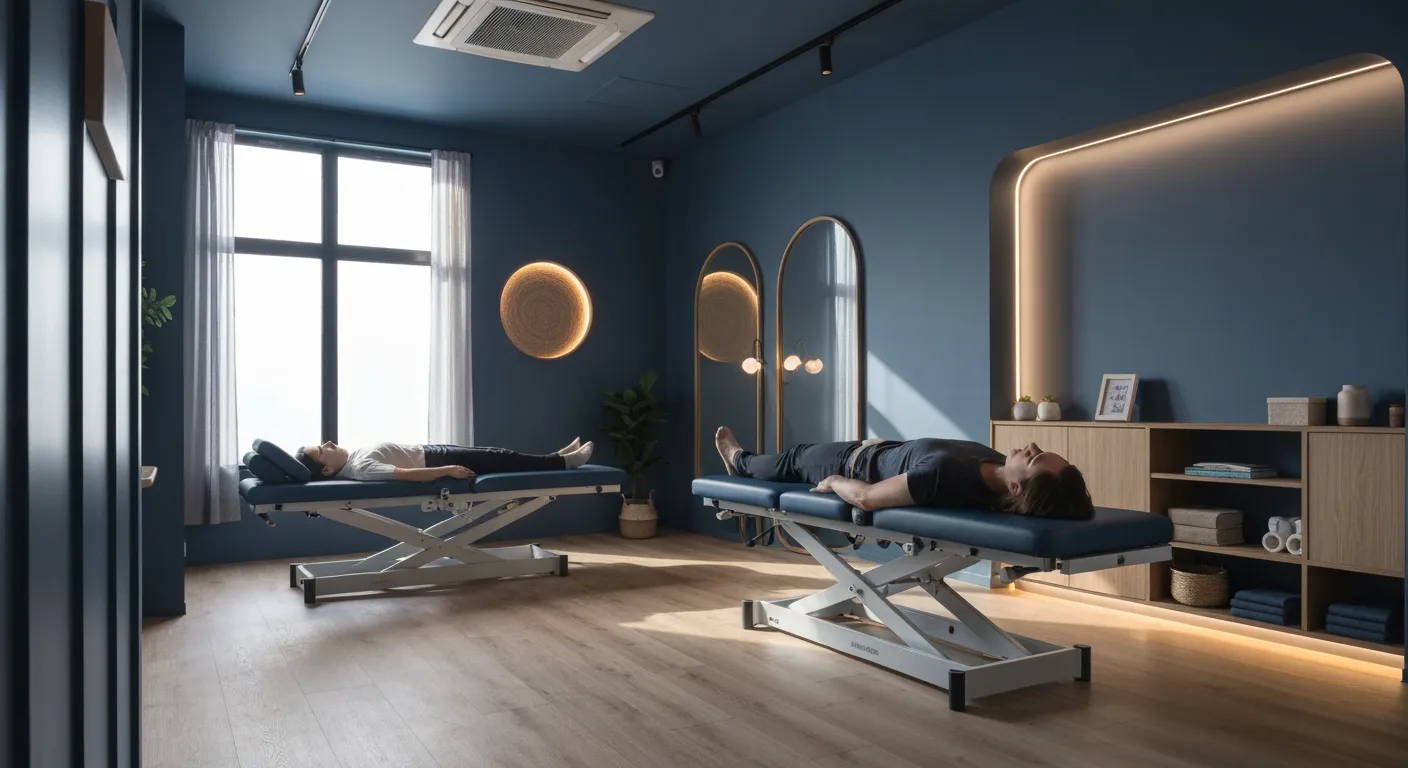
Corrective Exercise Routines Designed for Long-Term Pain Prevention
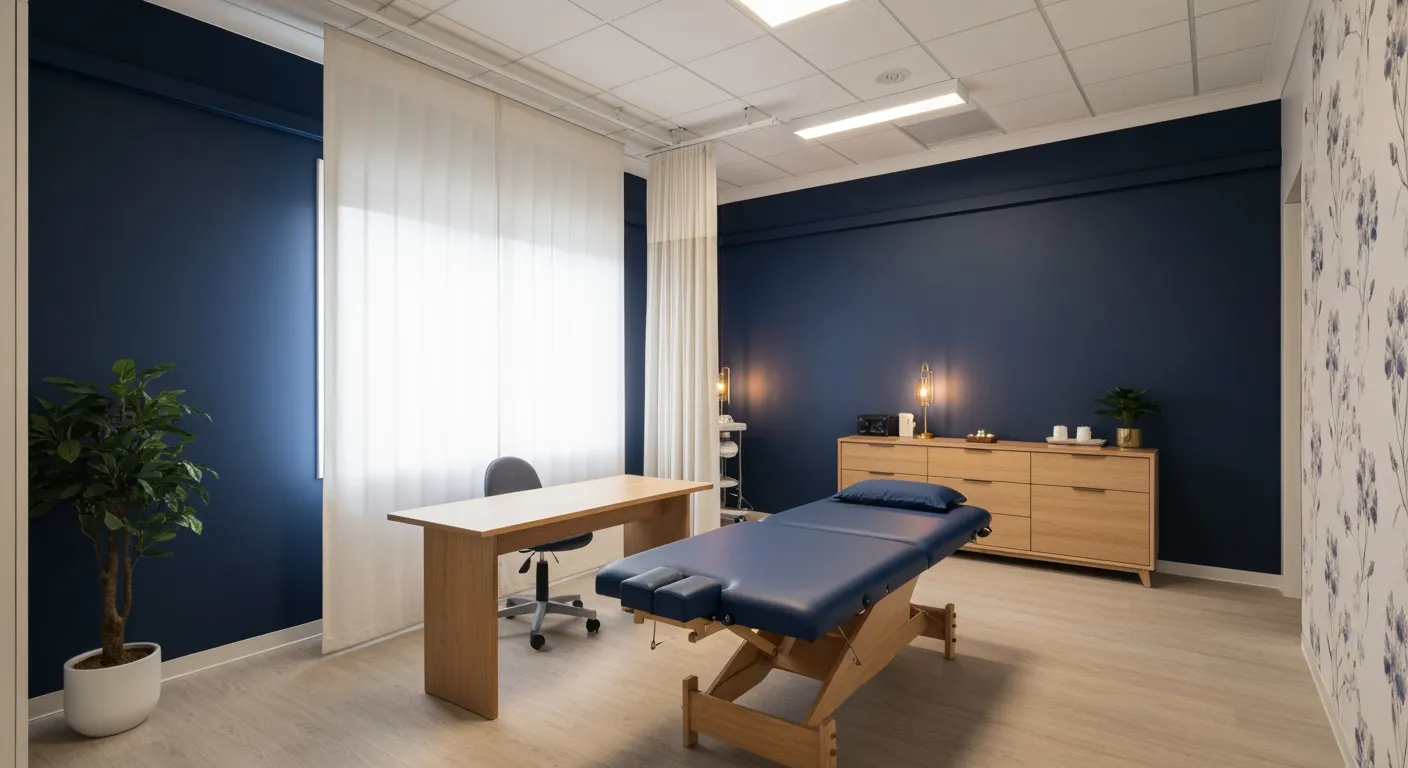
Real Patient Stories: Overcoming Chronic Pain with Chiropractic Care
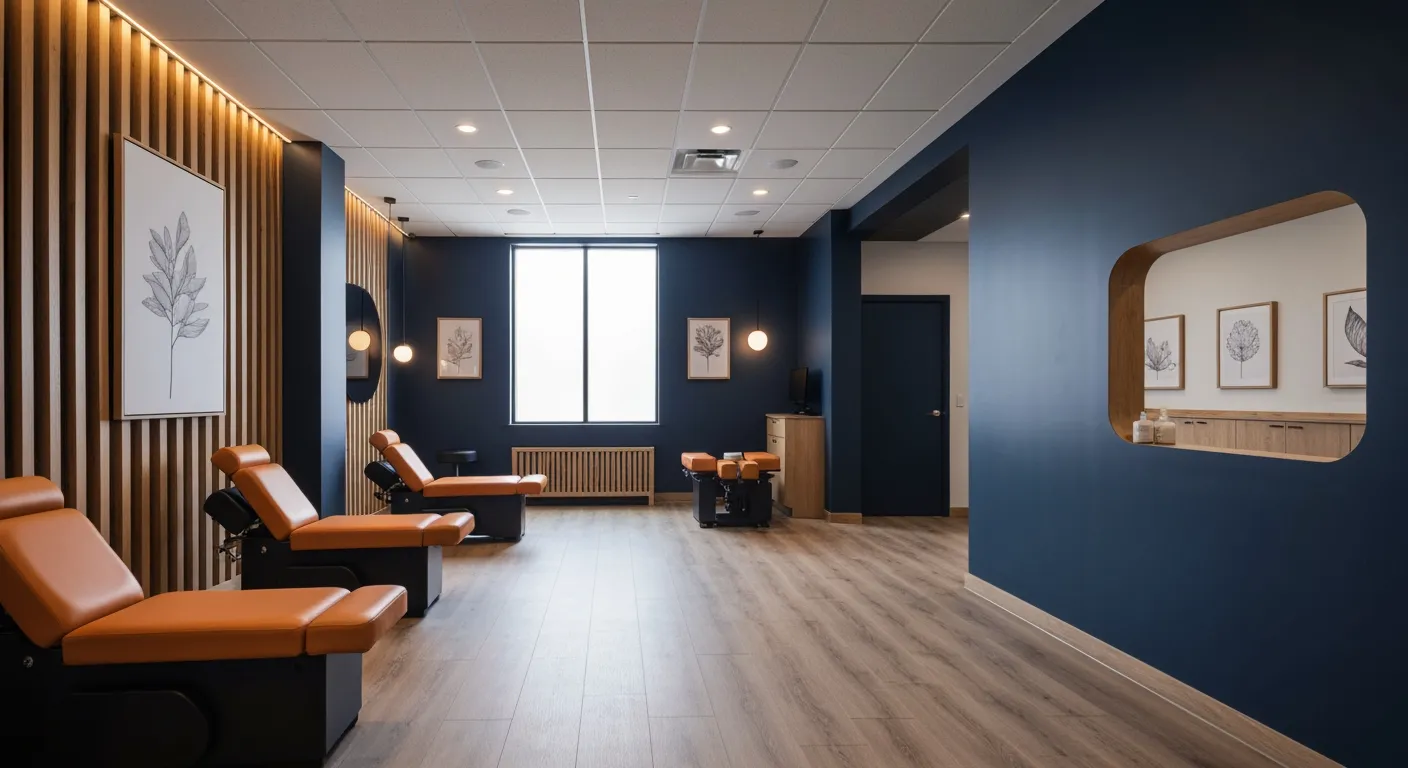
Lifestyle Changes That Promote a Healthy Spine and Prevent Injury
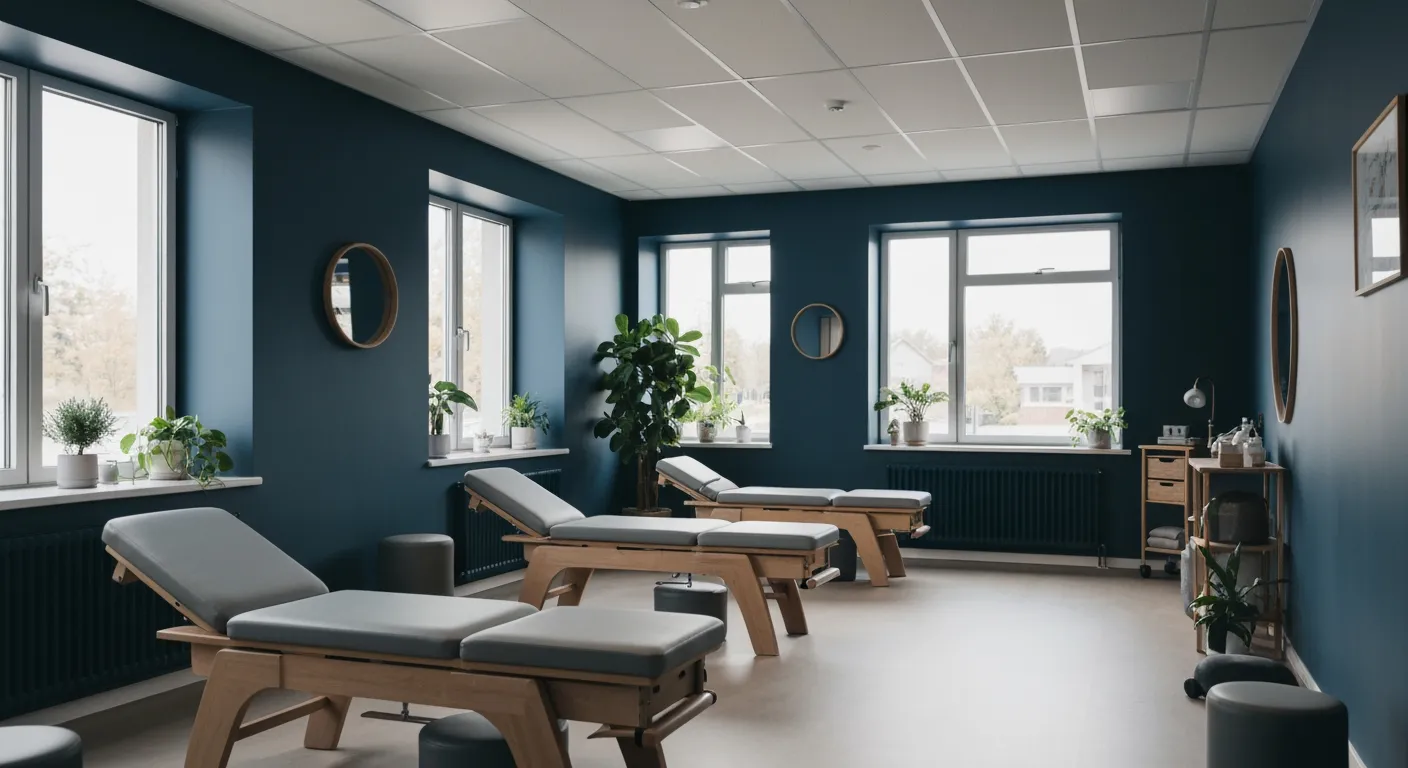
How Addressing the Root Cause of Pain Leads to Lasting Relief
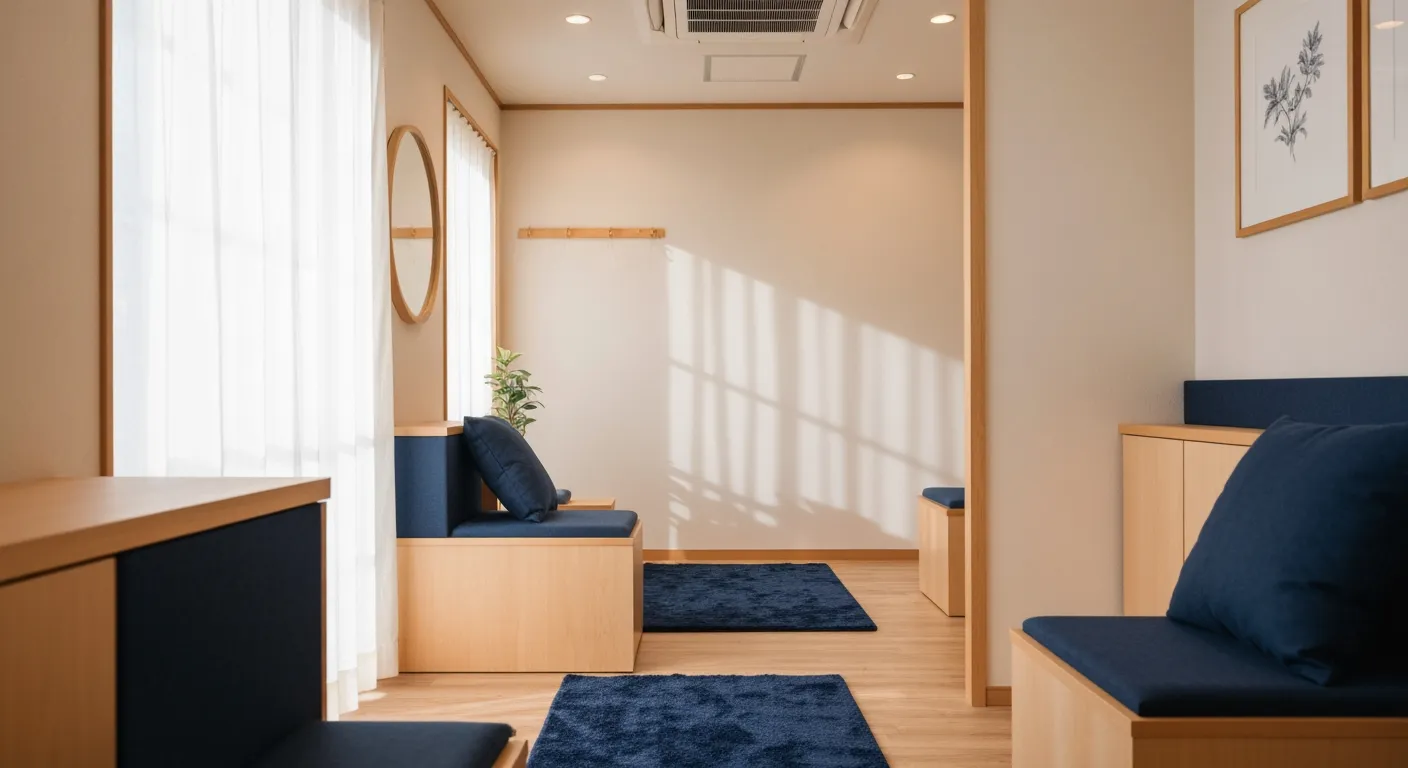
Non-Surgical Holistic Therapies to Manage Chronic Pain Effectively

Nutritional Counseling's Impact on Physical Health and Healing
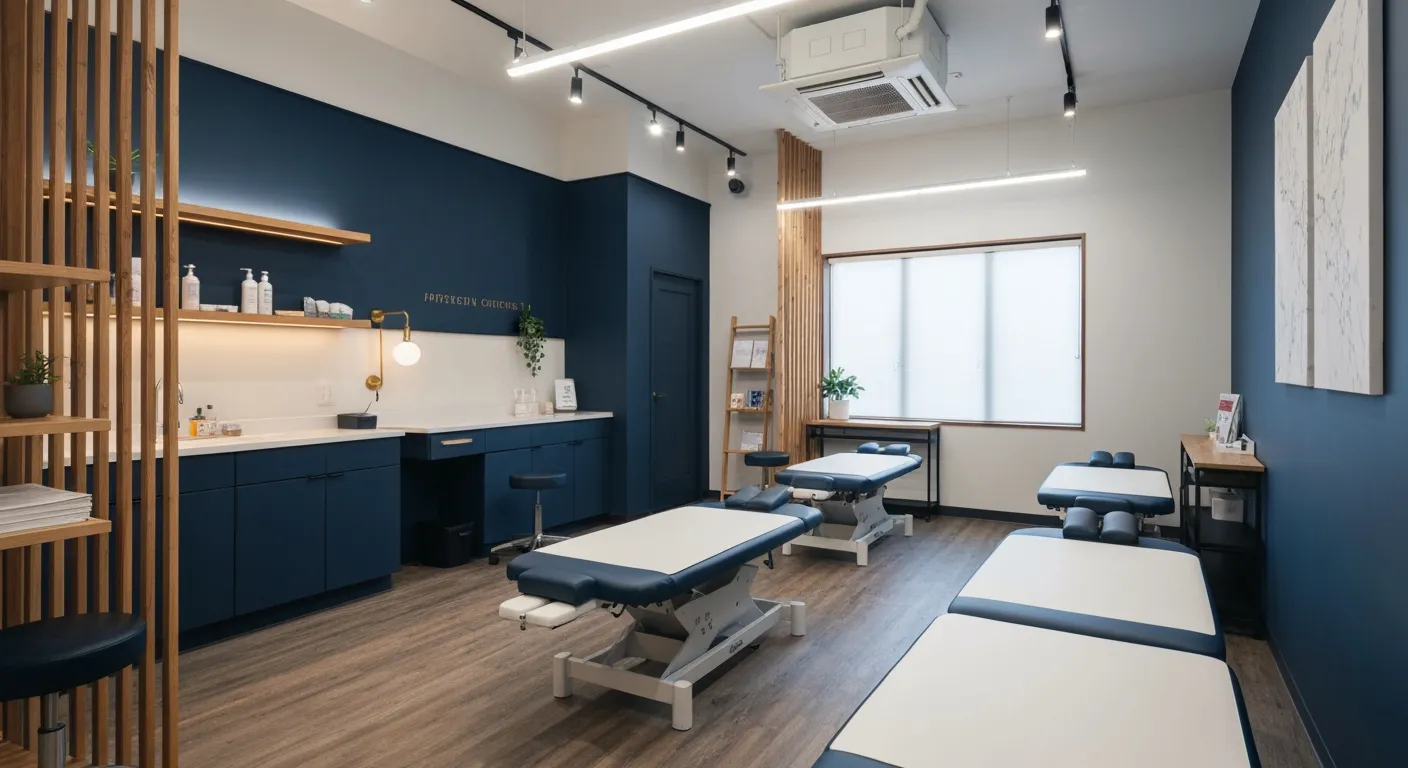
Benefits of Regular Chiropractic Care for a Stronger Back
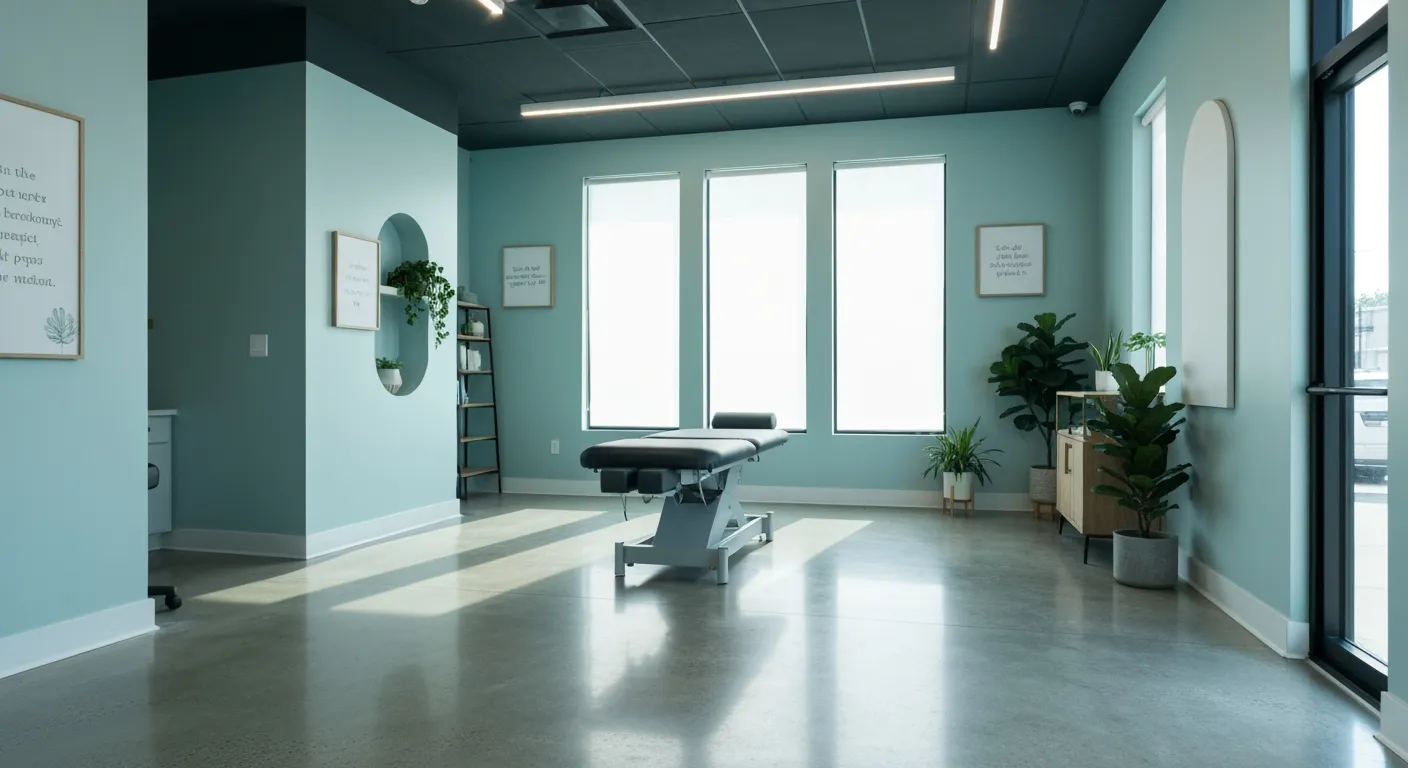
Your First Chiropractic Visit: What to Expect and How to Prepare

Patient Experiences: How Chiropractic Care Transformed Their Lives
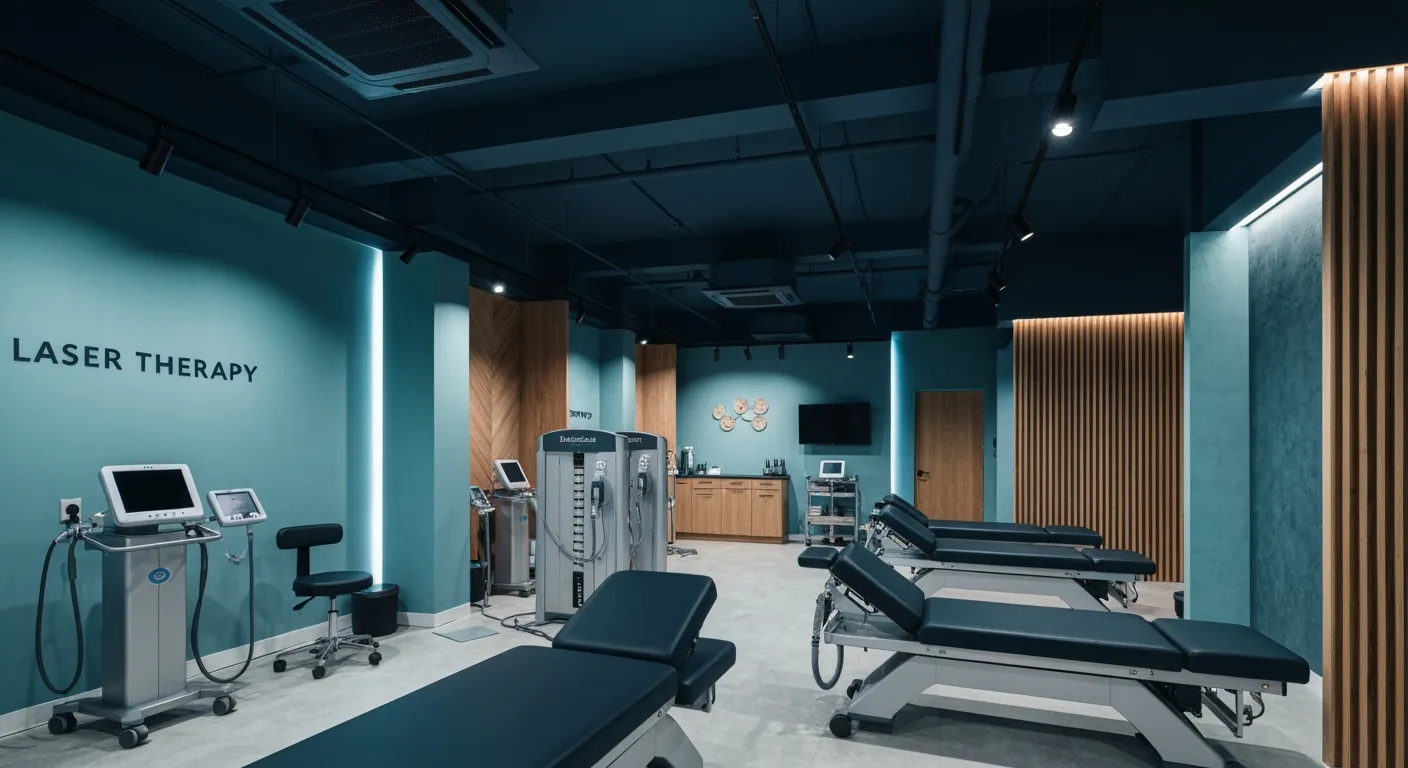
Exploring Holistic, Non-Surgical Options for Pain Management

Combining Physiotherapy with Chiropractic Treatments for Enhanced Recovery
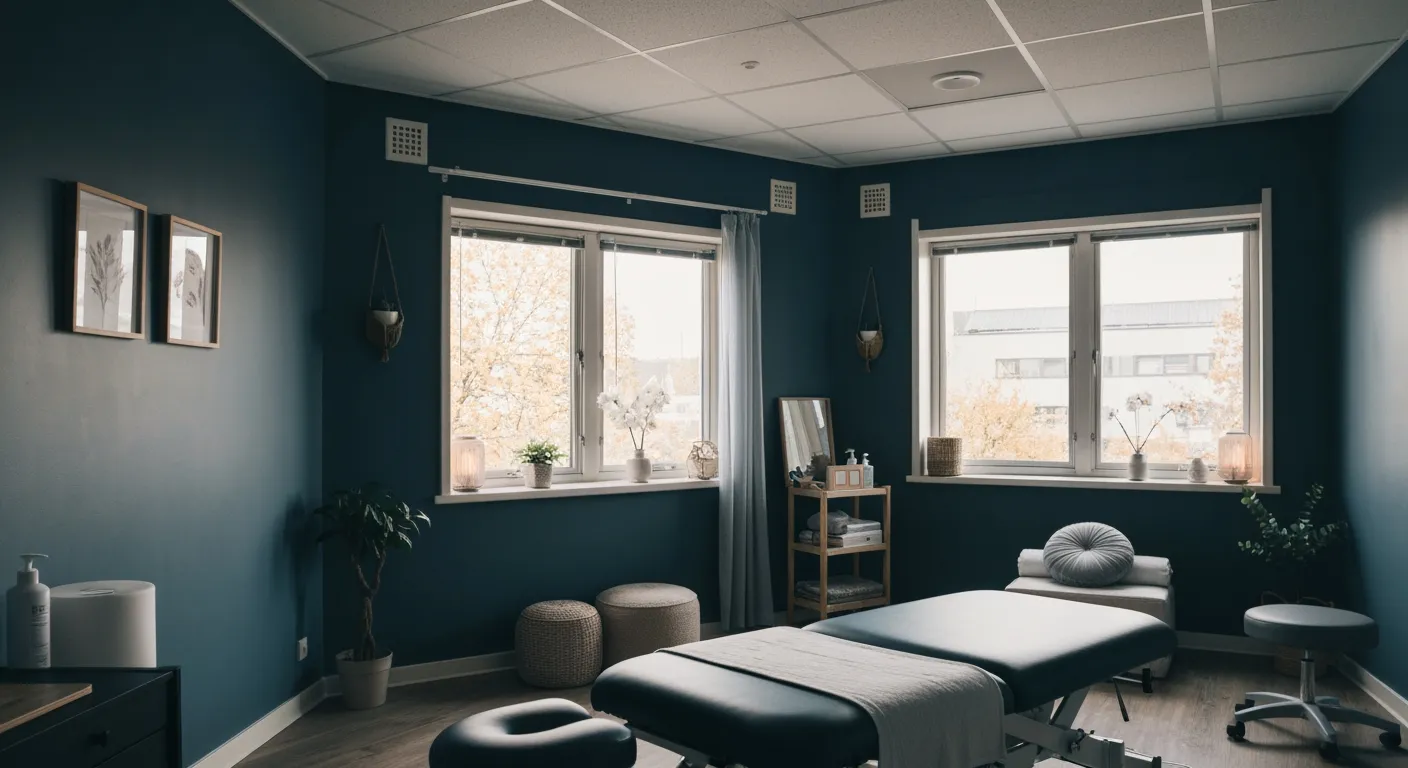
Holistic Treatments That Offer Alternatives to Surgery for Pain Relief

Corrective Exercise Strategies for Long-Term Spine Health
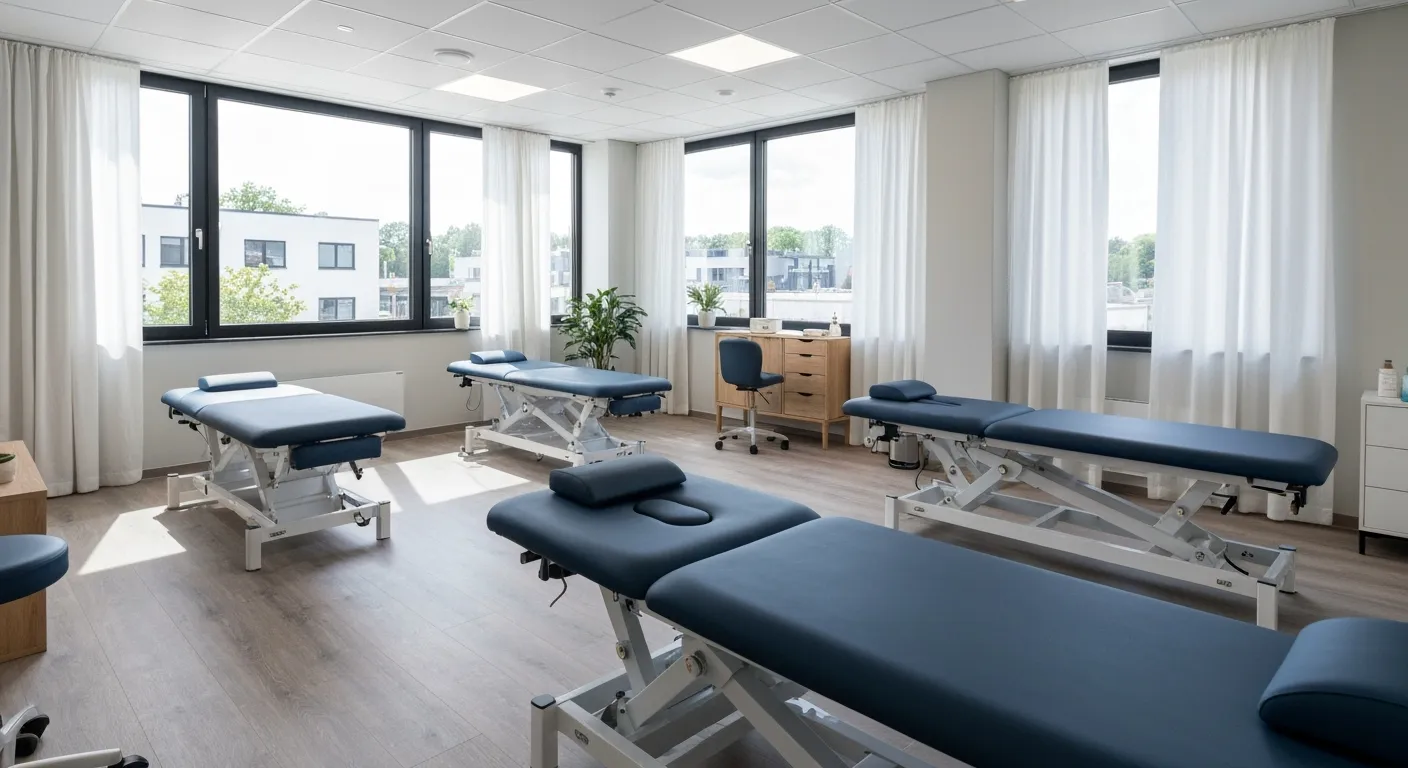
How Physiotherapy Complements Chiropractic Adjustments for Better Outcomes
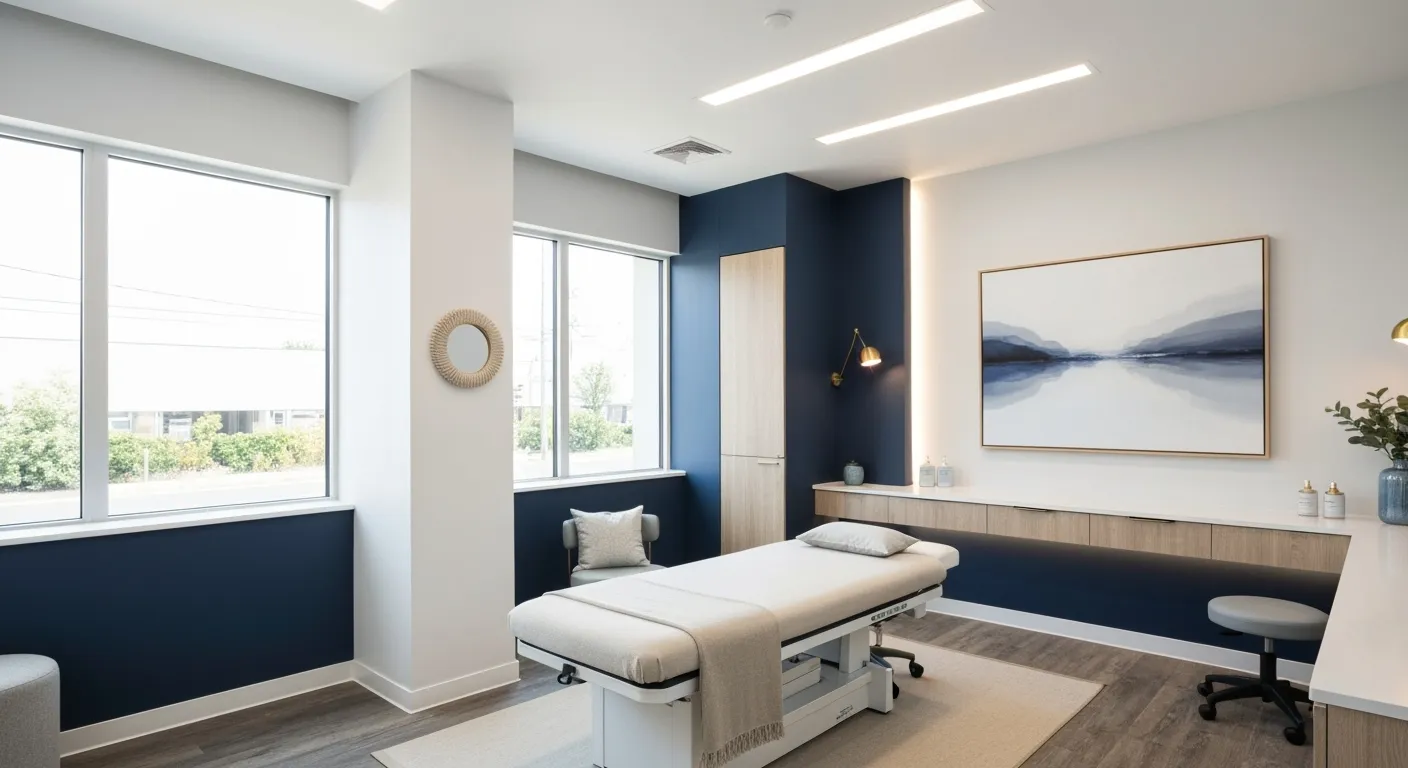
First-Time Chiropractic Visitors: What You Should Know

Understanding the Importance of Treating Pain at Its Source
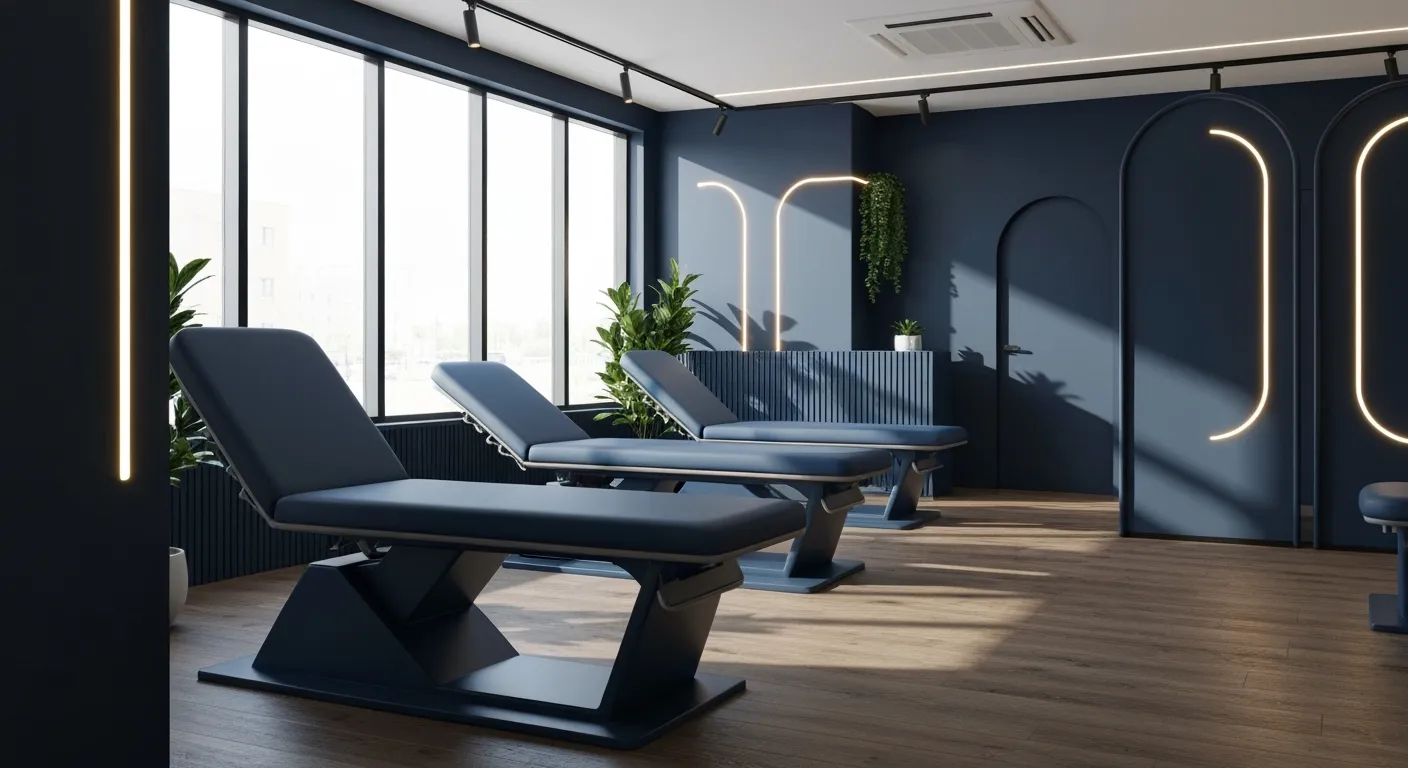
Adopting Lifestyle Changes to Support Your Spine's Wellness
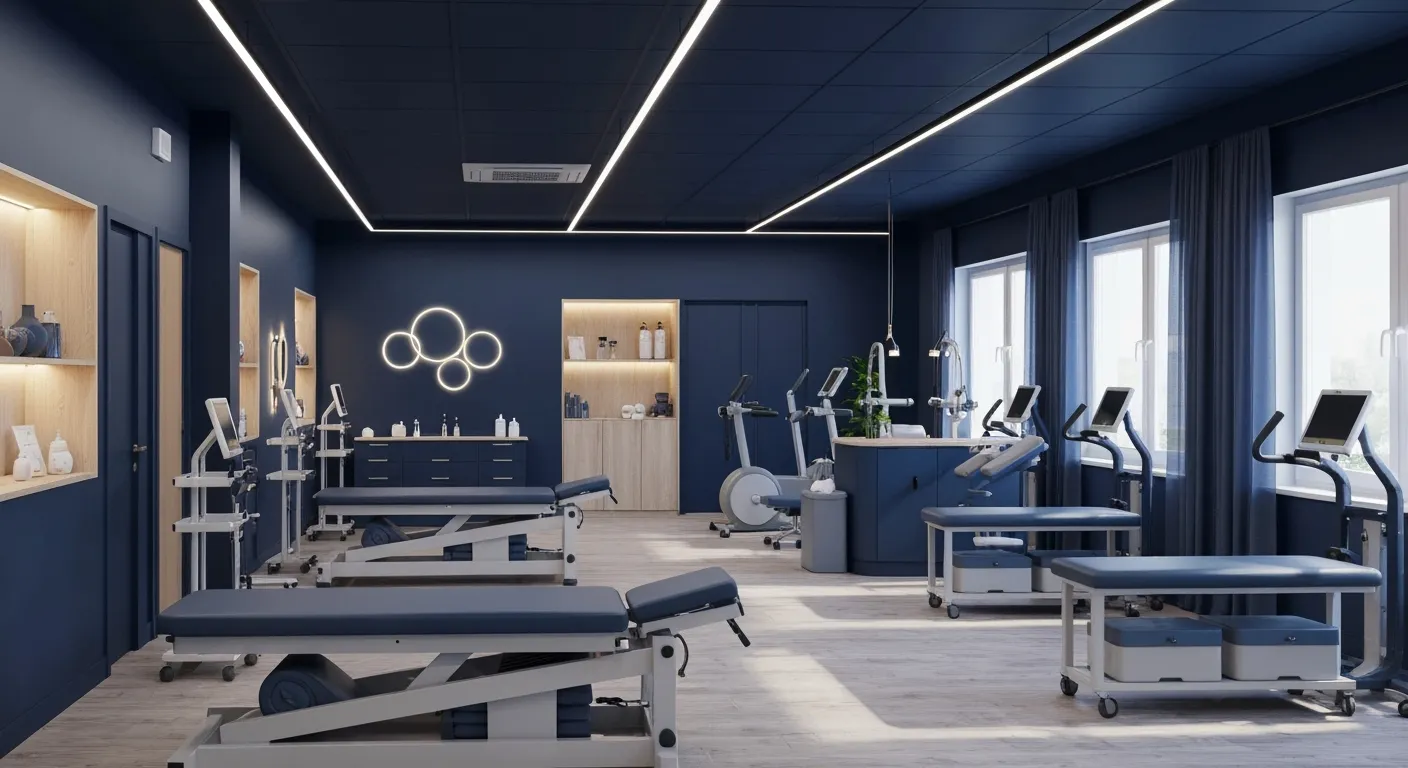
Utilizing Physiotherapy to Enhance Chiropractic Treatment Outcomes

The Key Advantages of Chiropractic Care for Back Pain Sufferers

Why Focusing on Root Causes Improves Pain Treatment Success

Corrective Exercises That Promote Lasting Pain Relief and Mobility
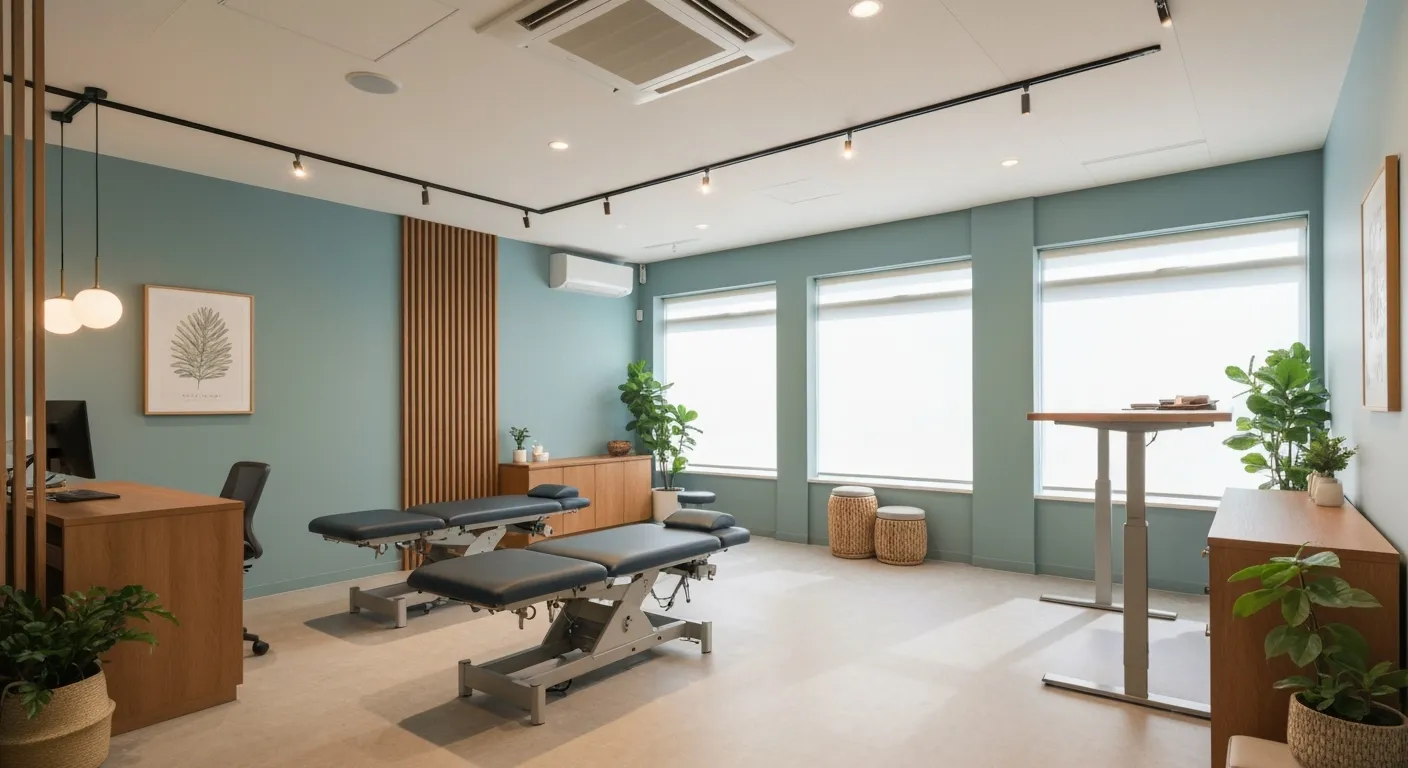
Sciatica Relief Through Targeted Spinal Decompression Techniques
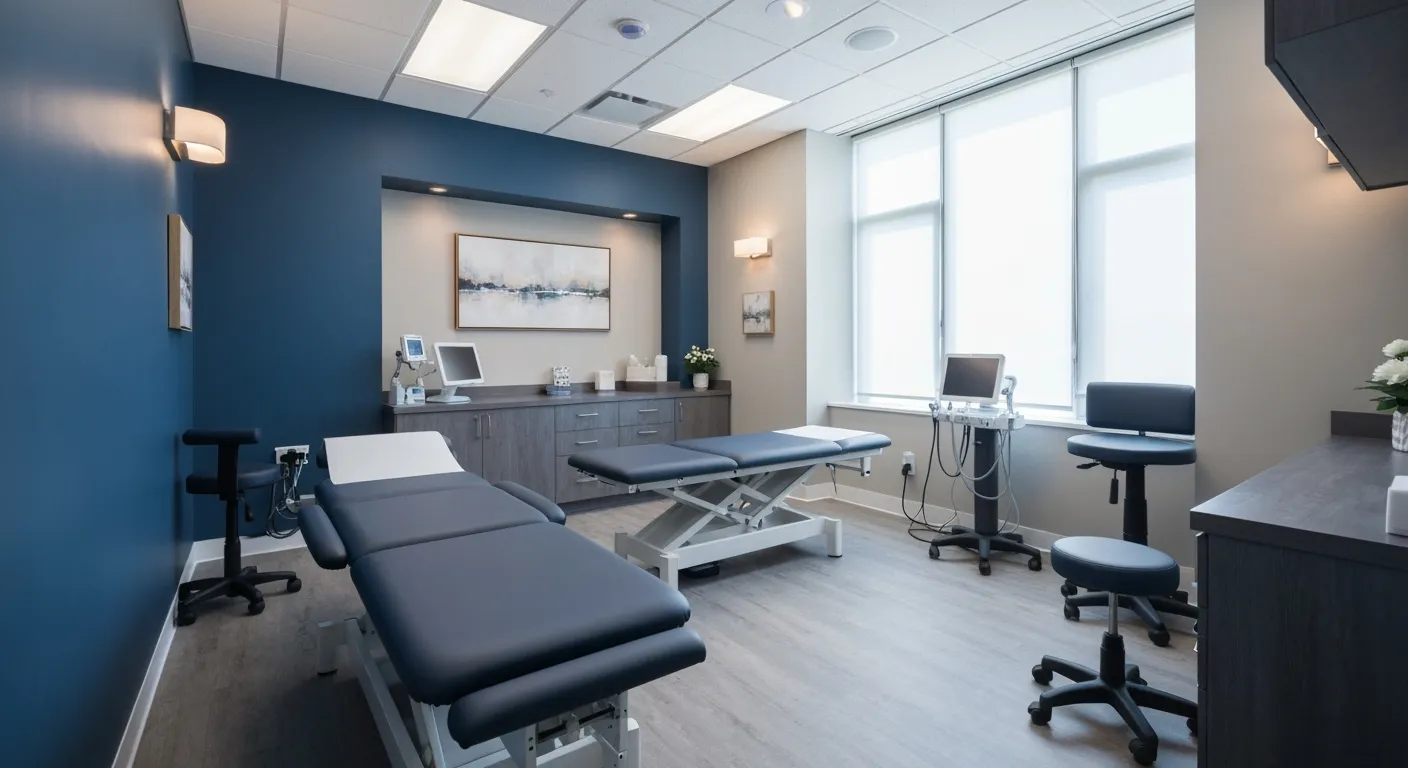
Preparing for Your First Chiropractic Appointment with Confidence
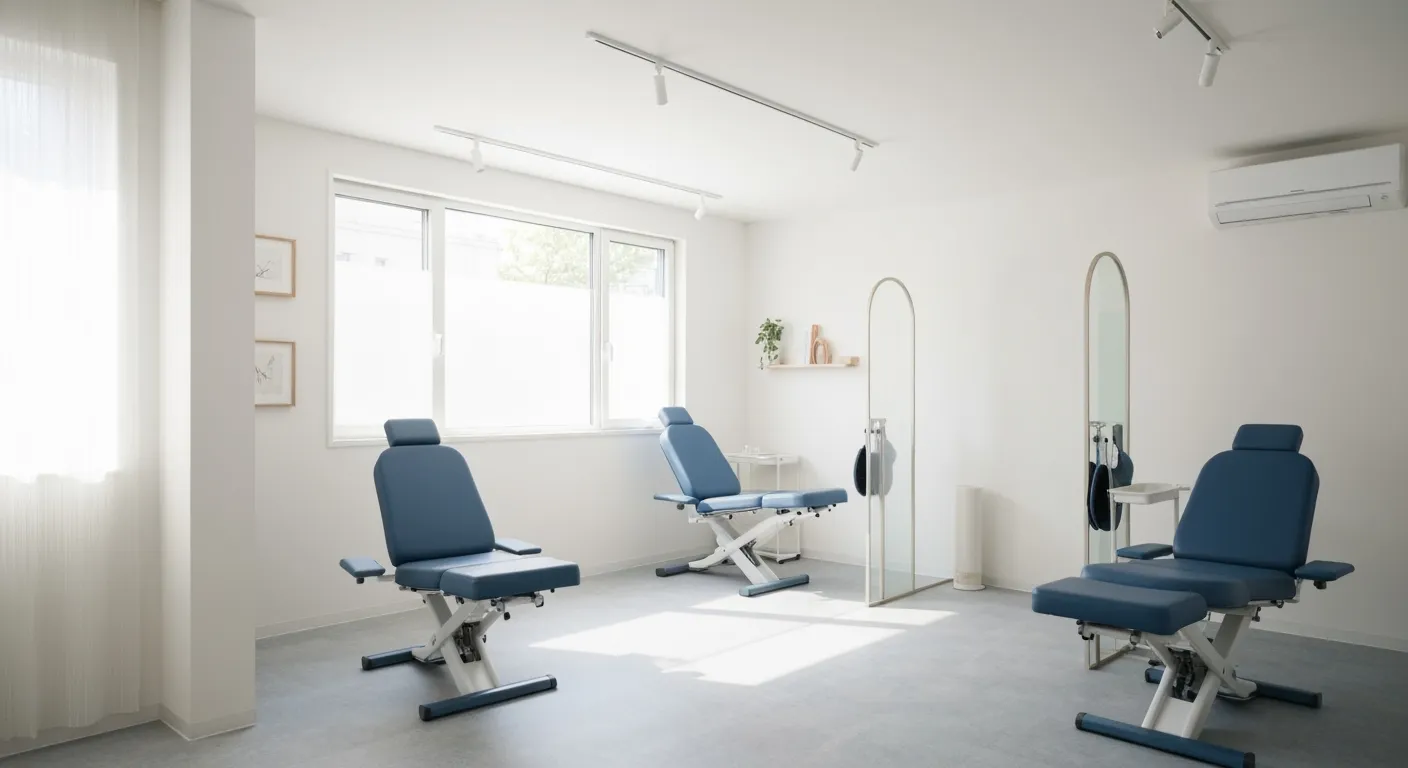
Healthy Lifestyle Habits for Maintaining Spinal Alignment

Success Stories Highlighting Chiropractic's Role in Pain Recovery

Top Benefits of Chiropractic Care for Chronic Back Pain
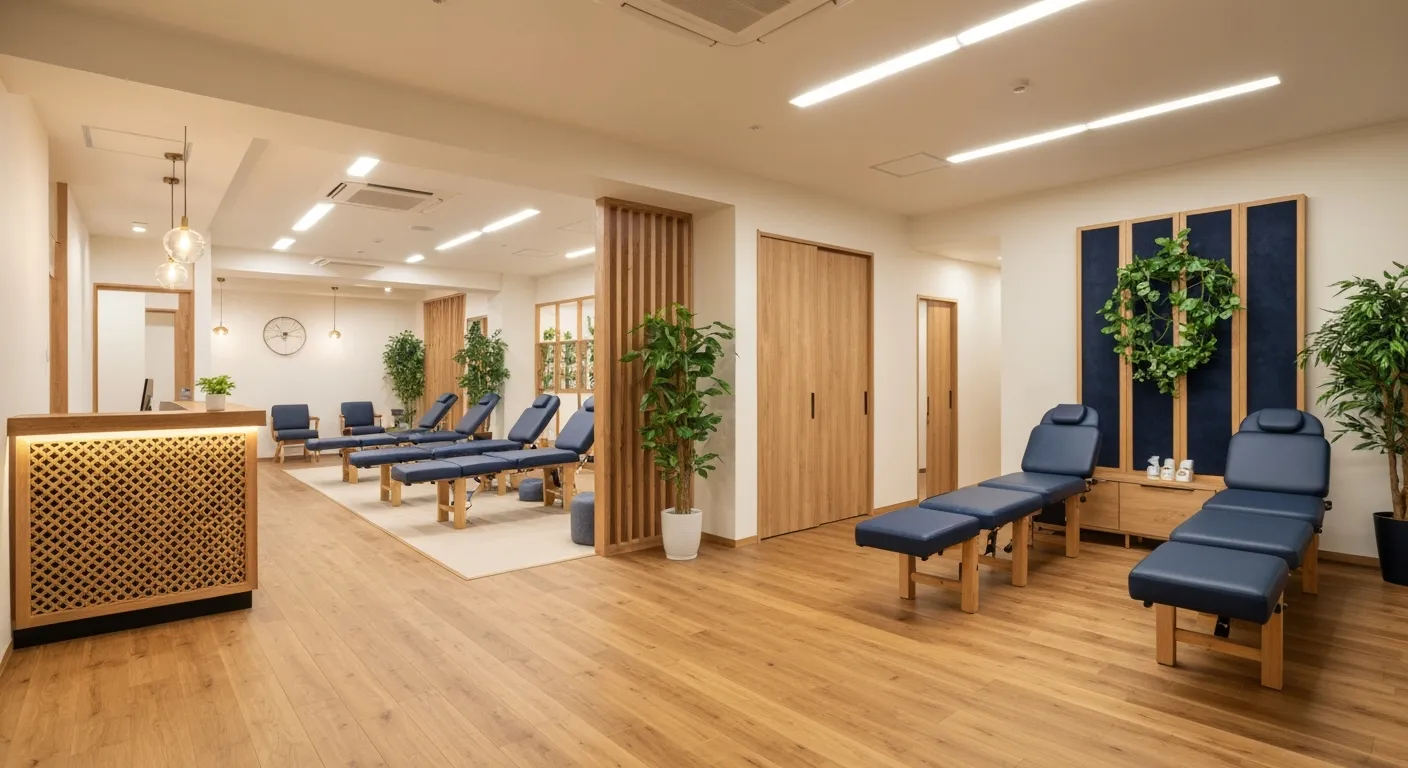
Nutrition Tips to Boost Your Overall Wellness and Recovery

How Chiropractic Care Alleviates Back Pain Naturally
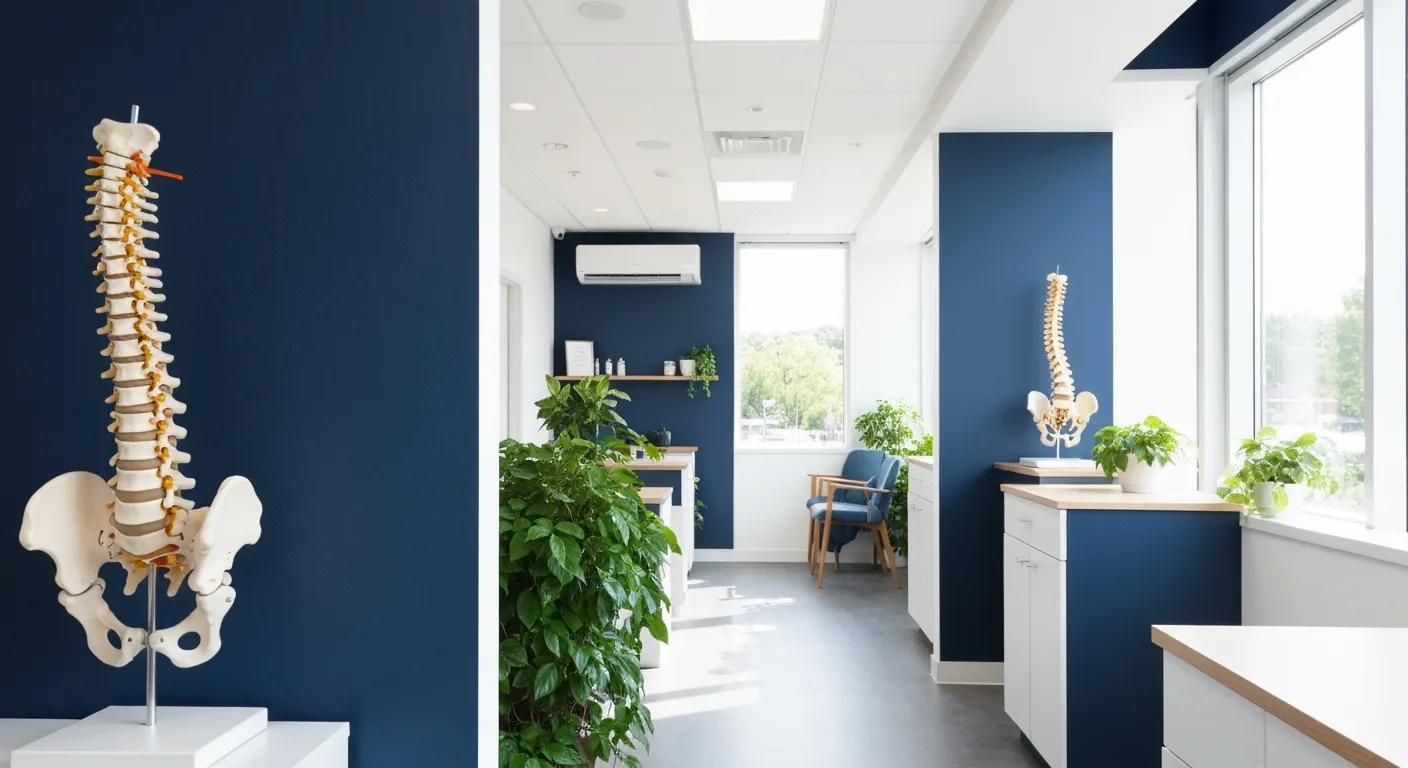
How Nutritional Counseling Supports Overall Wellness and Spine Health
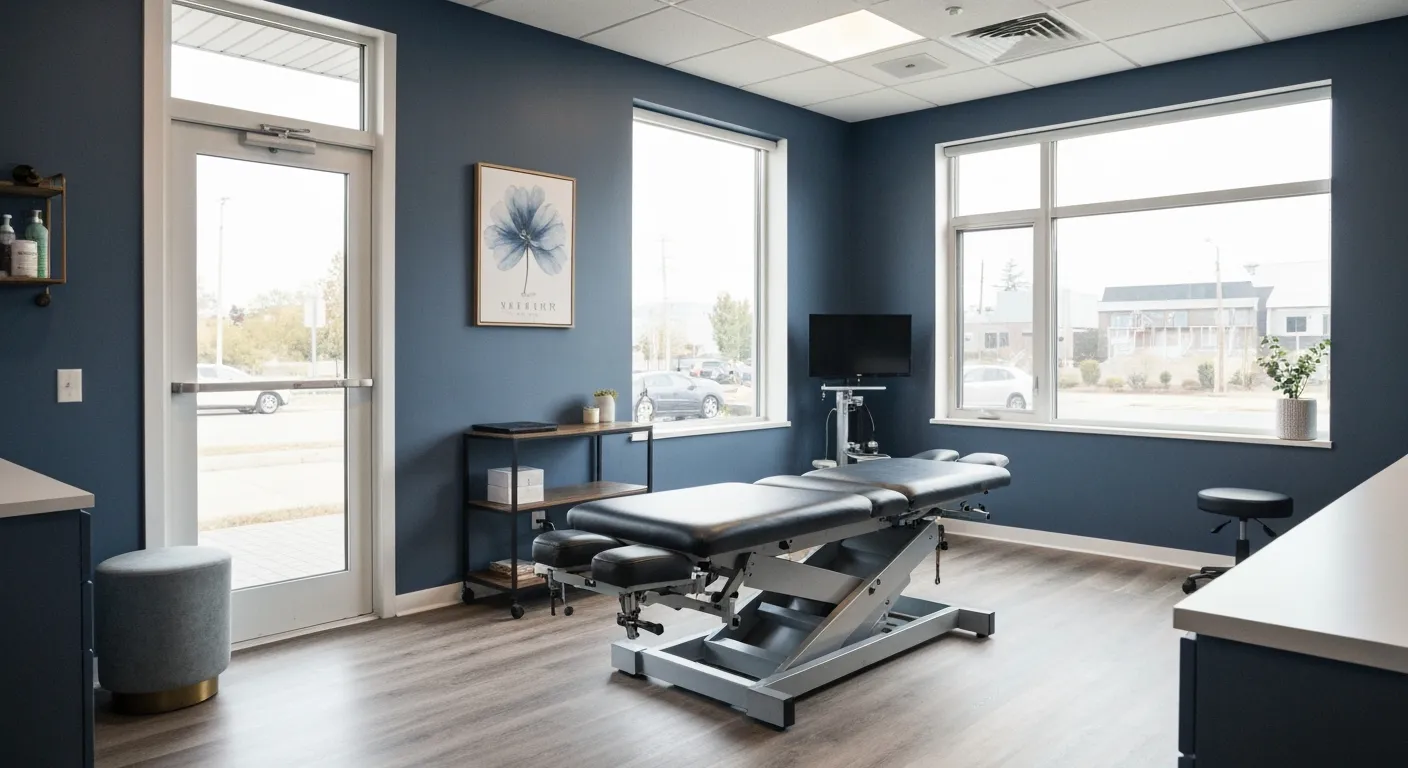
Step-by-Step Guide to Your First Visit with a Chiropractor
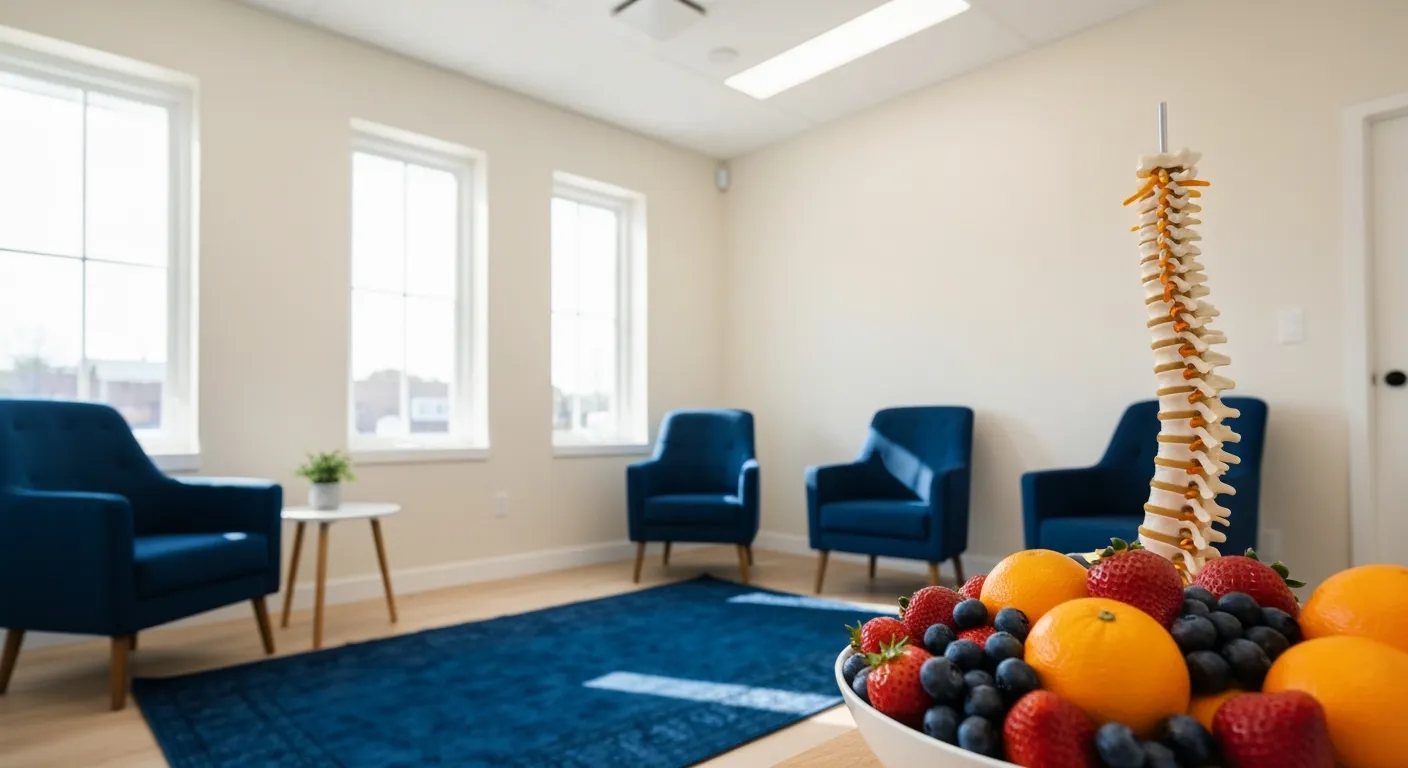
Using Nutrition to Support Chiropractic and Overall Wellness

Integrating Physiotherapy in Your Chiropractic Healing Journey

How Physiotherapy Complements Chiropractic Adjustments for Faster Healing
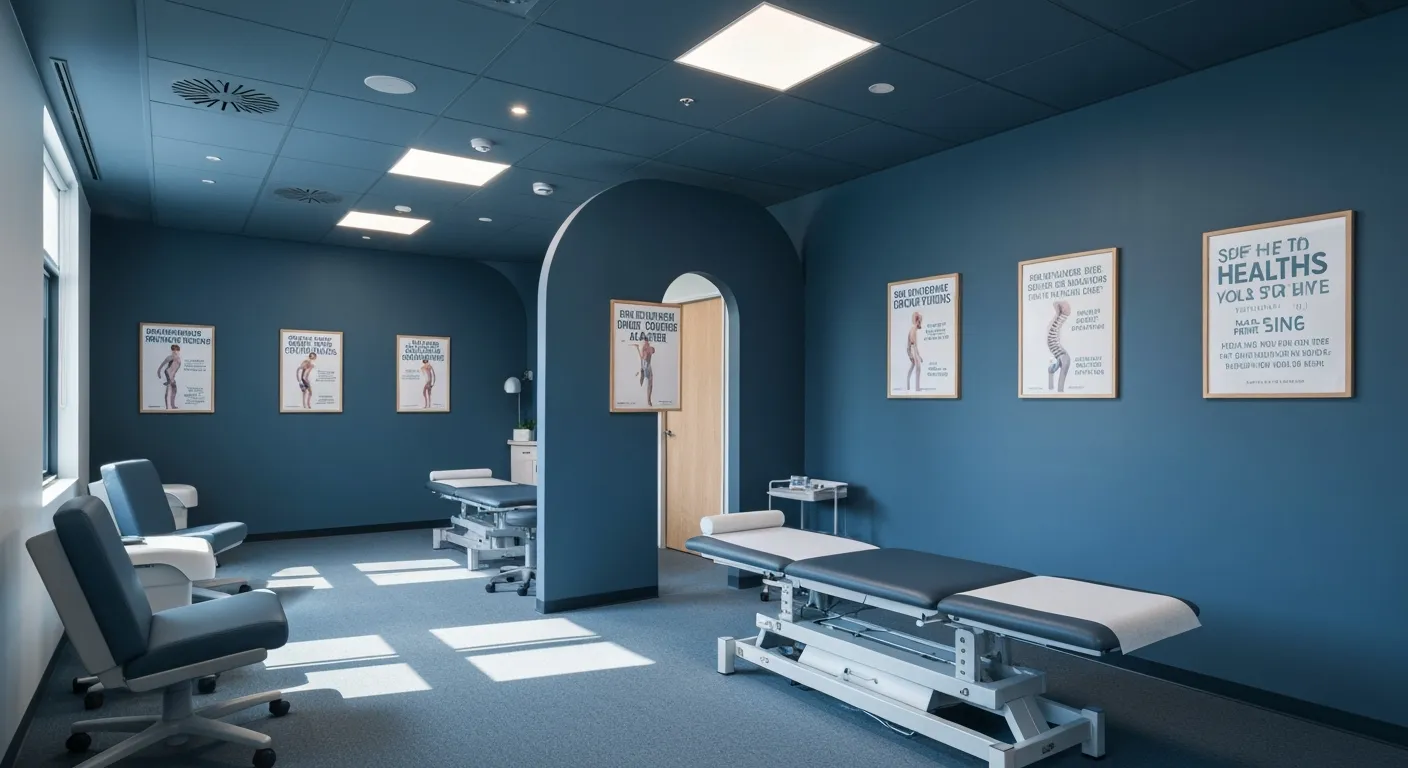
Lifestyle Tips for Maintaining a Healthy Spine and Preventing Back Pain
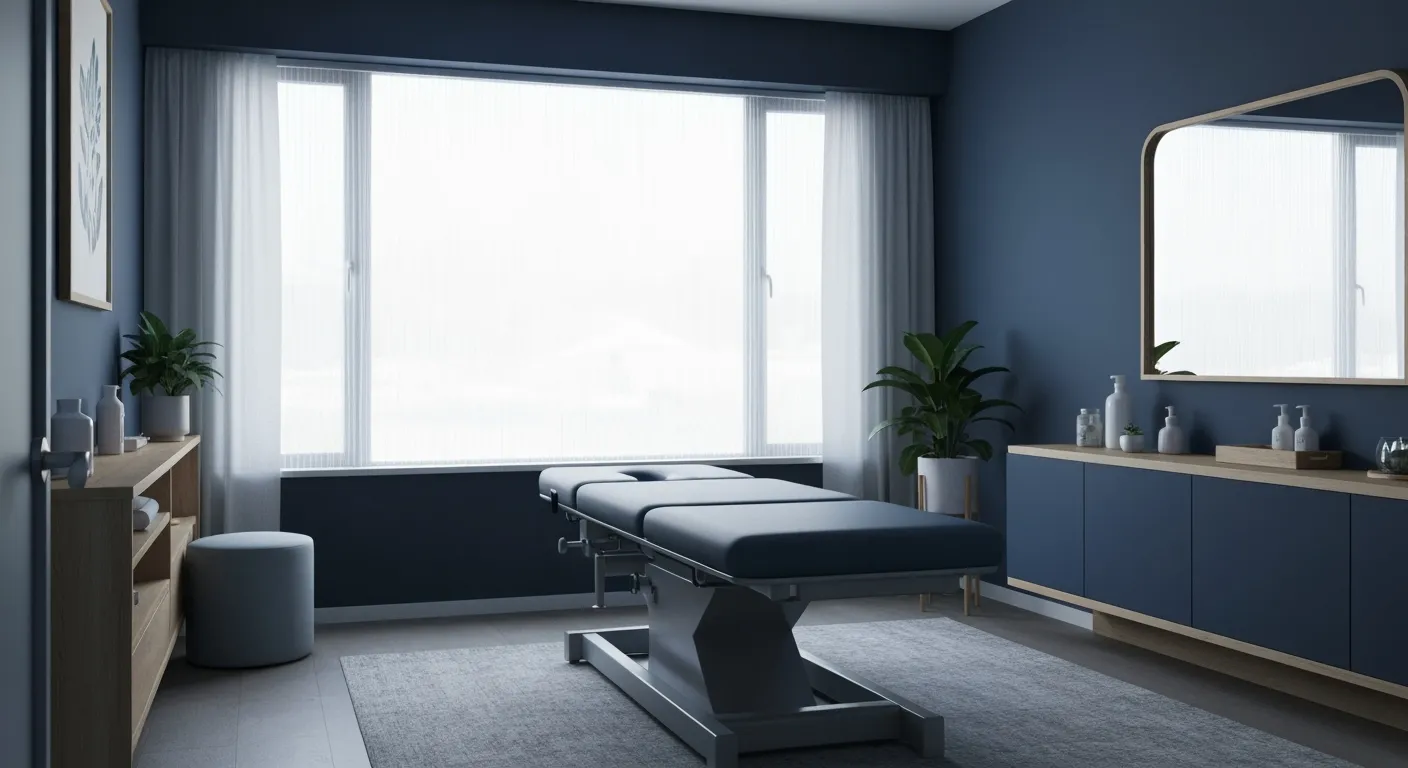
Heartwarming Patient Testimonials Highlighting Chiropractic Success

How Proper Nutrition Supports Chiropractic and Physiotherapy Treatments
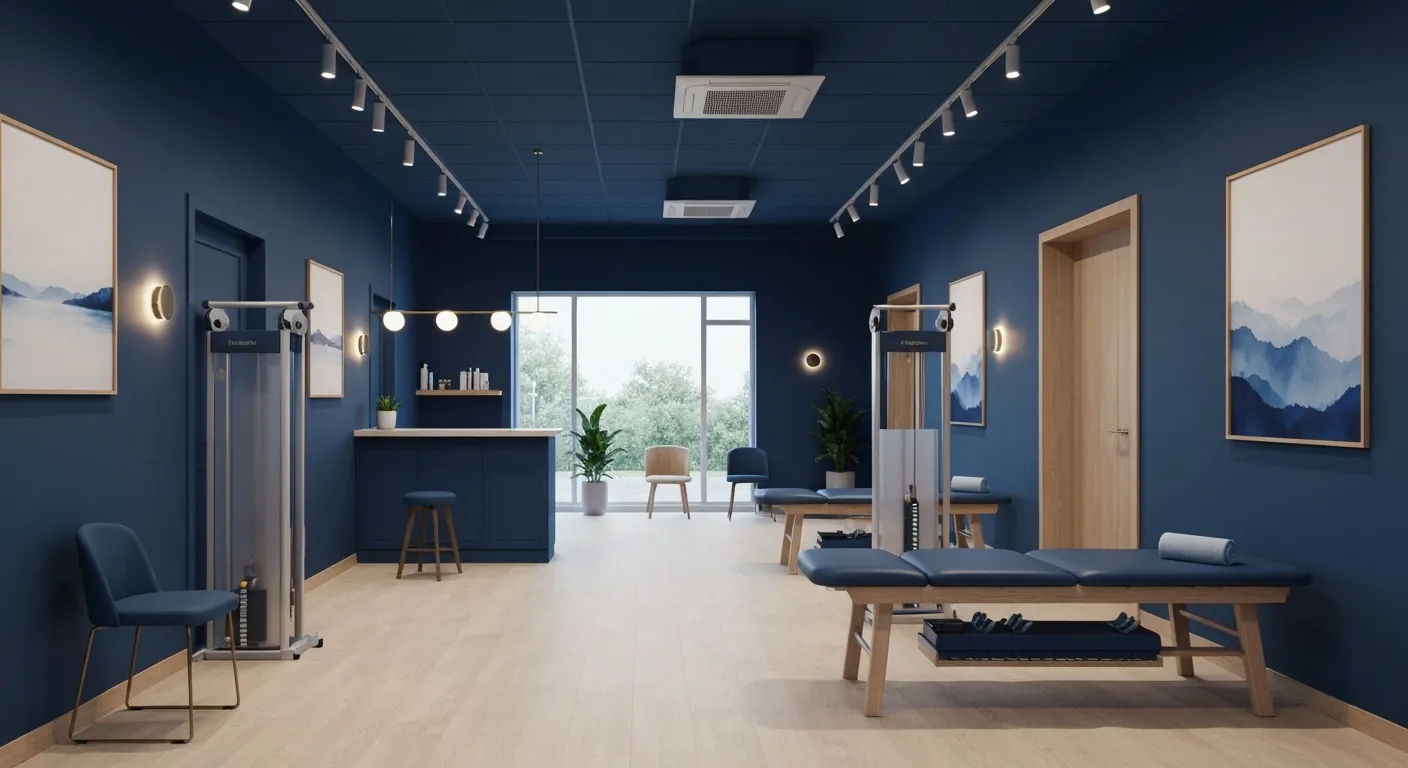
Combining Physiotherapy and Chiropractic Treatments for Optimal Recovery
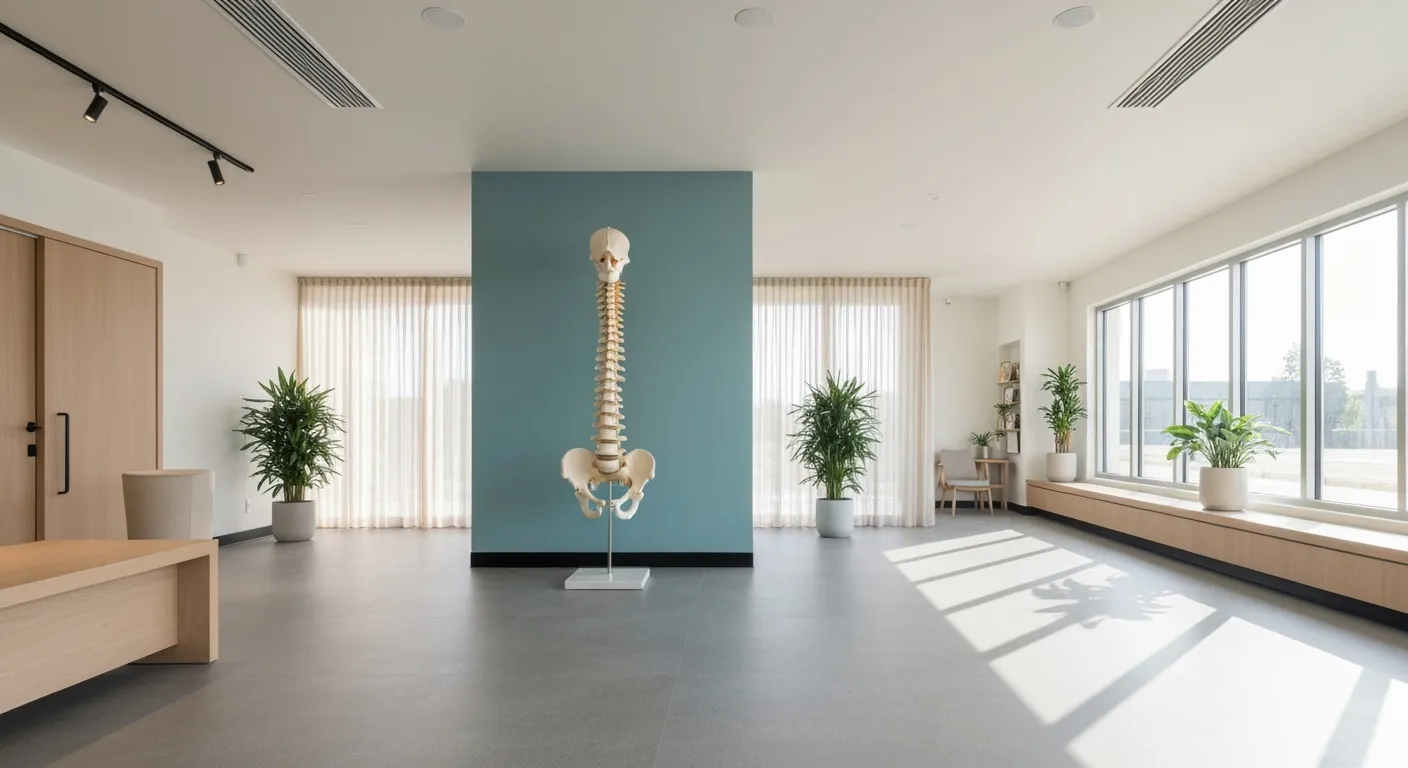
Why Chiropractic Treatments Are Effective for Managing Back Pain
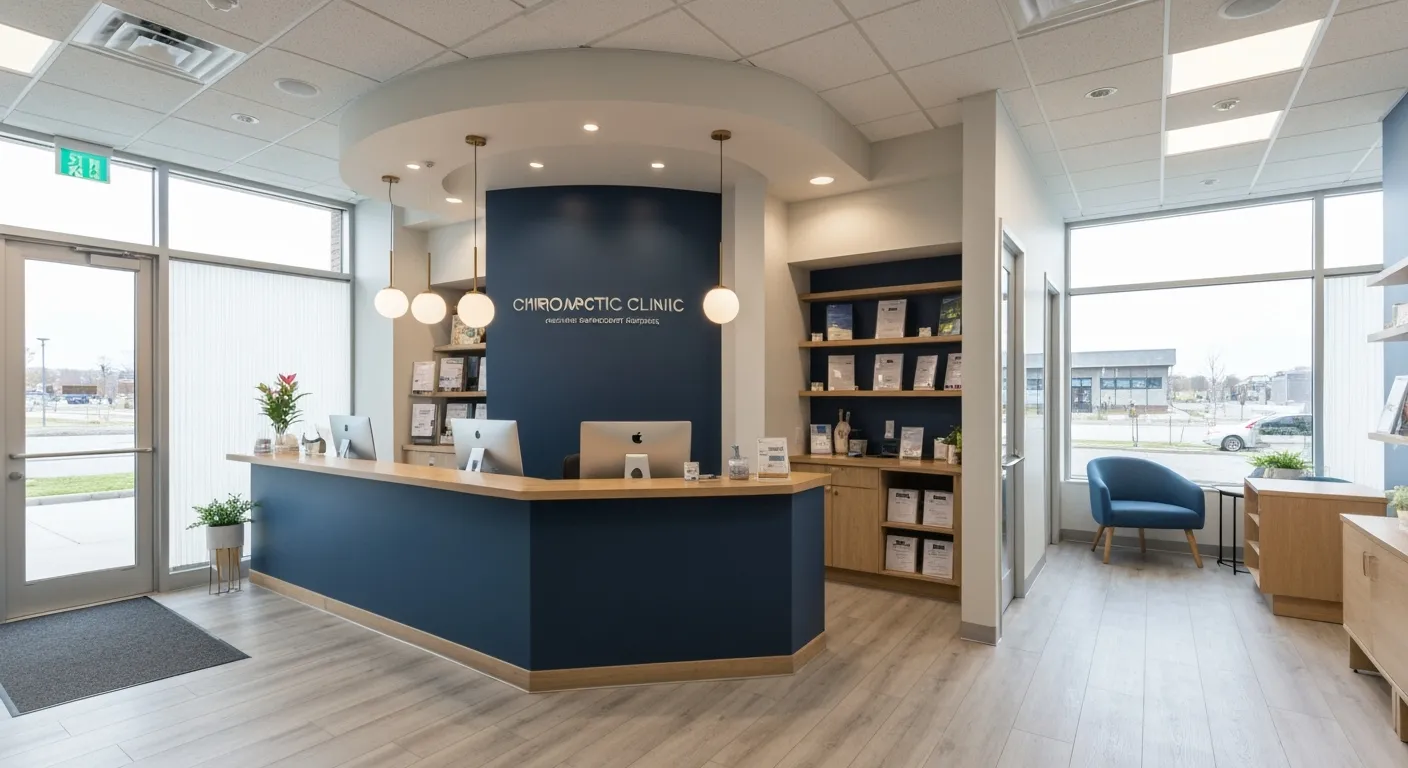
Choosing a Chiropractor: Tips for Finding a Trusted Provider
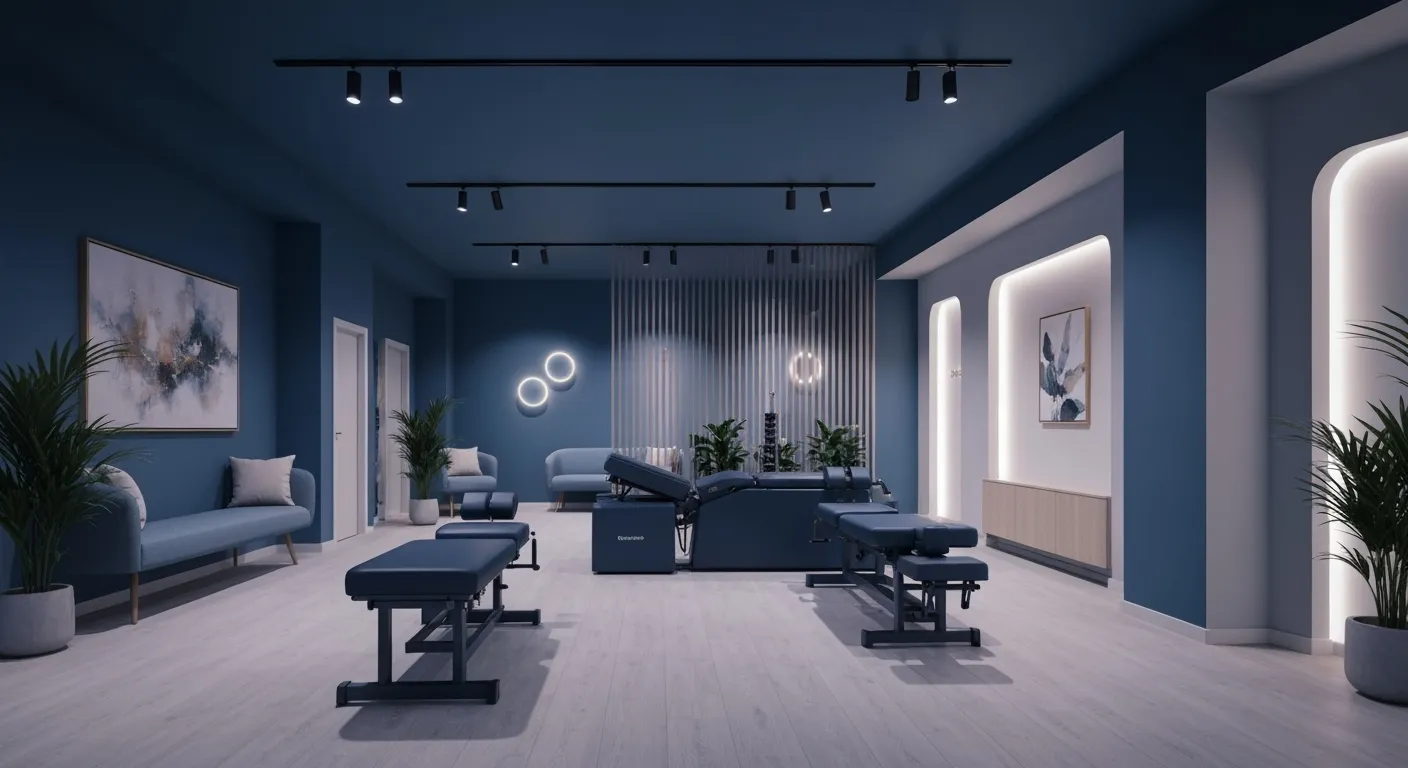
Integrating Physiotherapy and Chiropractic: Benefits and What to Expect

How Tailored Corrective Exercises Can Aid in Pain Management
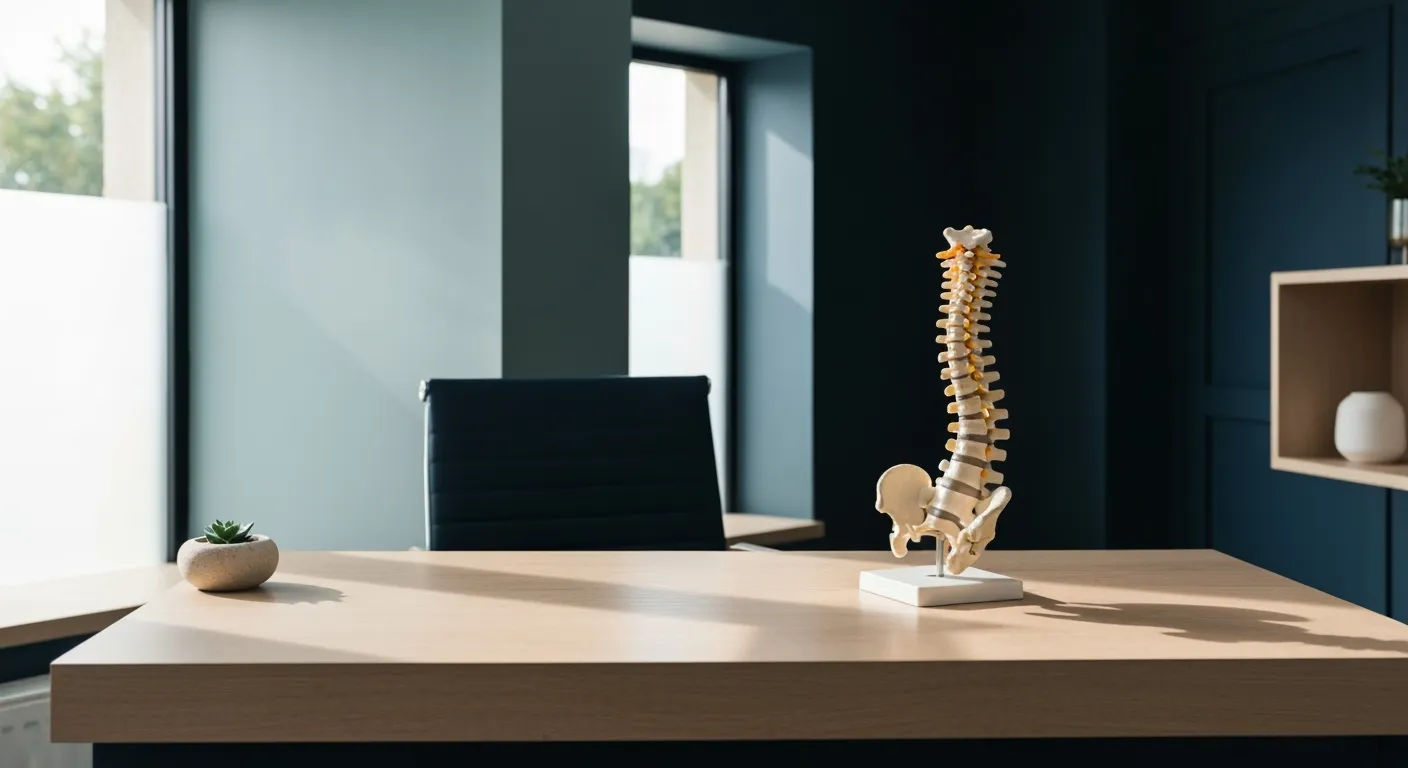
Chiropractic Care: A Proven Solution for Alleviating Back Pain

What to Expect at Your First Chiropractic Visit: A Comprehensive Guide

The Importance of Root Cause Analysis in Effective Pain Management
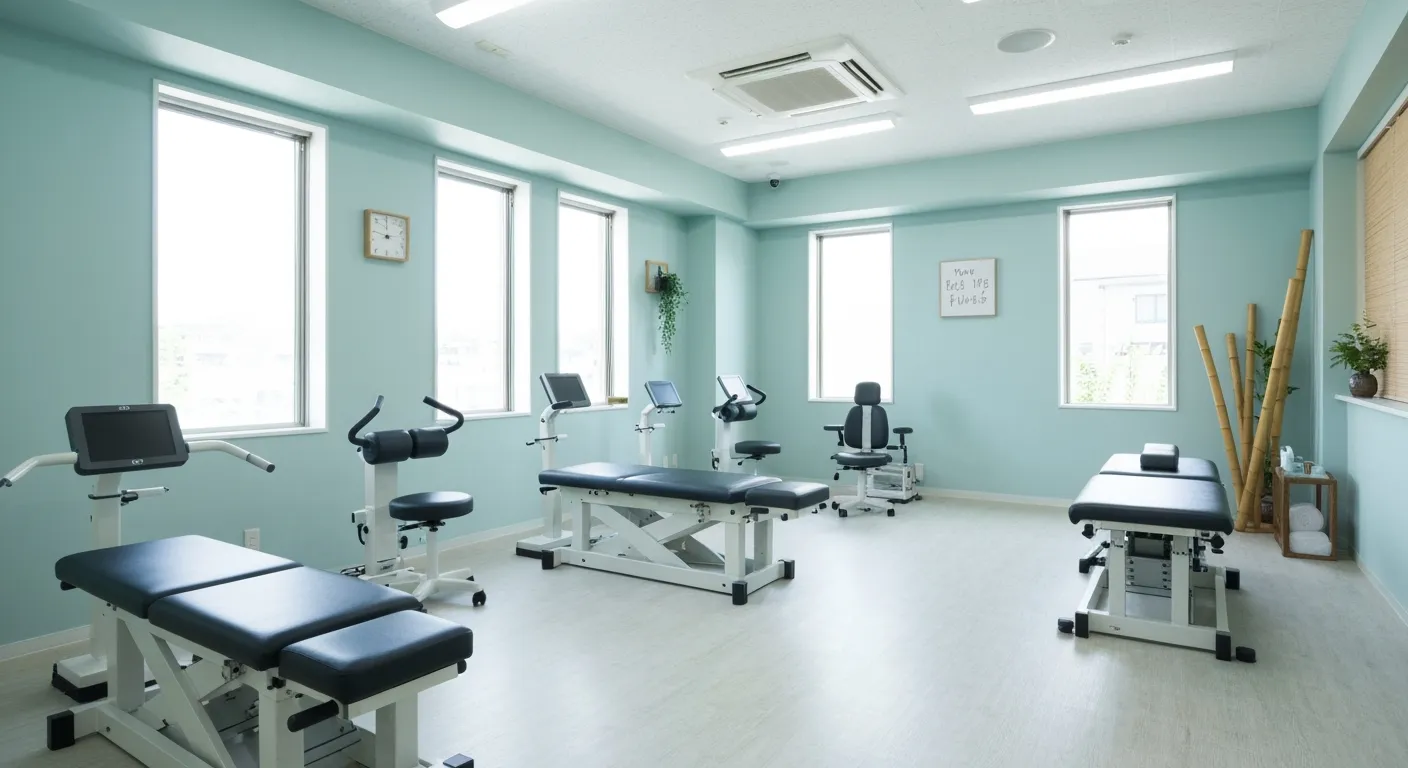
The Role of Corrective Exercises in Sustaining Pain-Free Living

Combining Chiropractic and Physiotherapy for Comprehensive Pain Relief
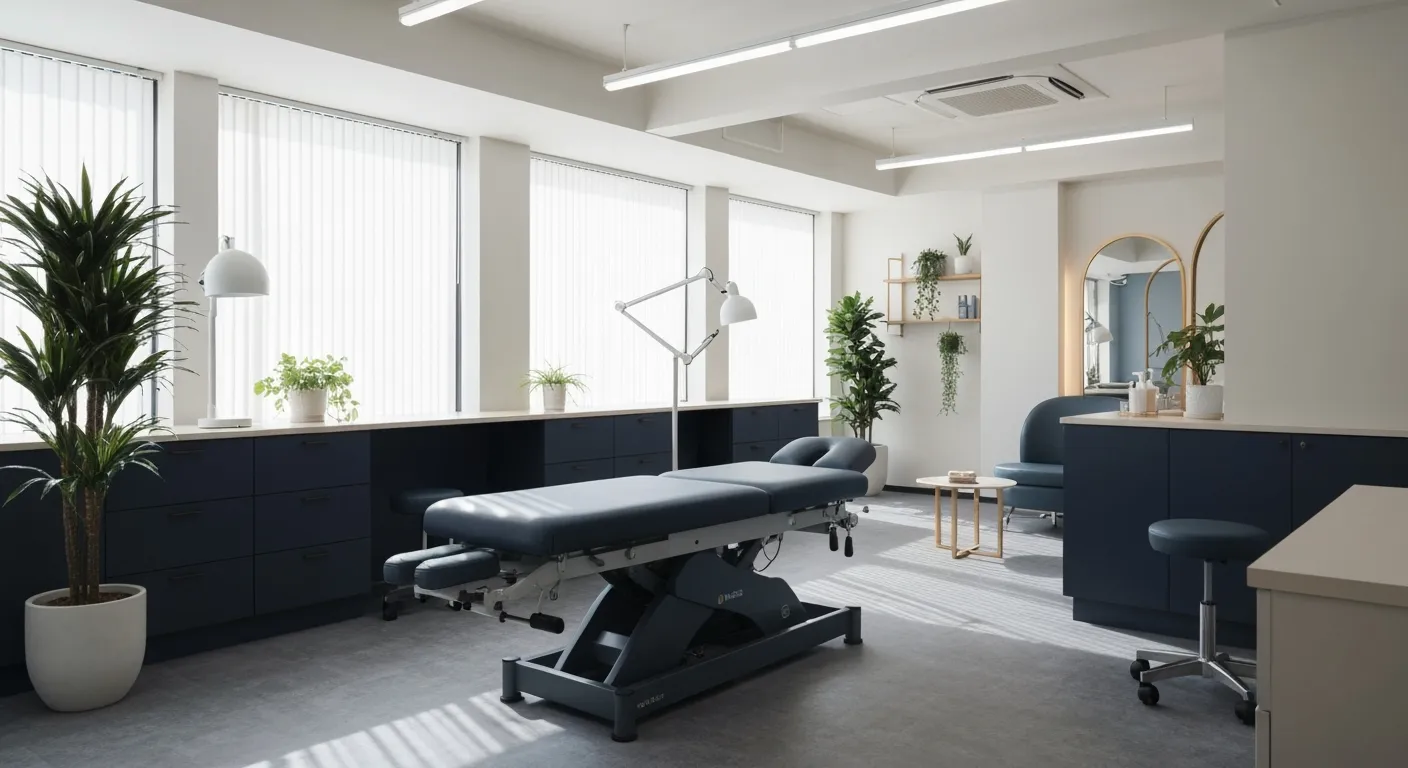
How Addressing Underlying Causes Improves Pain Treatment Effectiveness
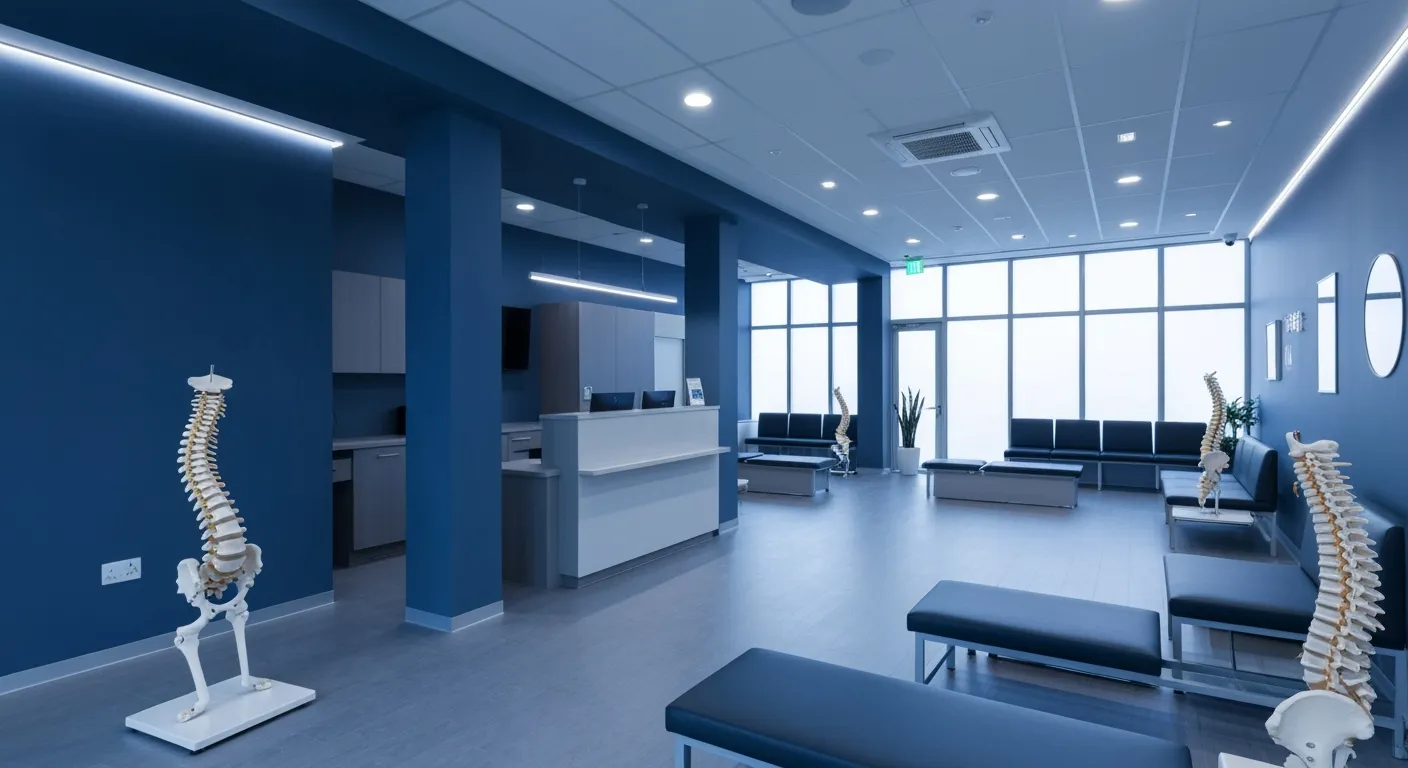
Maintaining Spinal Health Through Lifestyle Changes and Preventive Care
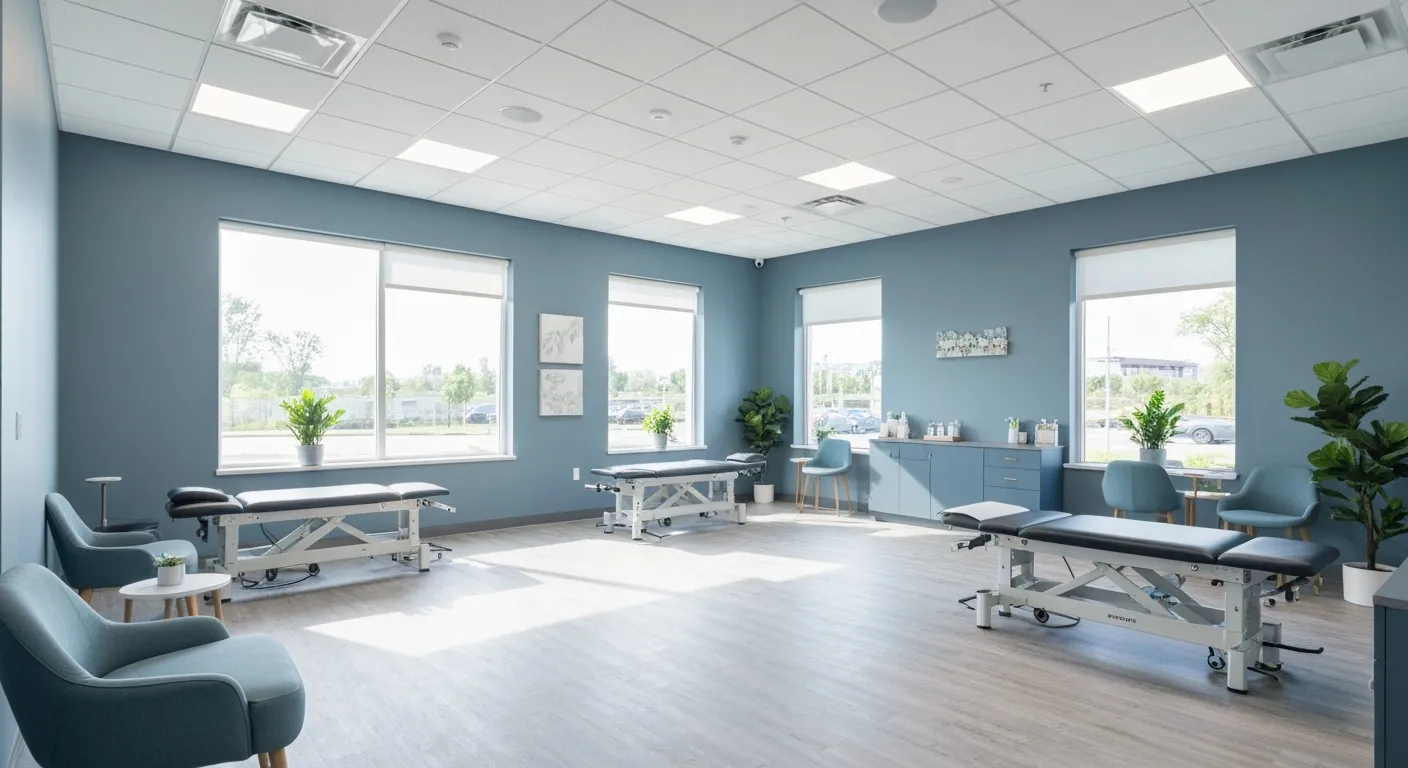
Understanding the Benefits of Chiropractic Adjustments for Back Pain Sufferers

Spinal Decompression Therapy: A New Hope for Sciatica Relief

Lifestyle Recommendations to Support a Healthy Spine and Reduce Pain
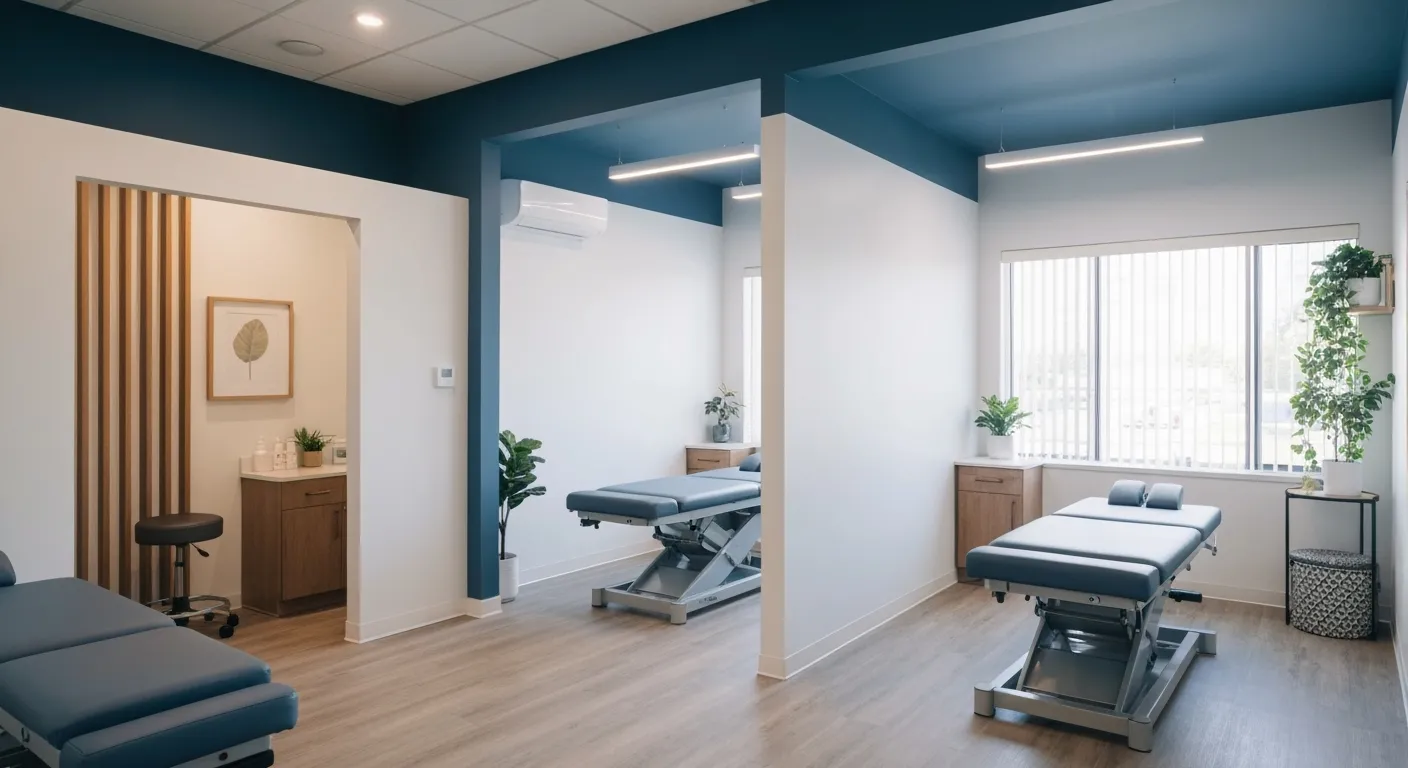
Choosing the Right Chiropractor: Key Factors to Consider Before Your First Appointment
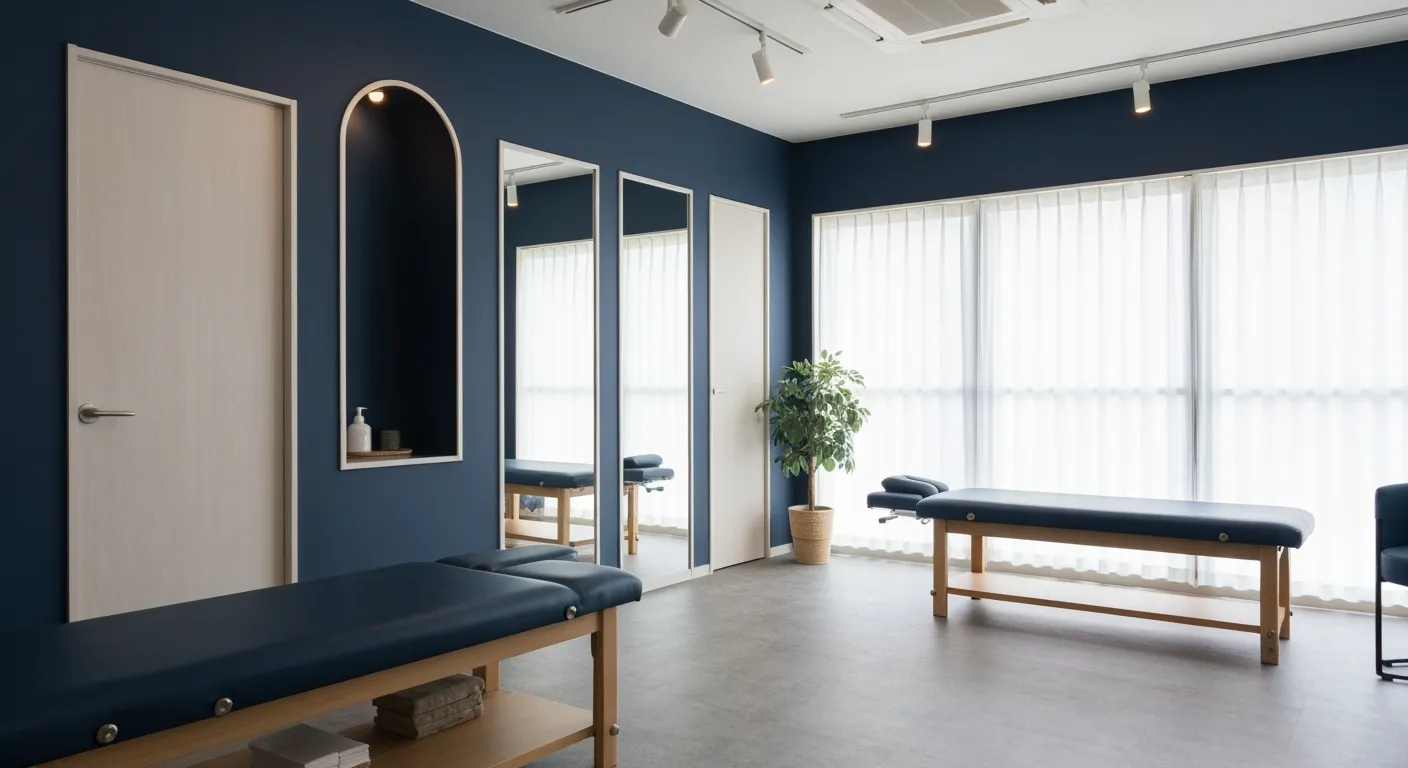
Non-Invasive Treatment Alternatives: A Holistic Approach to Pain Relief

Corrective Exercises to Support Long-Term Relief from Chronic Pain

Exploring Non-Surgical Approaches to Spine Health and Wellness

Tips for Daily Habits That Keep Your Spine Strong

Success Stories: How Chiropractic Treatments Changed Lives

Why Focusing on the Root Cause of Pain Leads to Better Outcomes
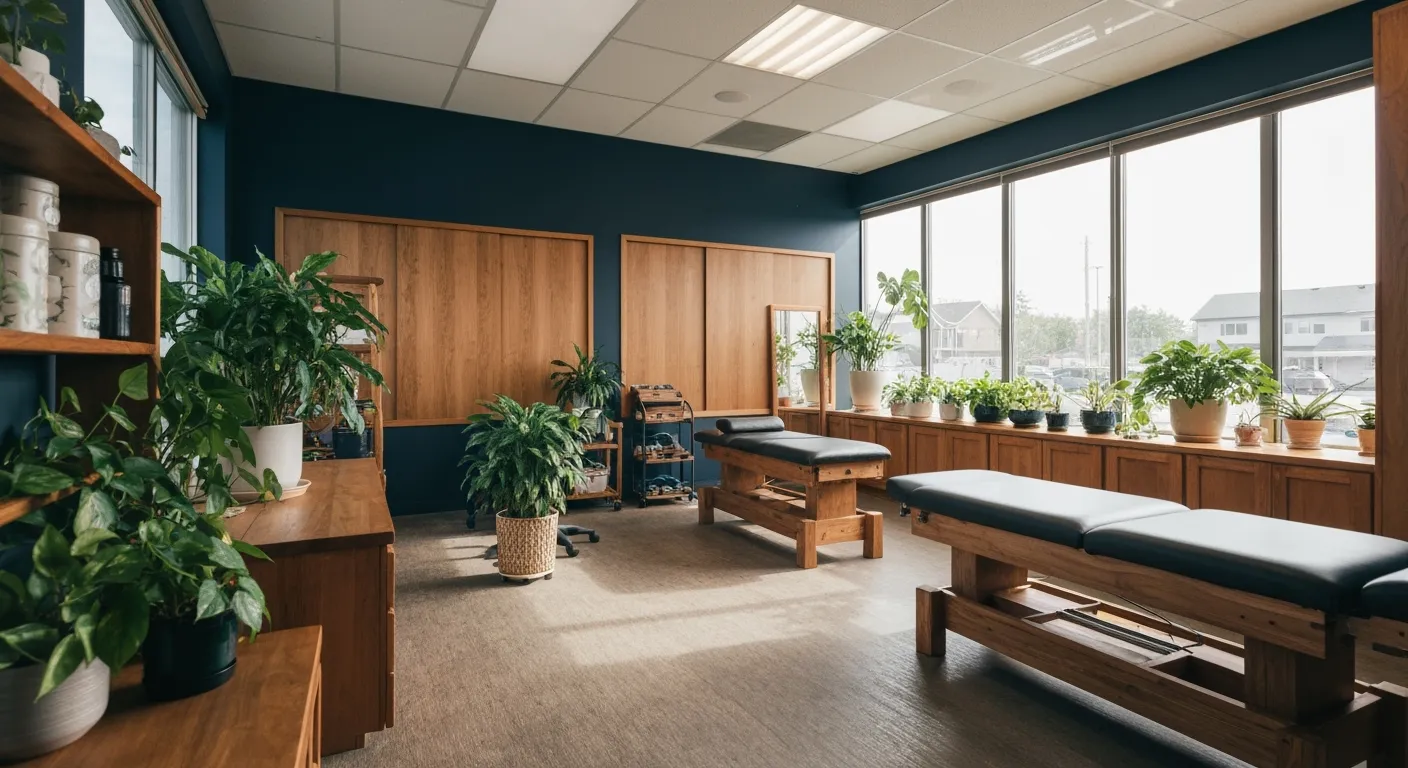
Nutritional Counseling and Its Impact on Overall Wellness and Recovery

Patient Testimonials That Showcase the Power of Chiropractic Care
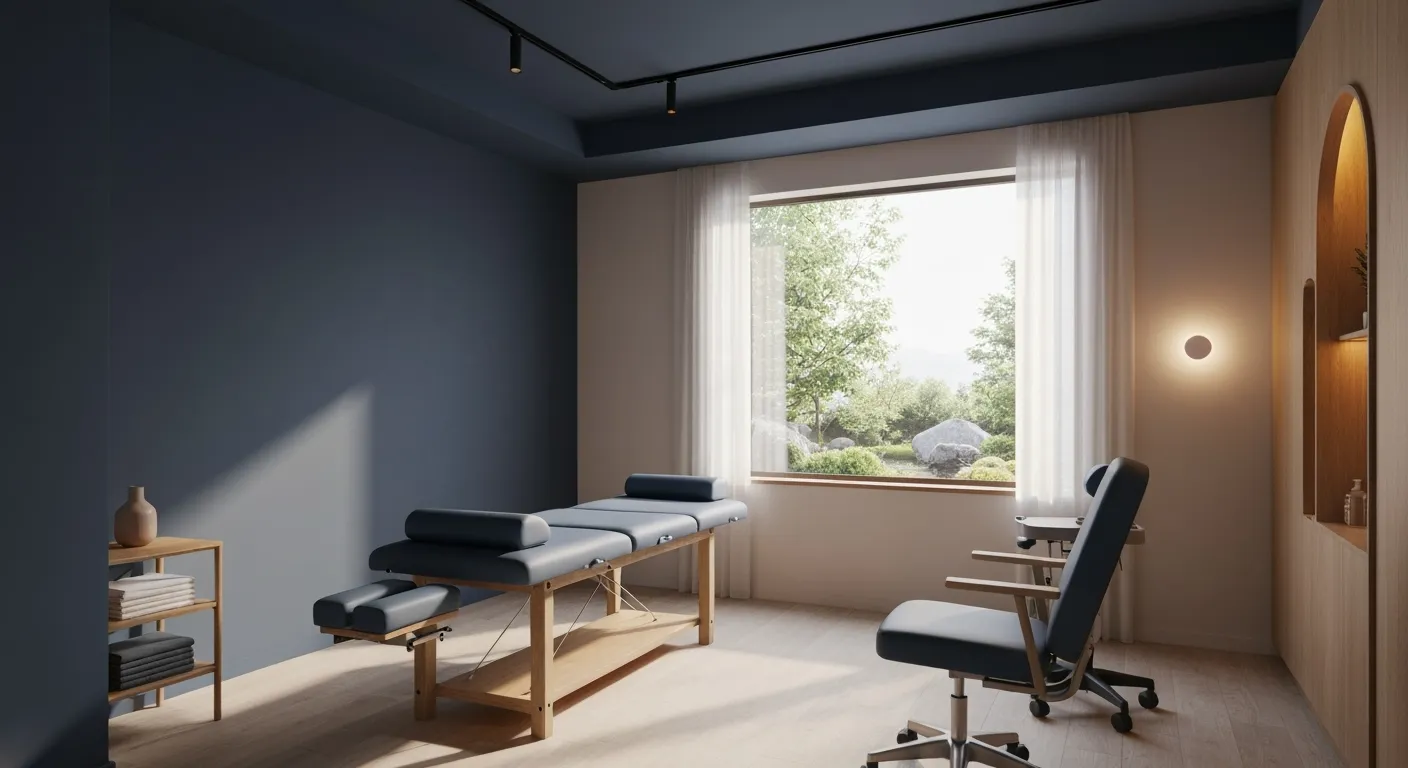
Preparing for Your First Chiropractic Appointment: What You Need to Know
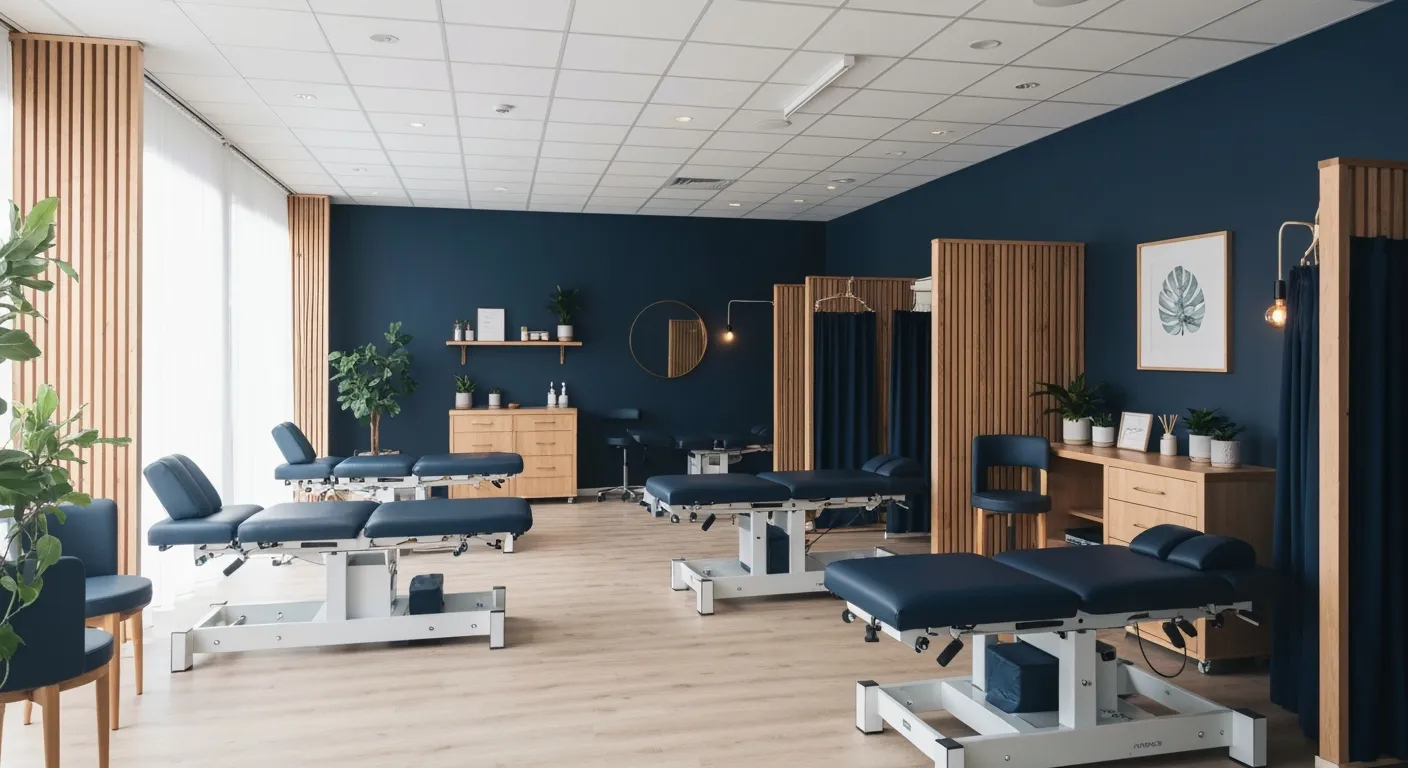
Holistic Treatment Options: Beyond Surgery for Pain Relief
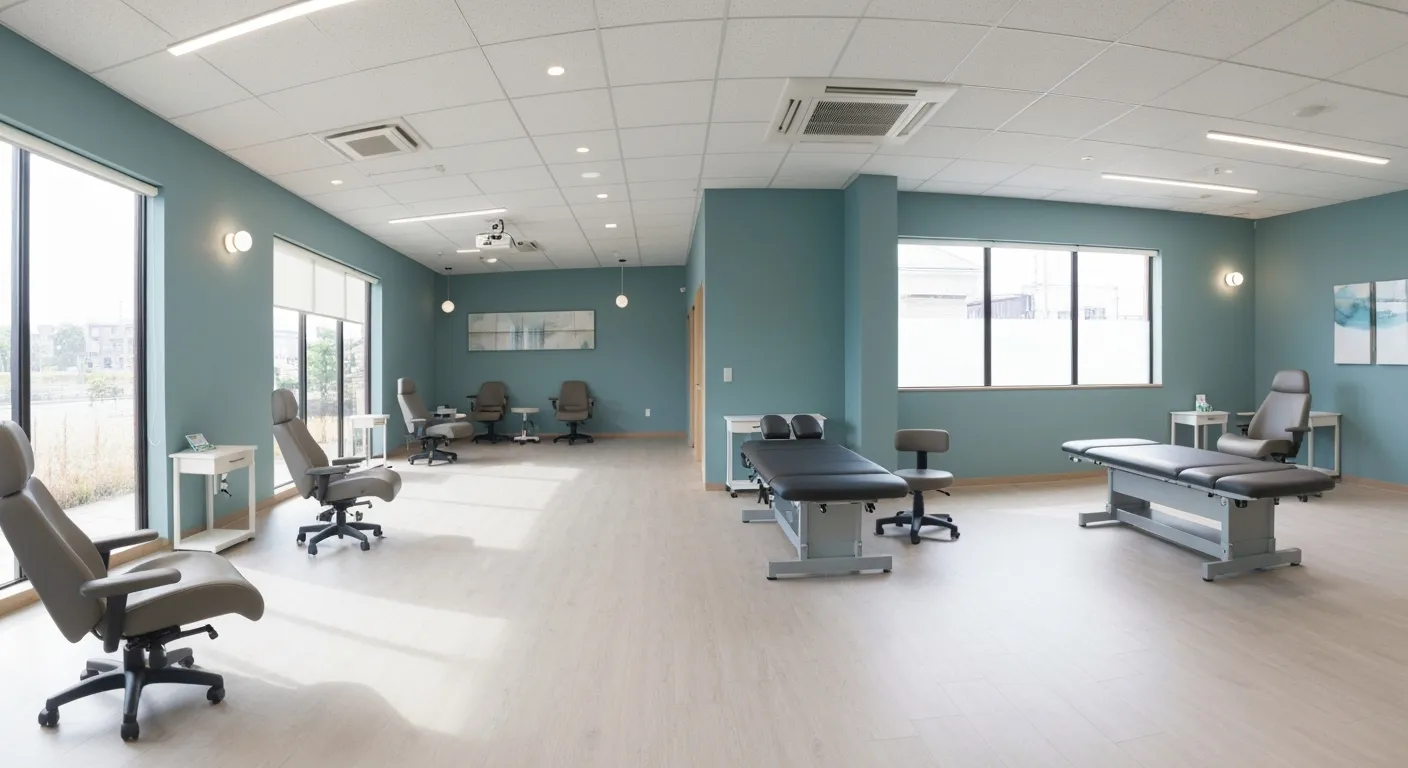
Holistic Pain Relief Methods That Avoid Surgery

Nutritional Strategies for Supporting Spine Health and Recovery
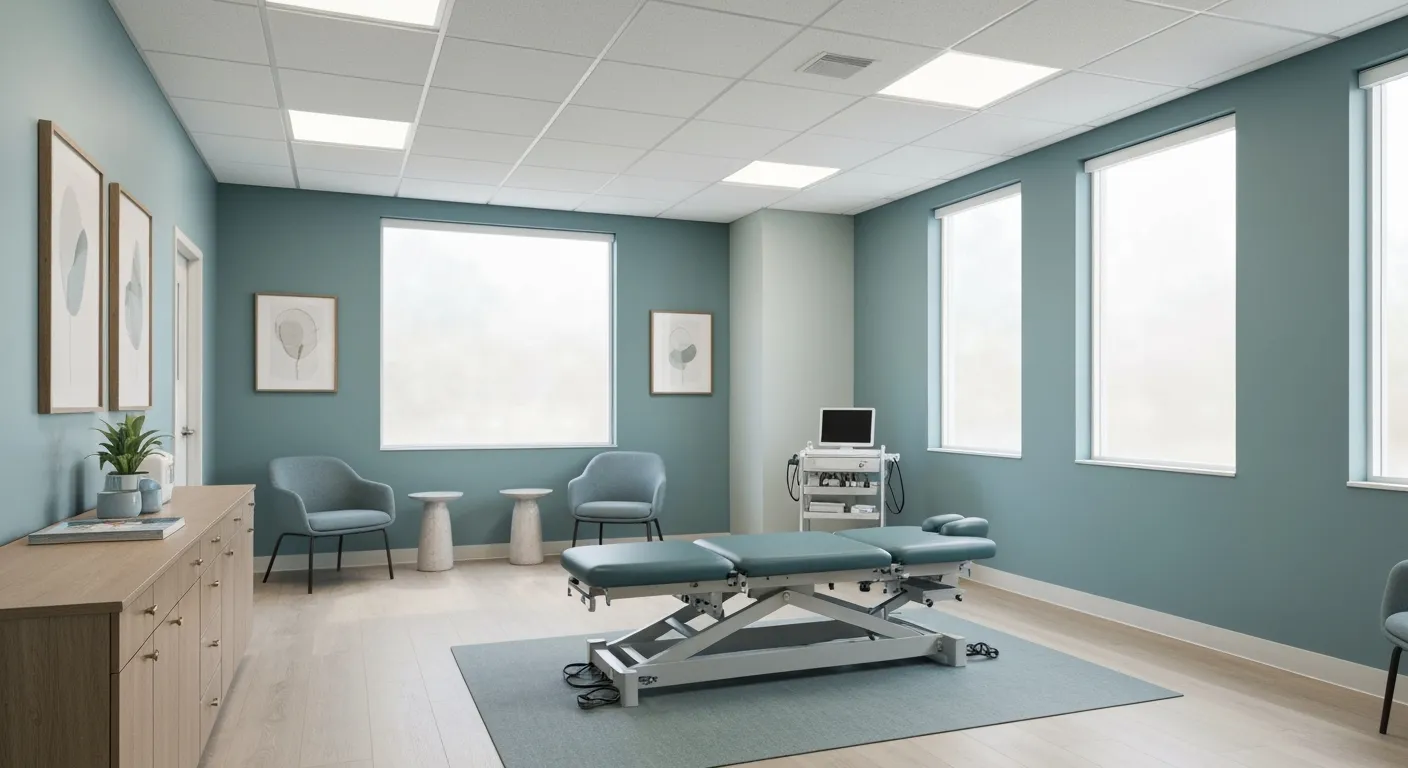
First Chiropractic Visit: What Happens and How to Prepare
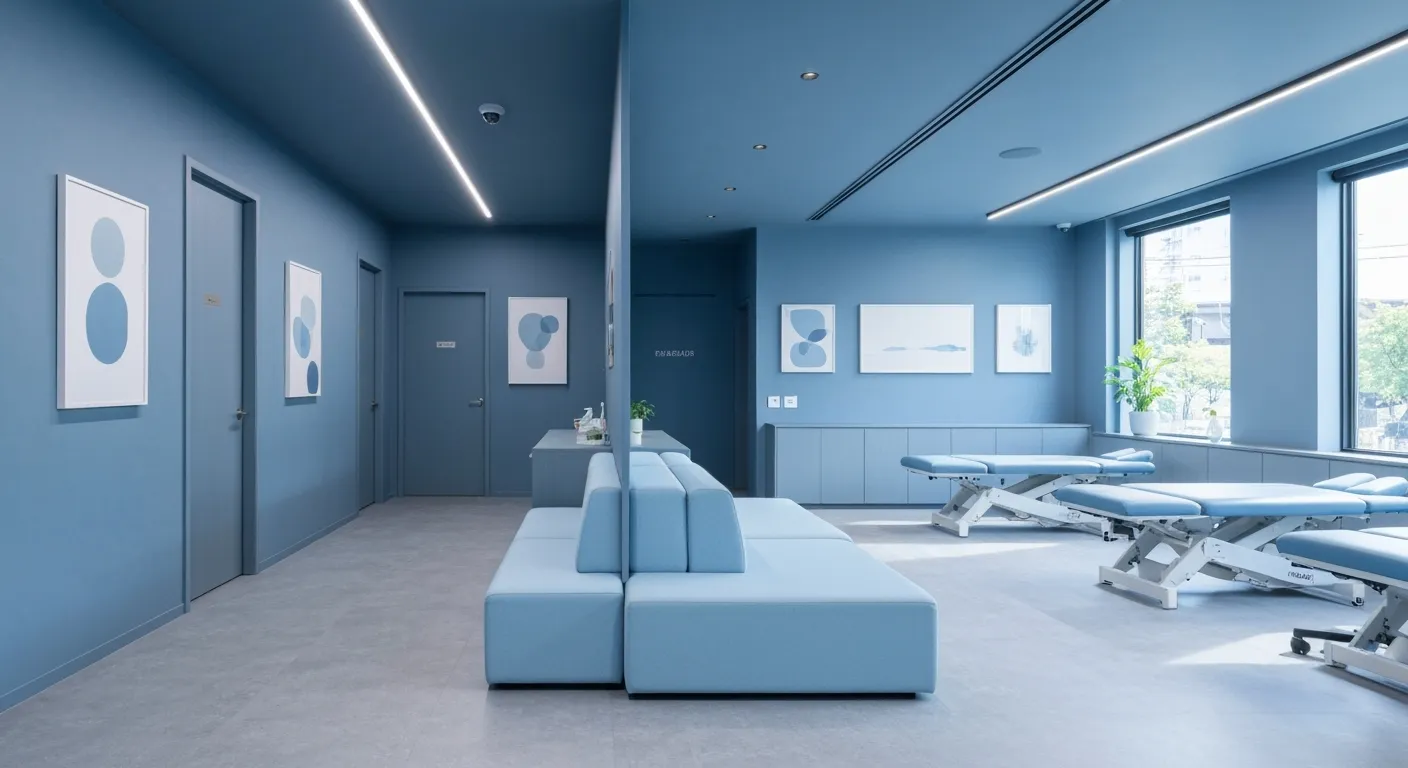
Chiropractic Patient Success Stories: Inspiring Journeys to Wellness

Effectiveness of Spinal Decompression Therapy in Managing Sciatic Nerve Pain
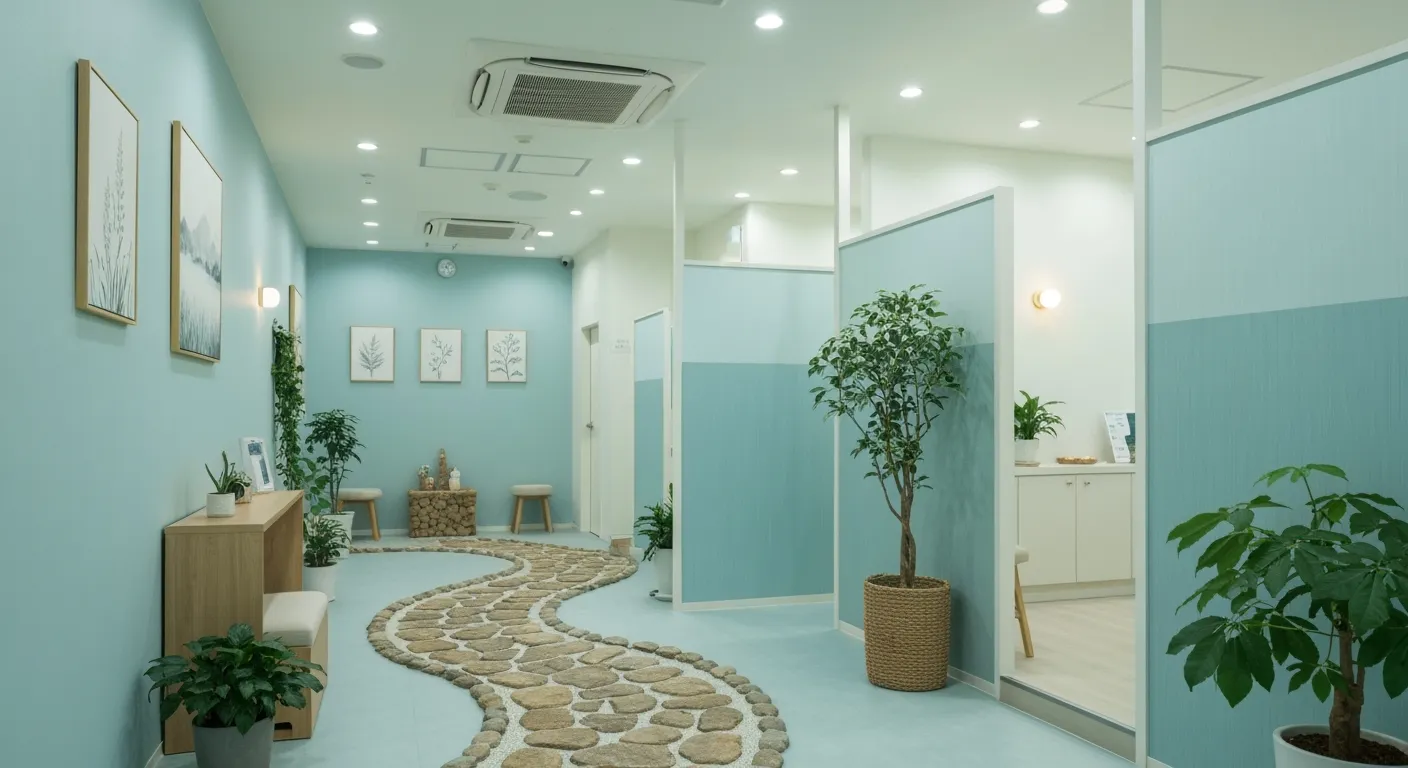
Addressing Pain at Its Source: Why Treating the Root Cause Matters

Corrective Exercise Programs Designed for Long-Term Pain Prevention

Healthy Lifestyle Advice for Maintaining Spinal Alignment
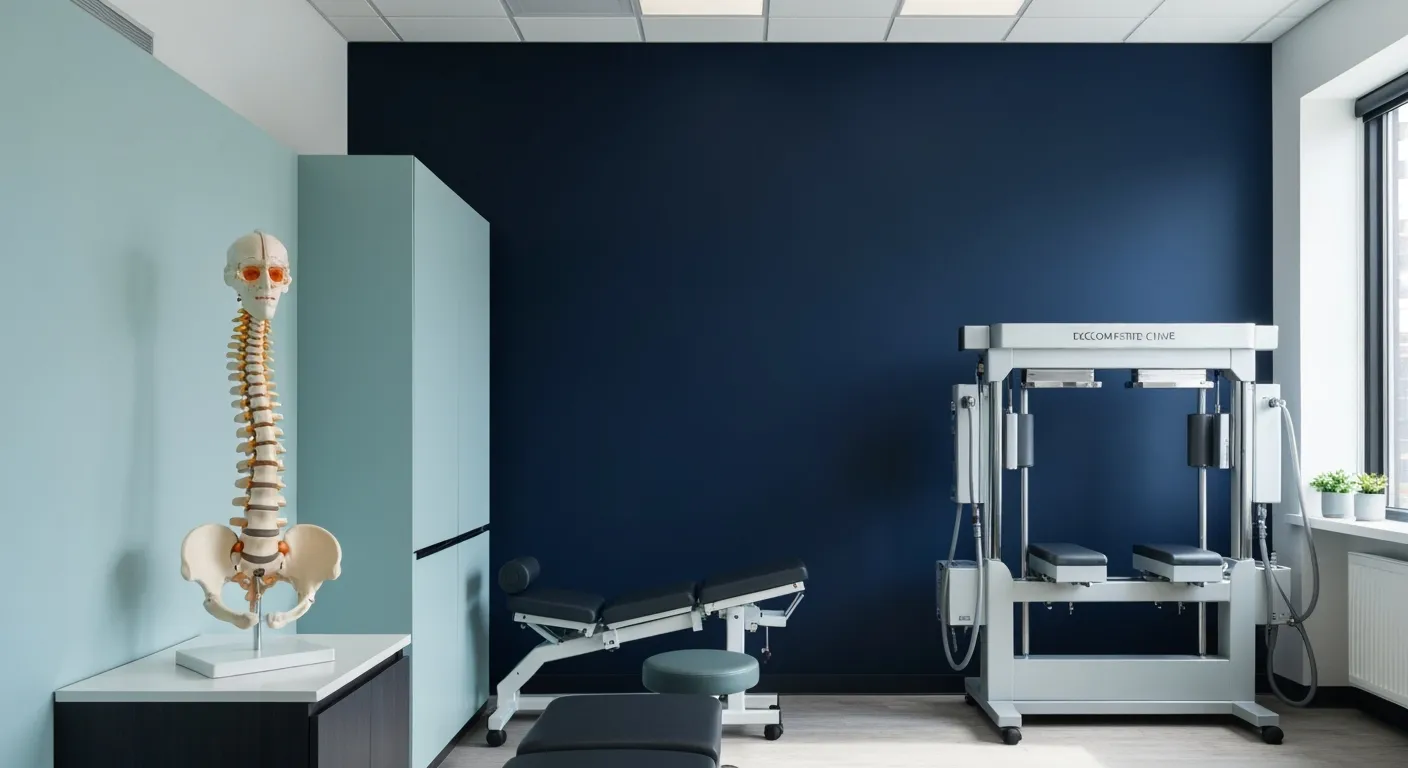
Understanding Spinal Decompression as a Treatment for Sciatica Pain
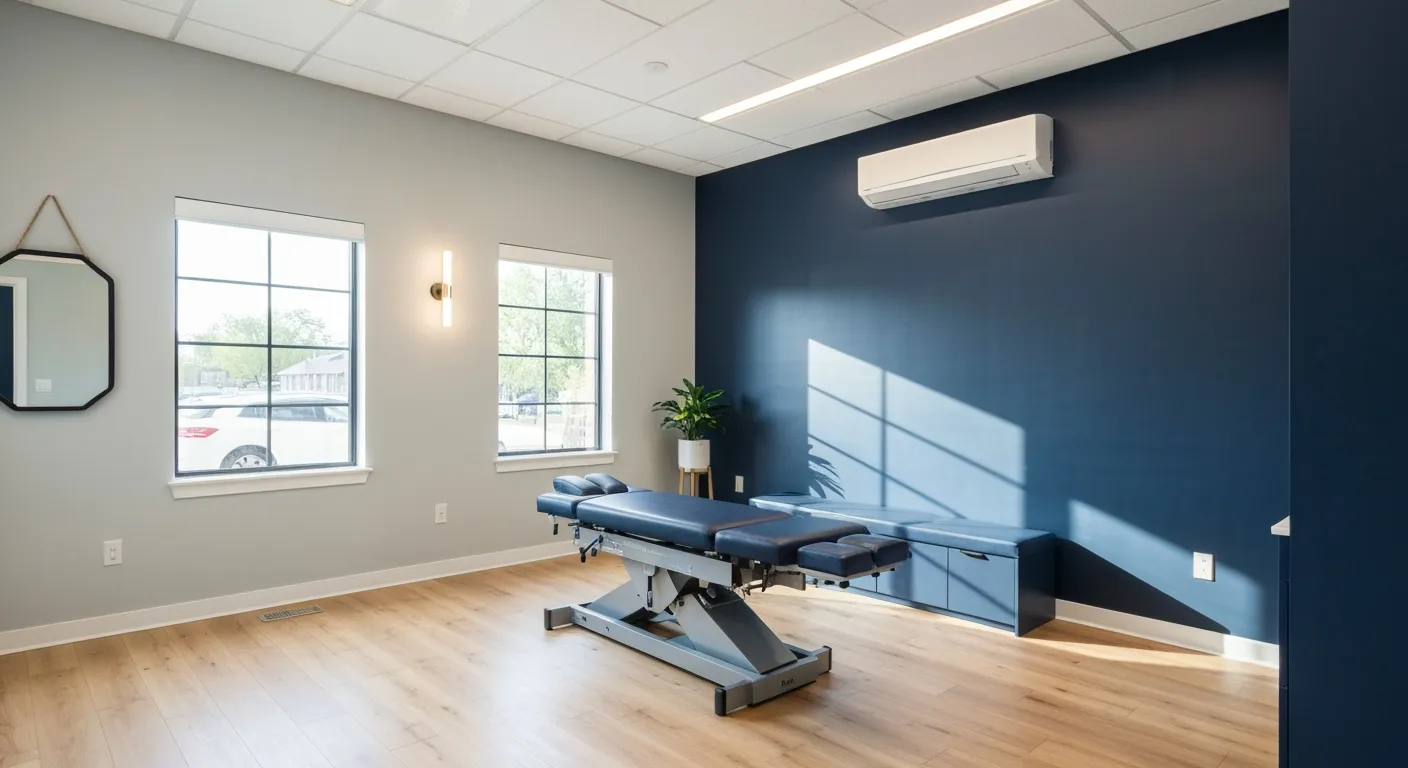
Benefits of Chiropractic Care Specifically for Back Pain Relief

Understanding Gait Analysis in Physiotherapy
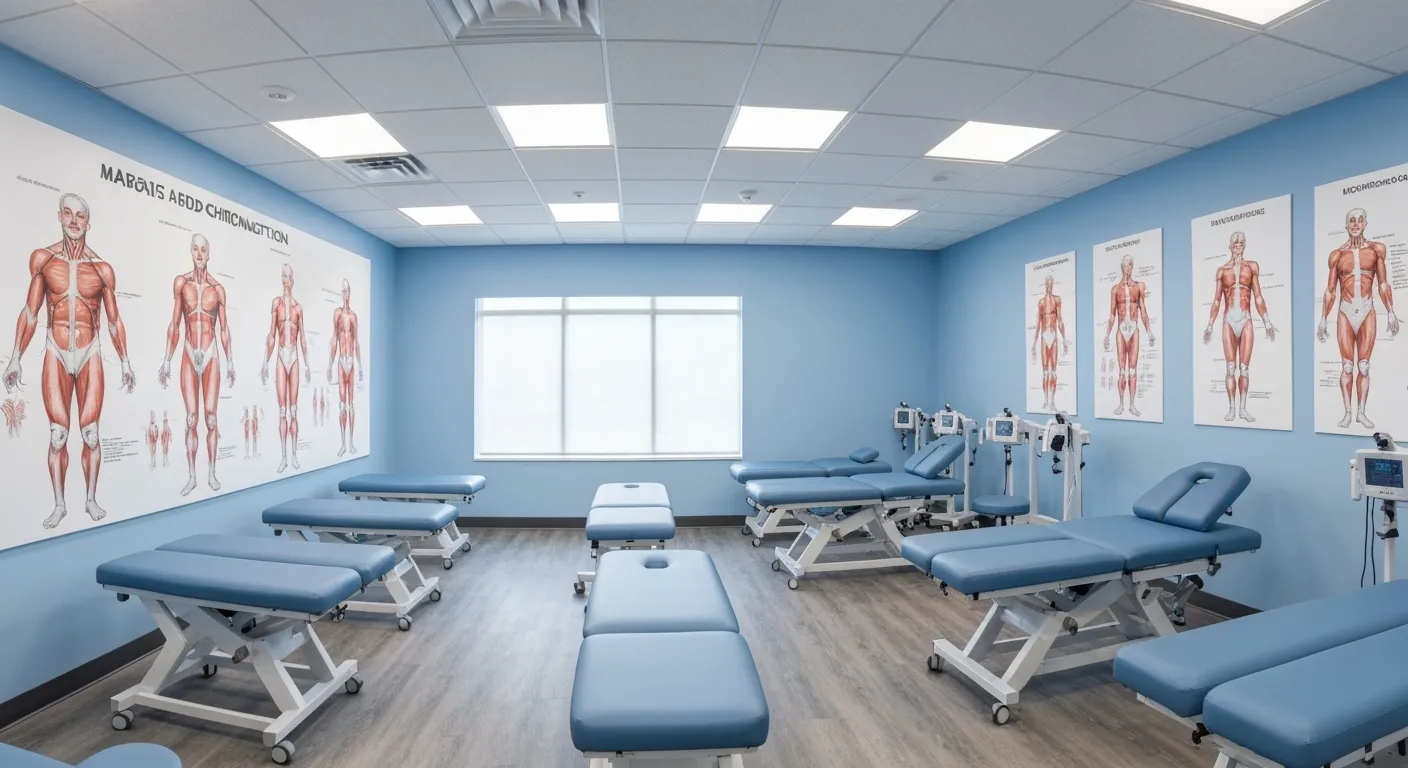
The Difference Between Muscle Soreness and Dysfunction
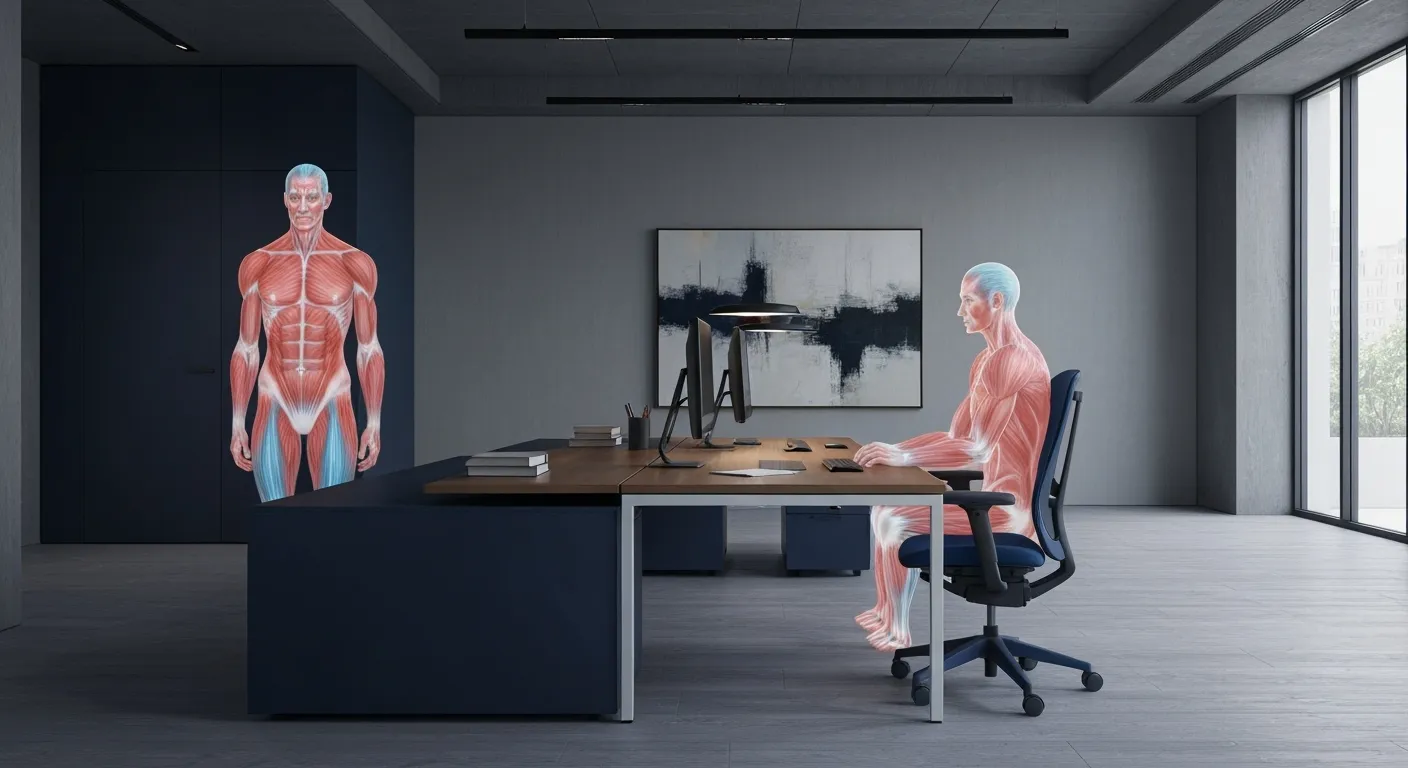
Workplace Stress Statistics: How Muscle Tension Impacts Productivity
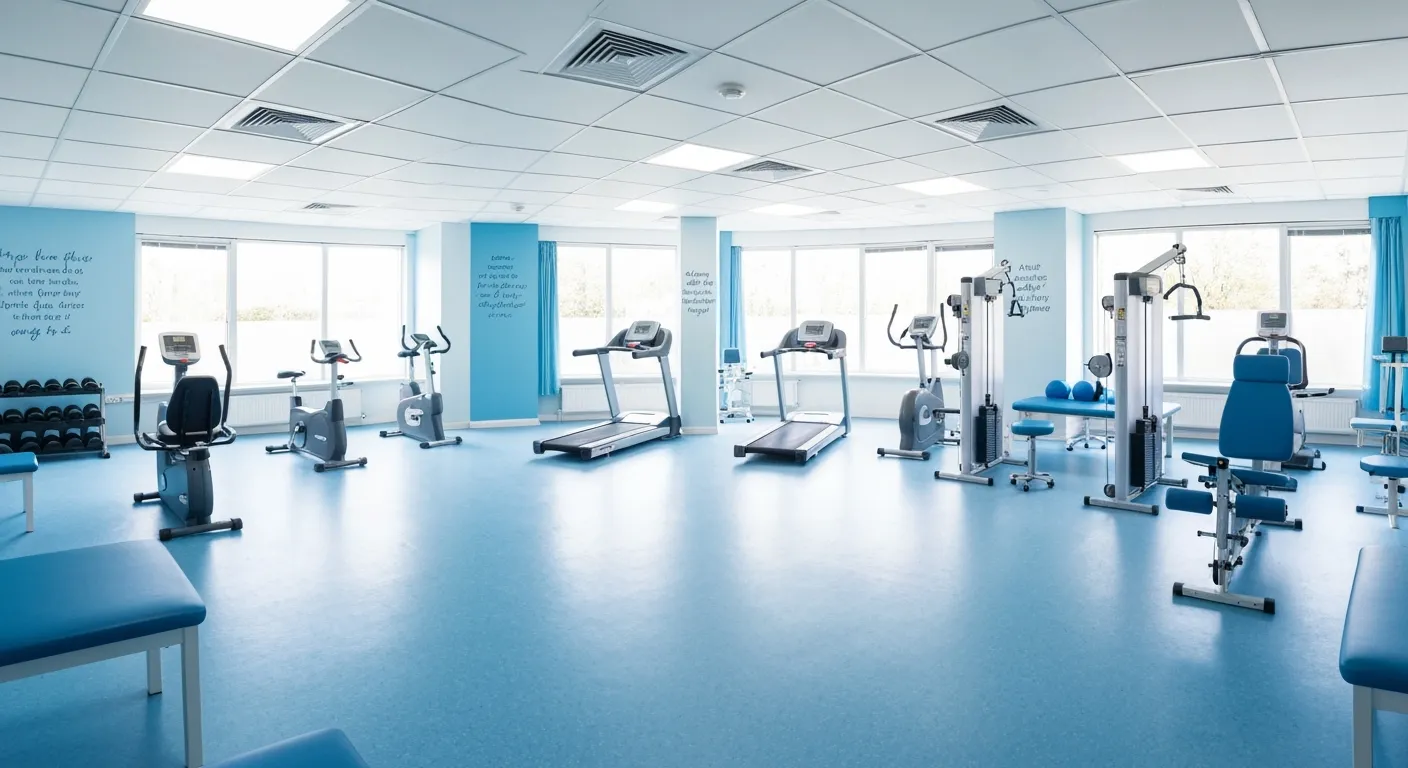
How Physiotherapy Improves Mobility for Seniors
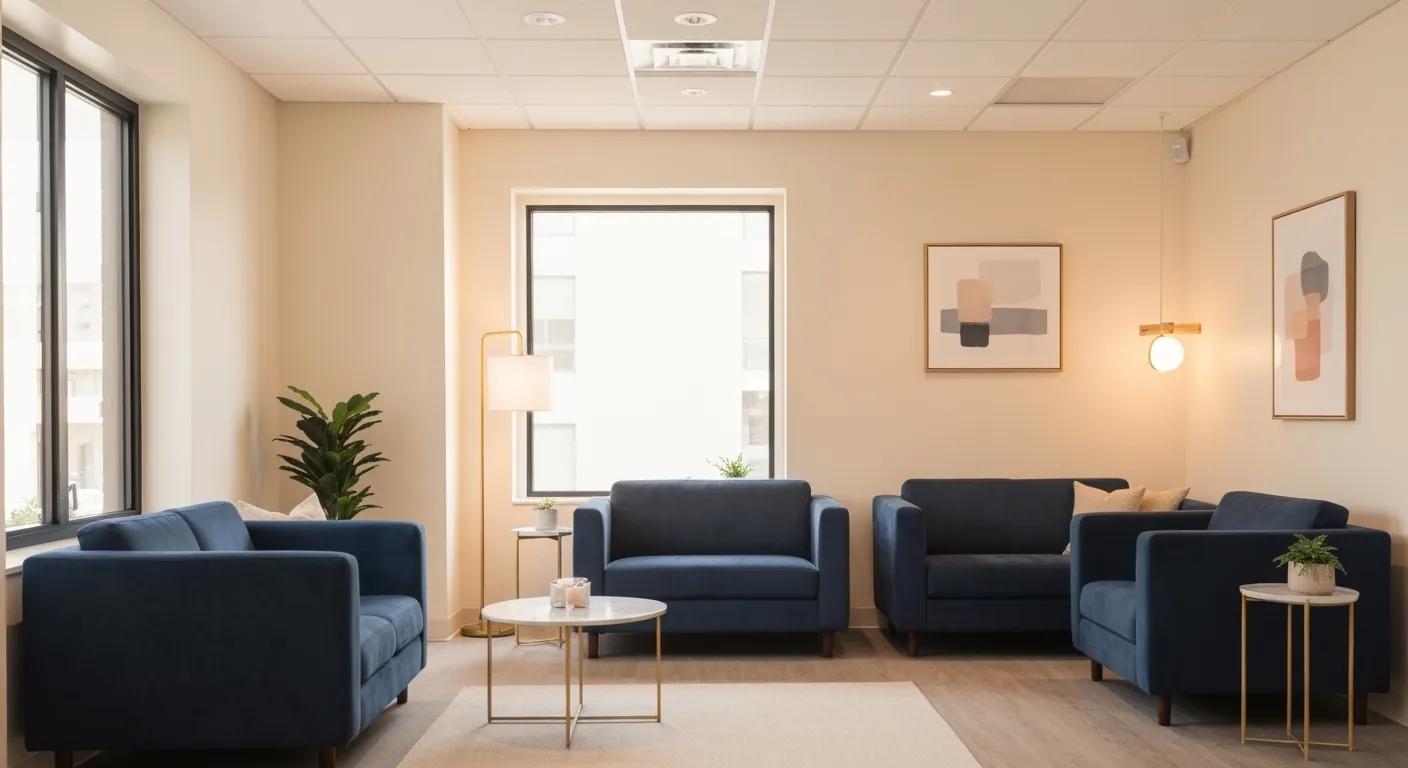
How to Communicate Pain Levels to Your Therapist Effectively

Physiotherapy Interventions for Balance and Fall Prevention

How Physiotherapy Helps Post-Surgical Recovery

